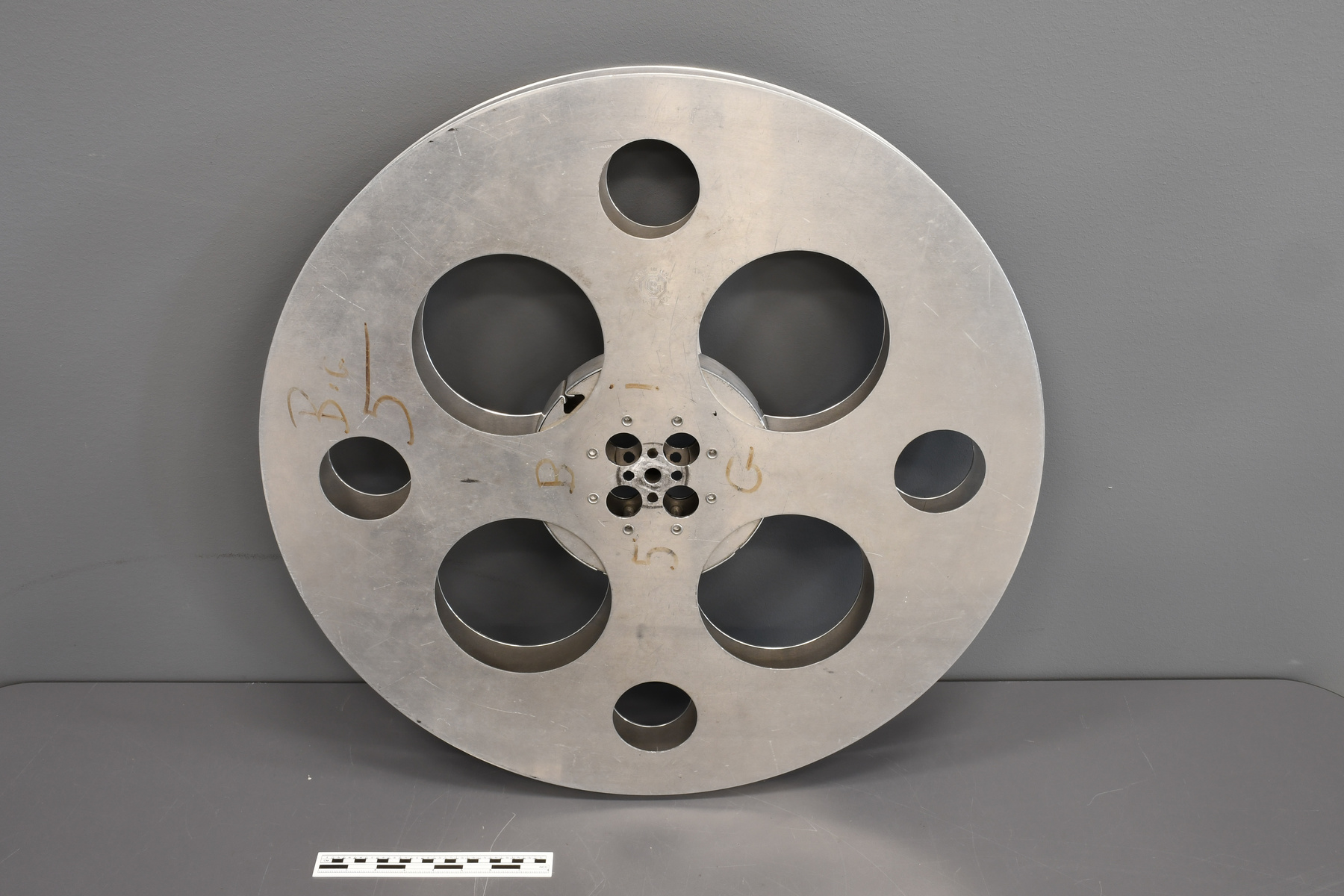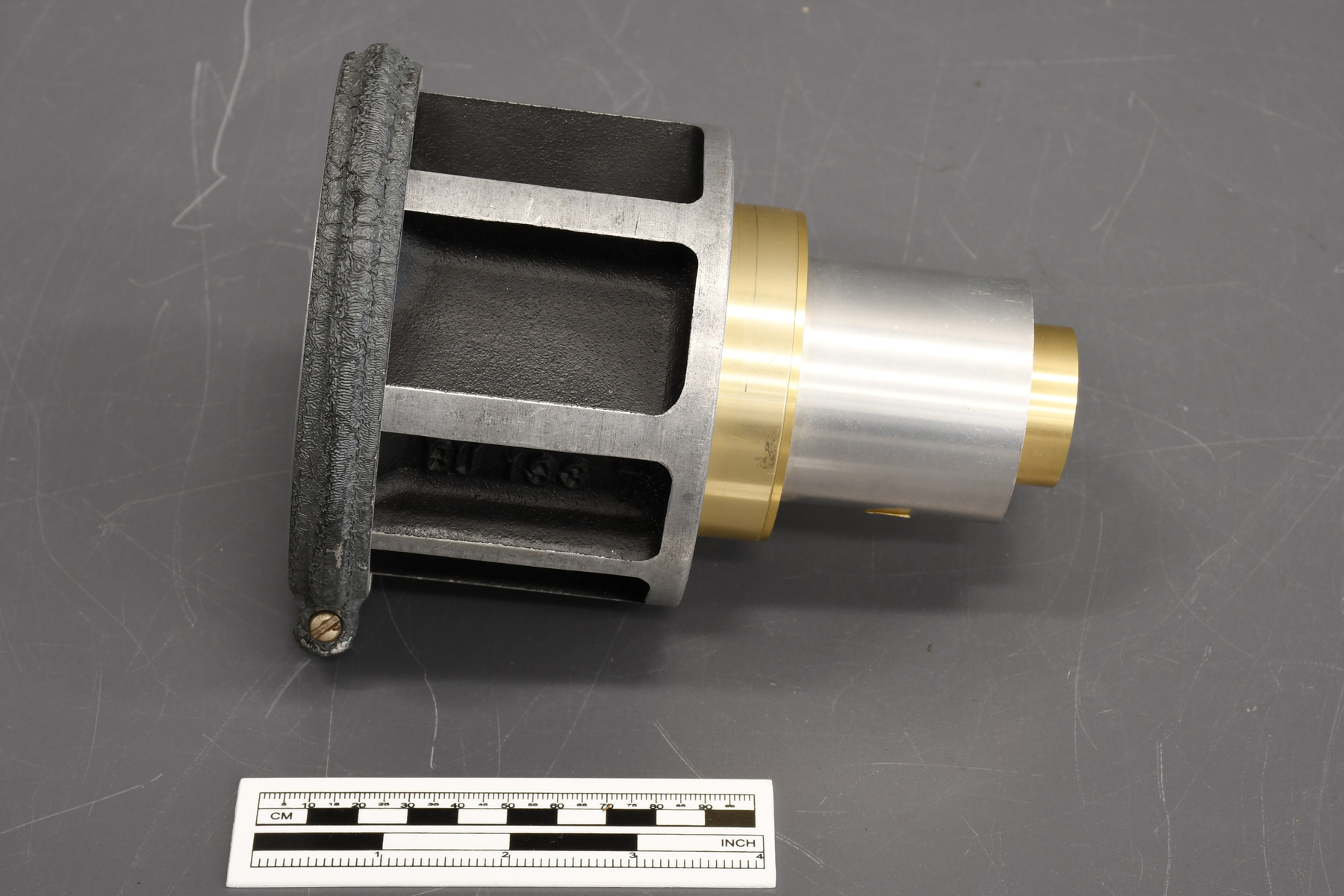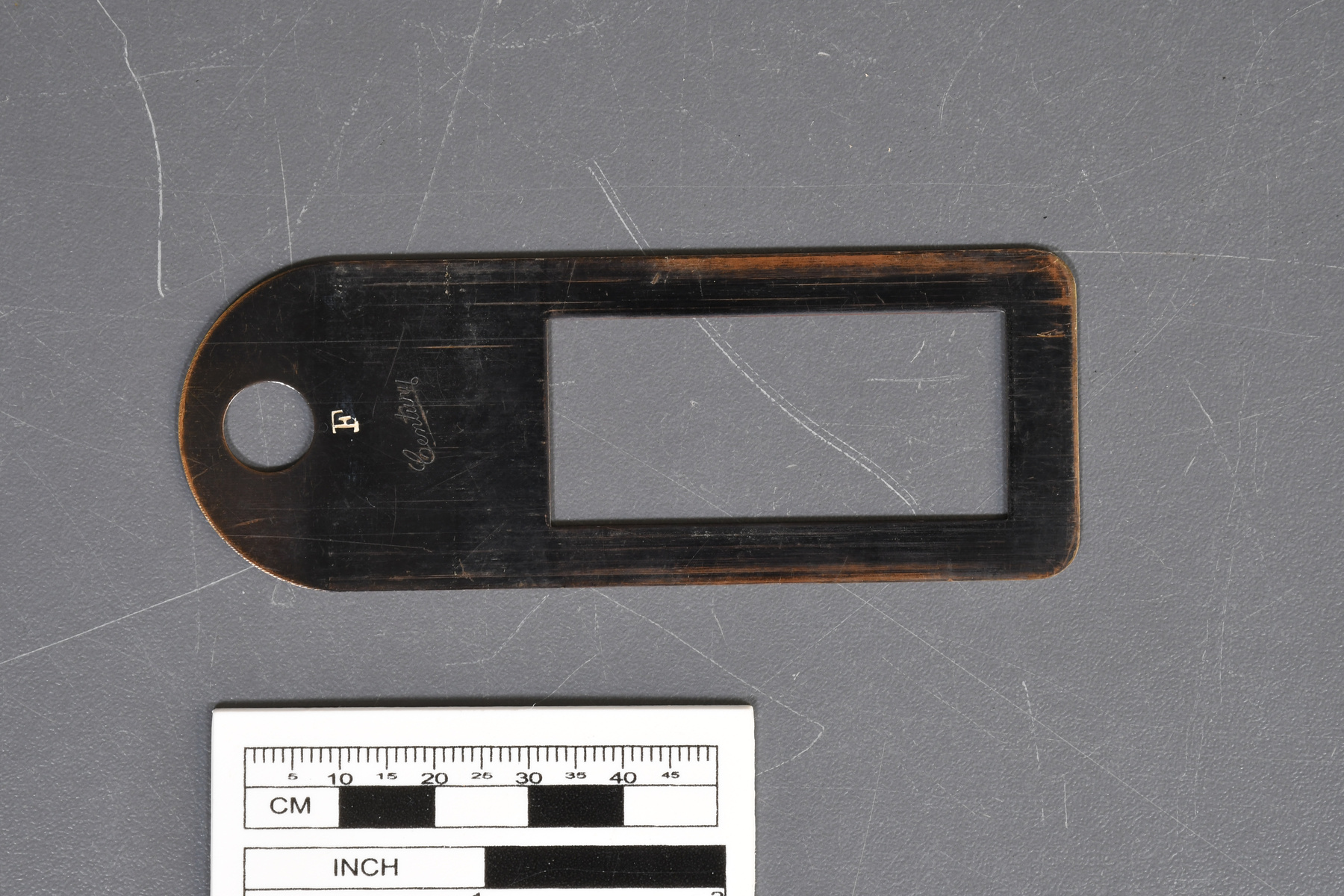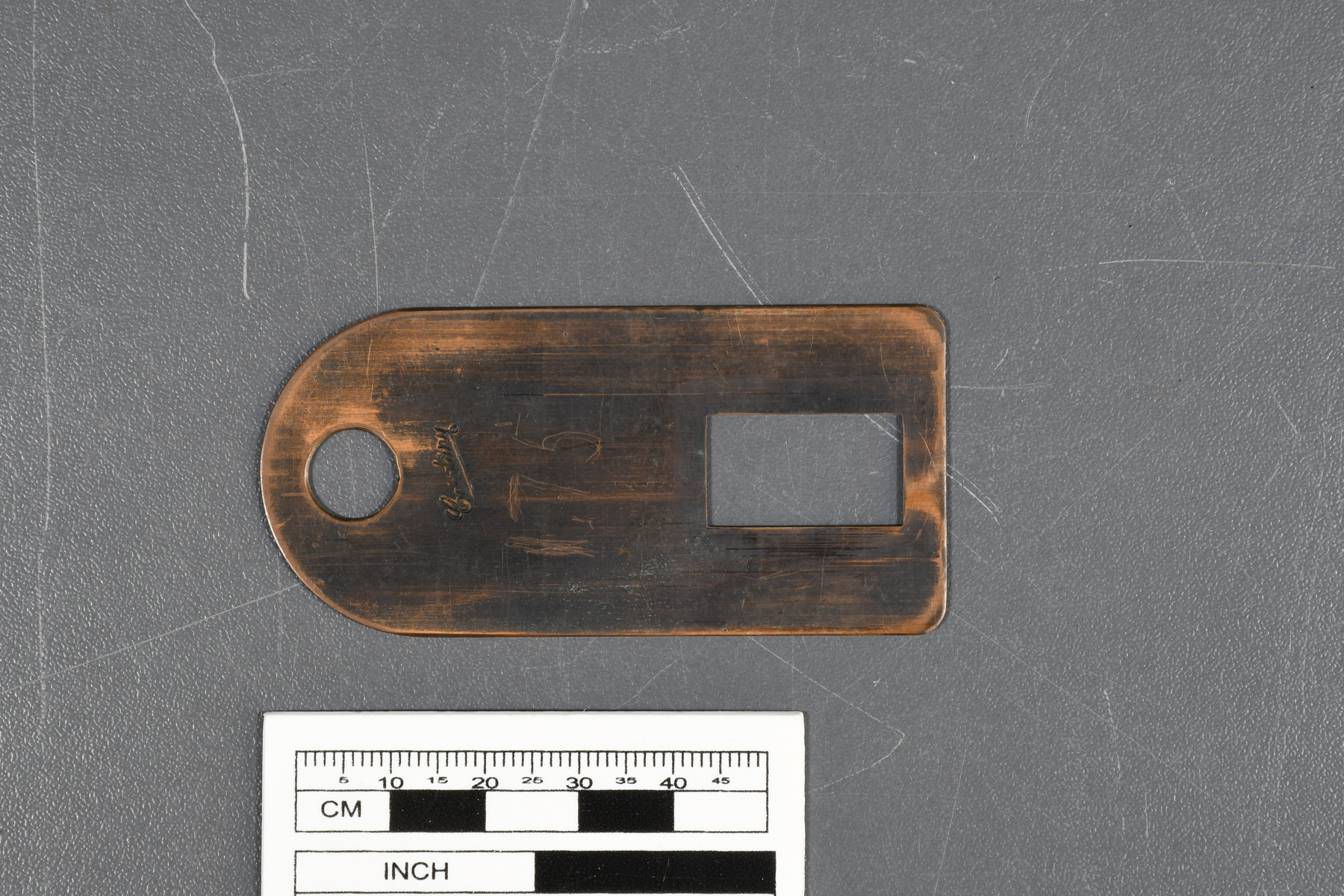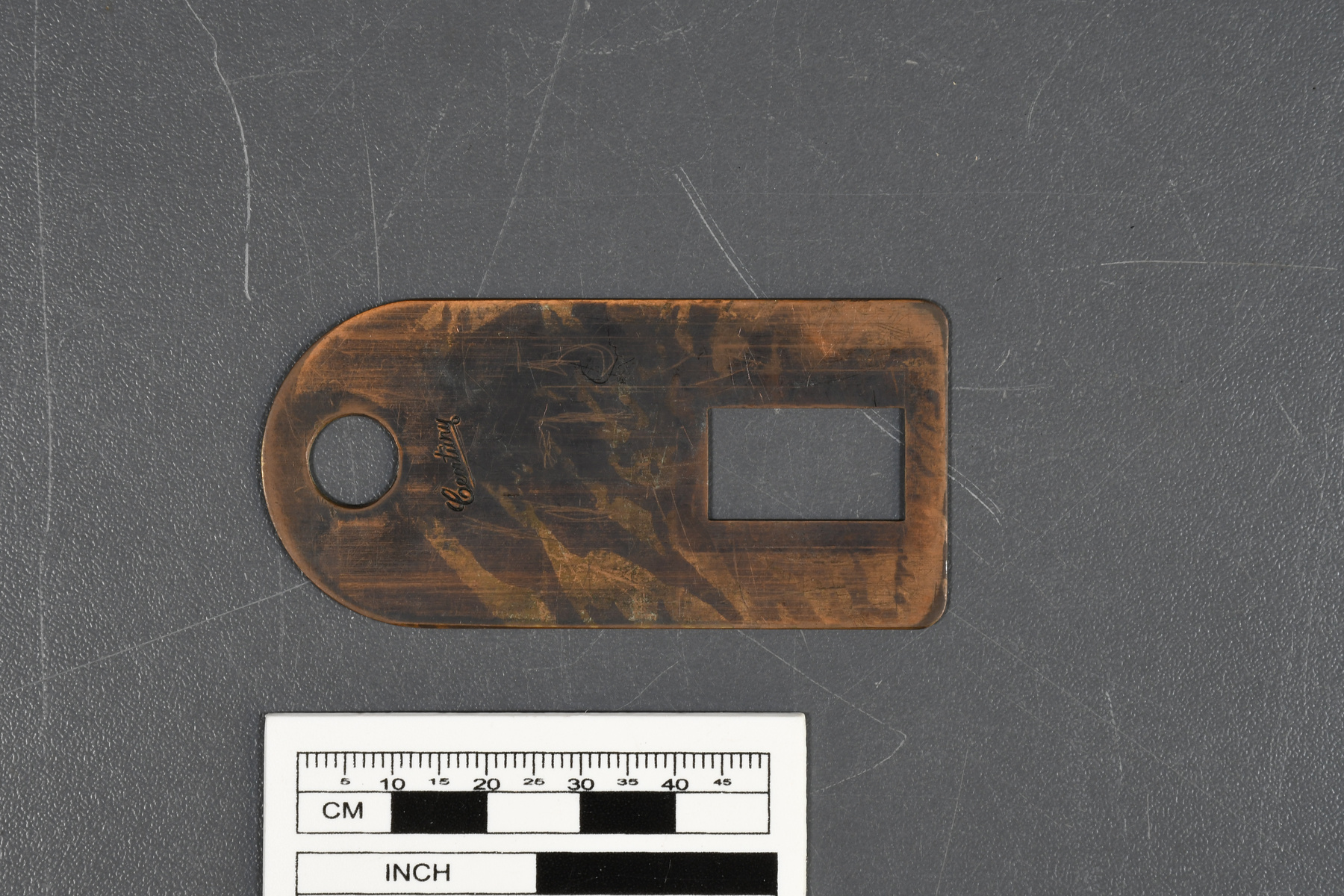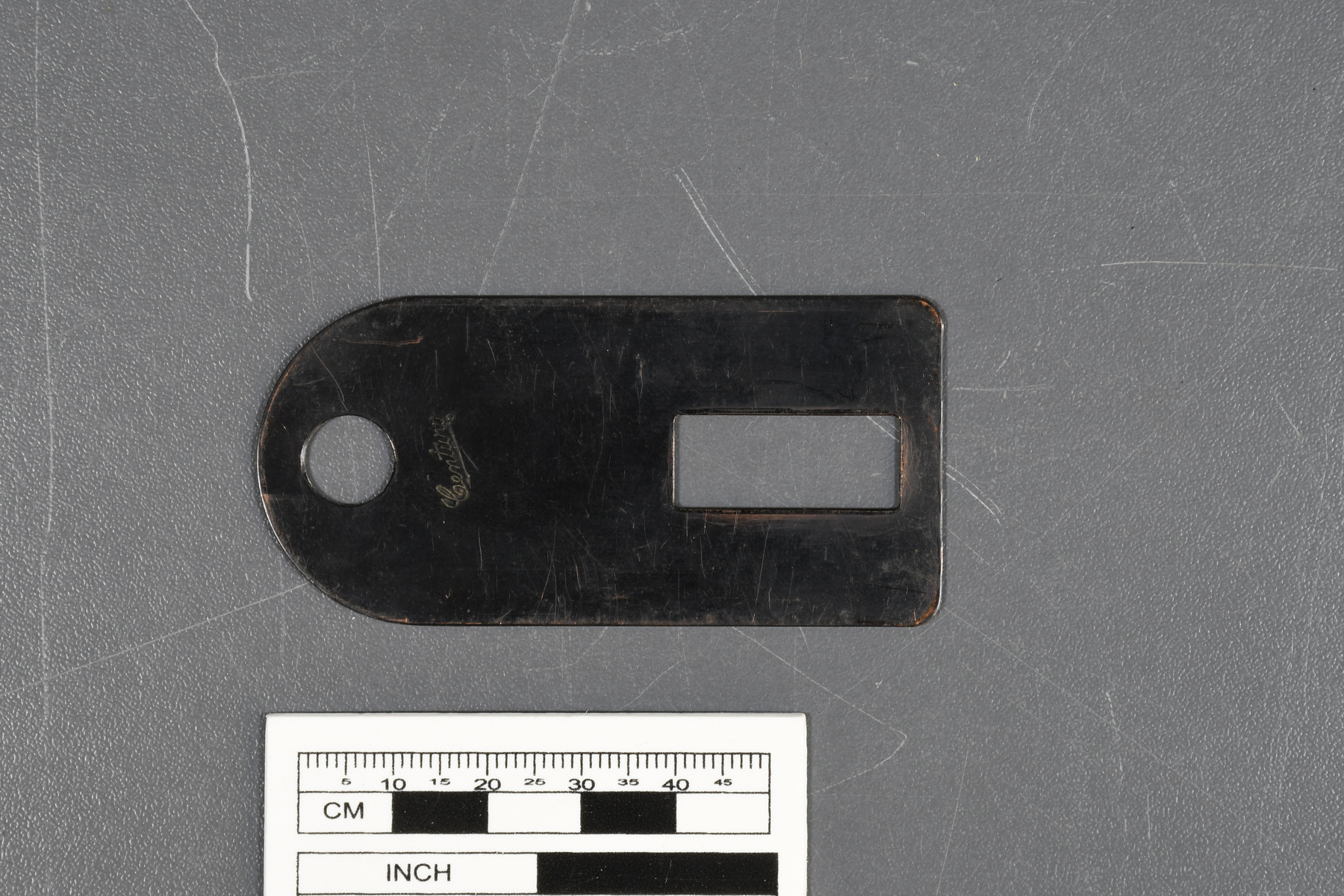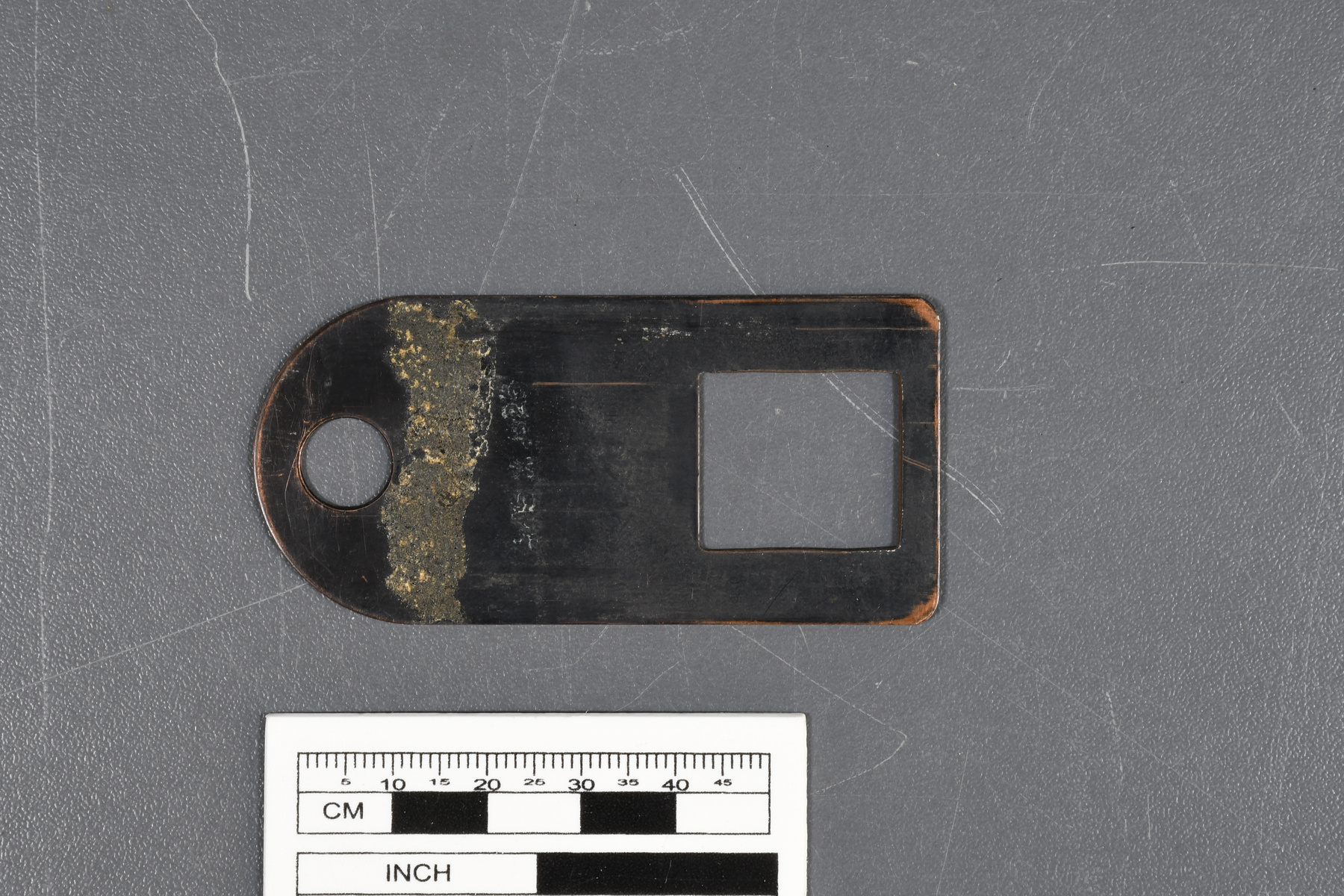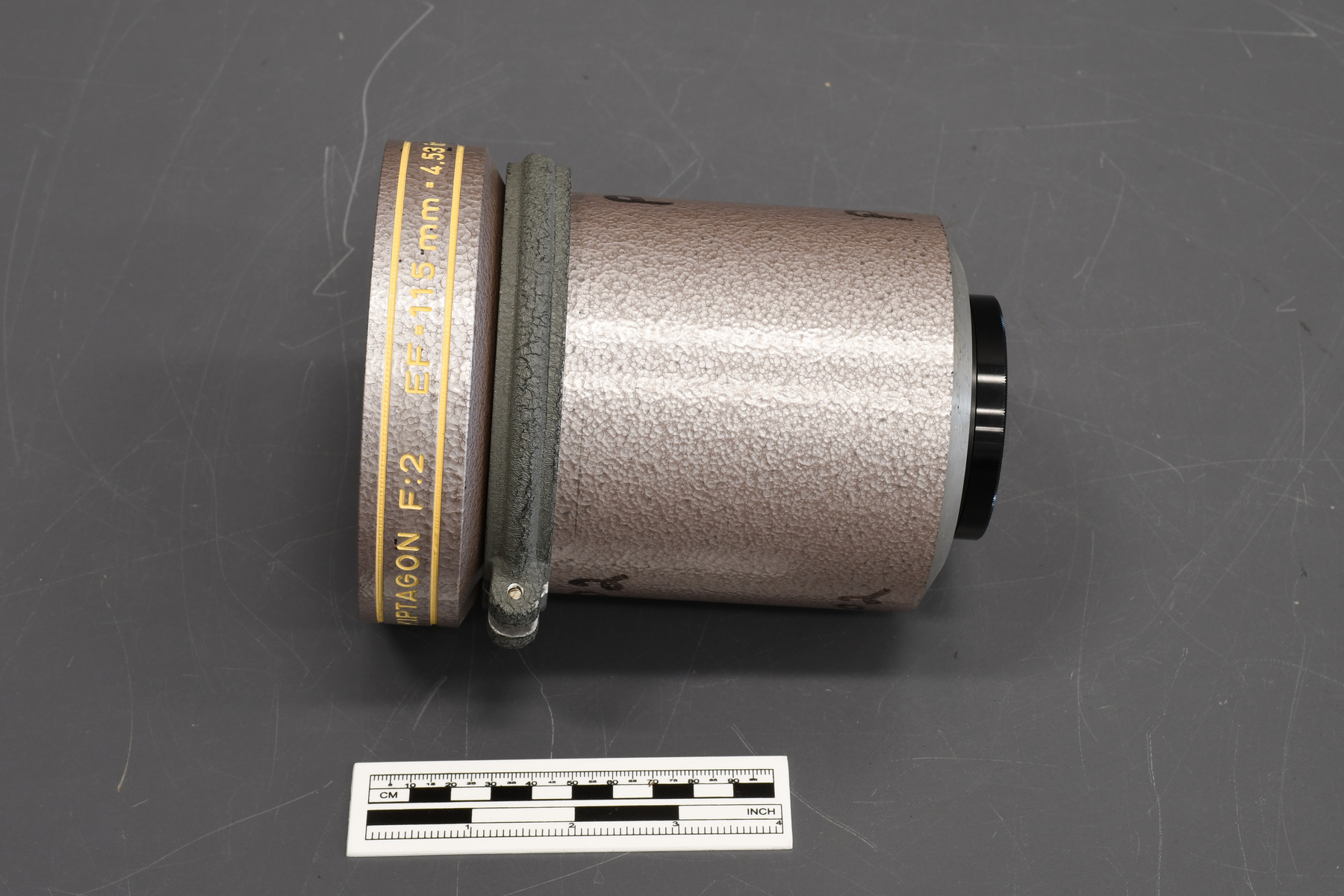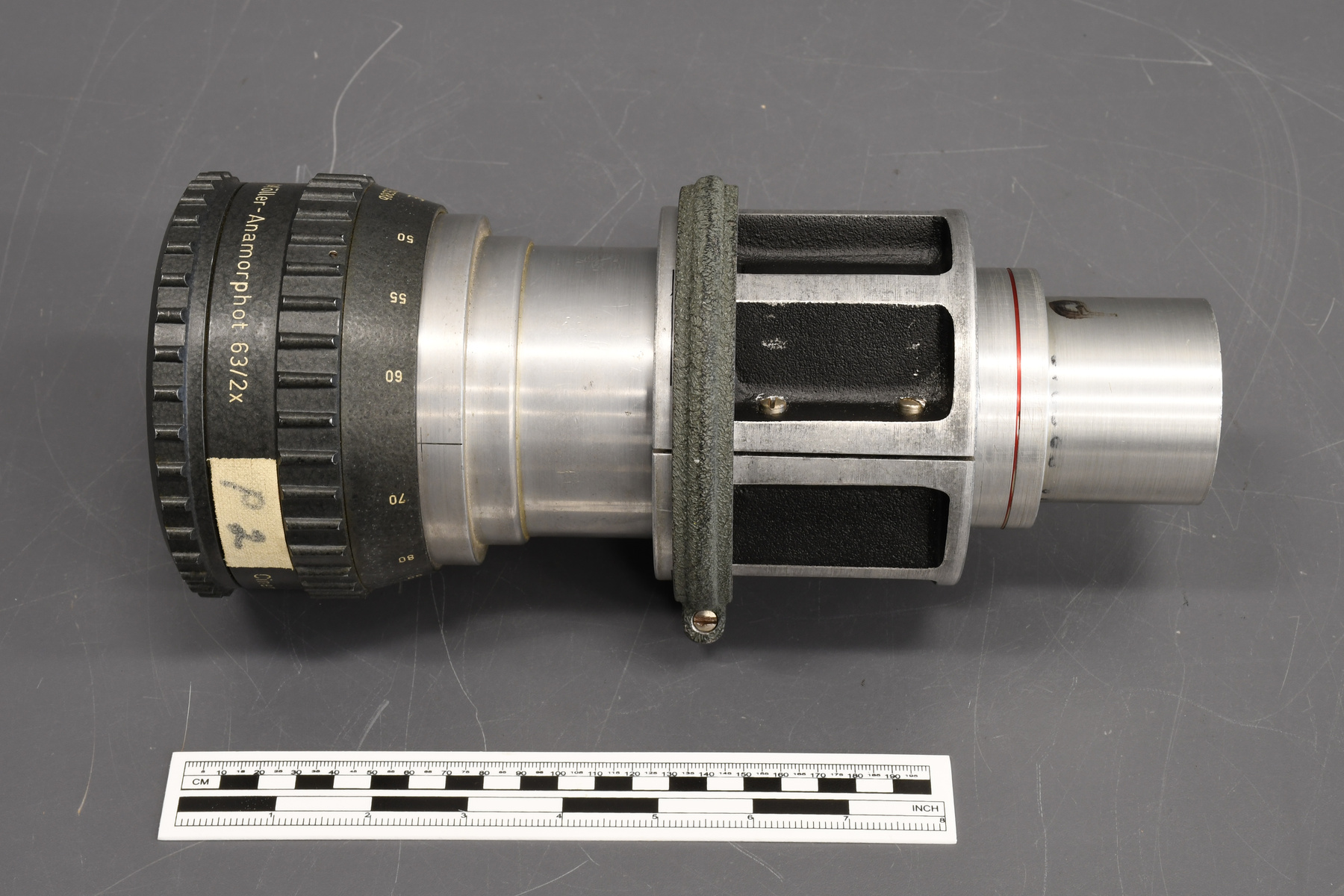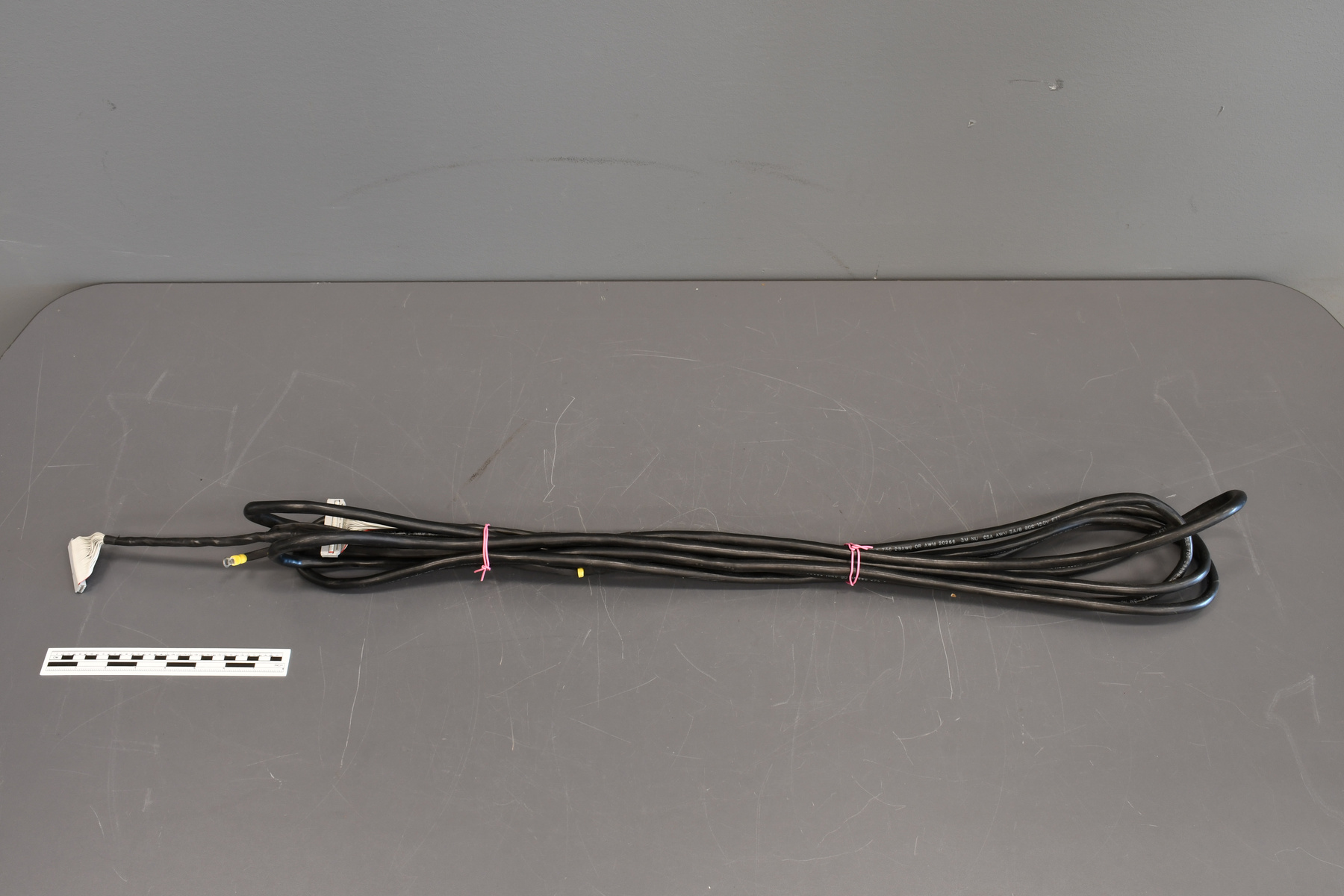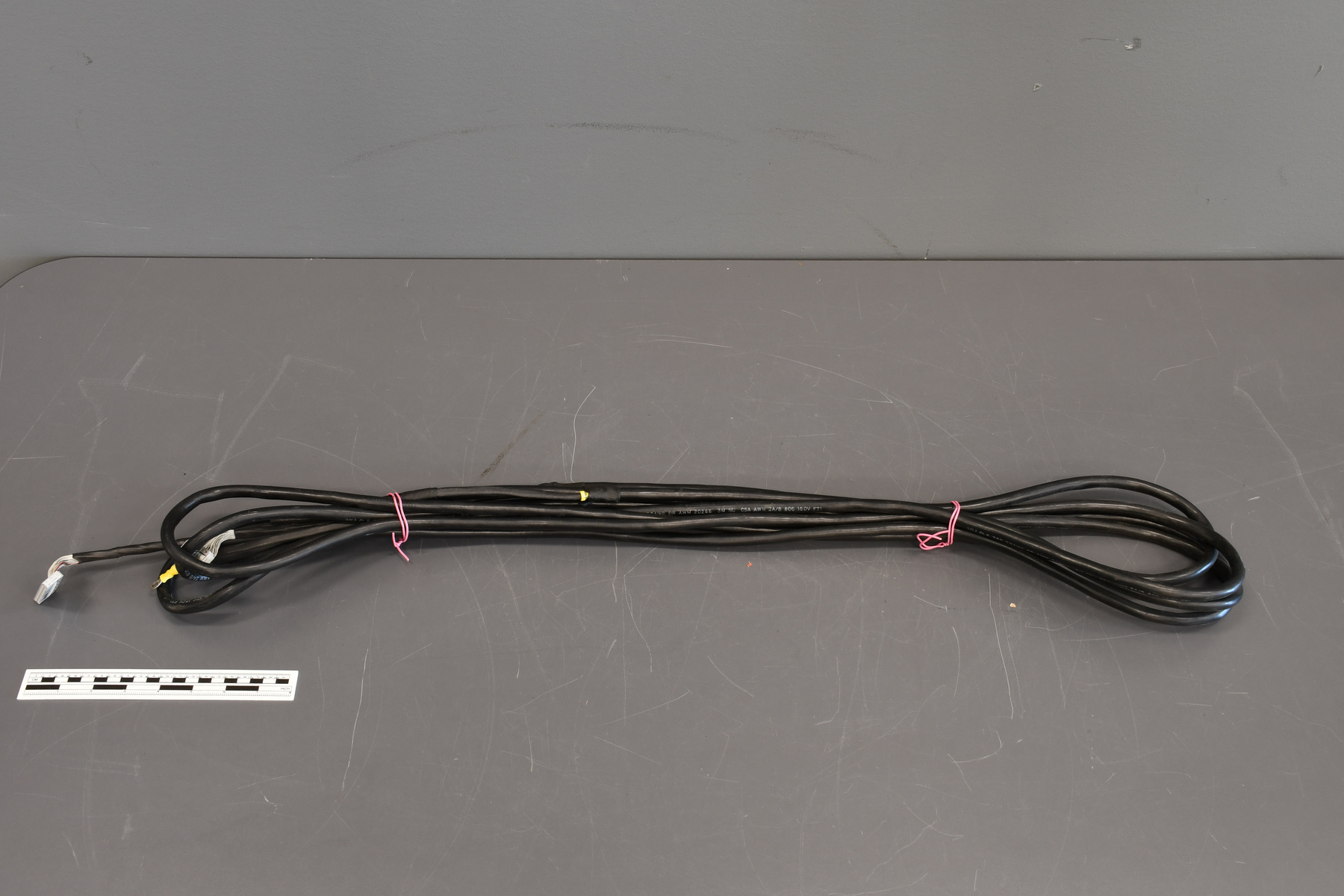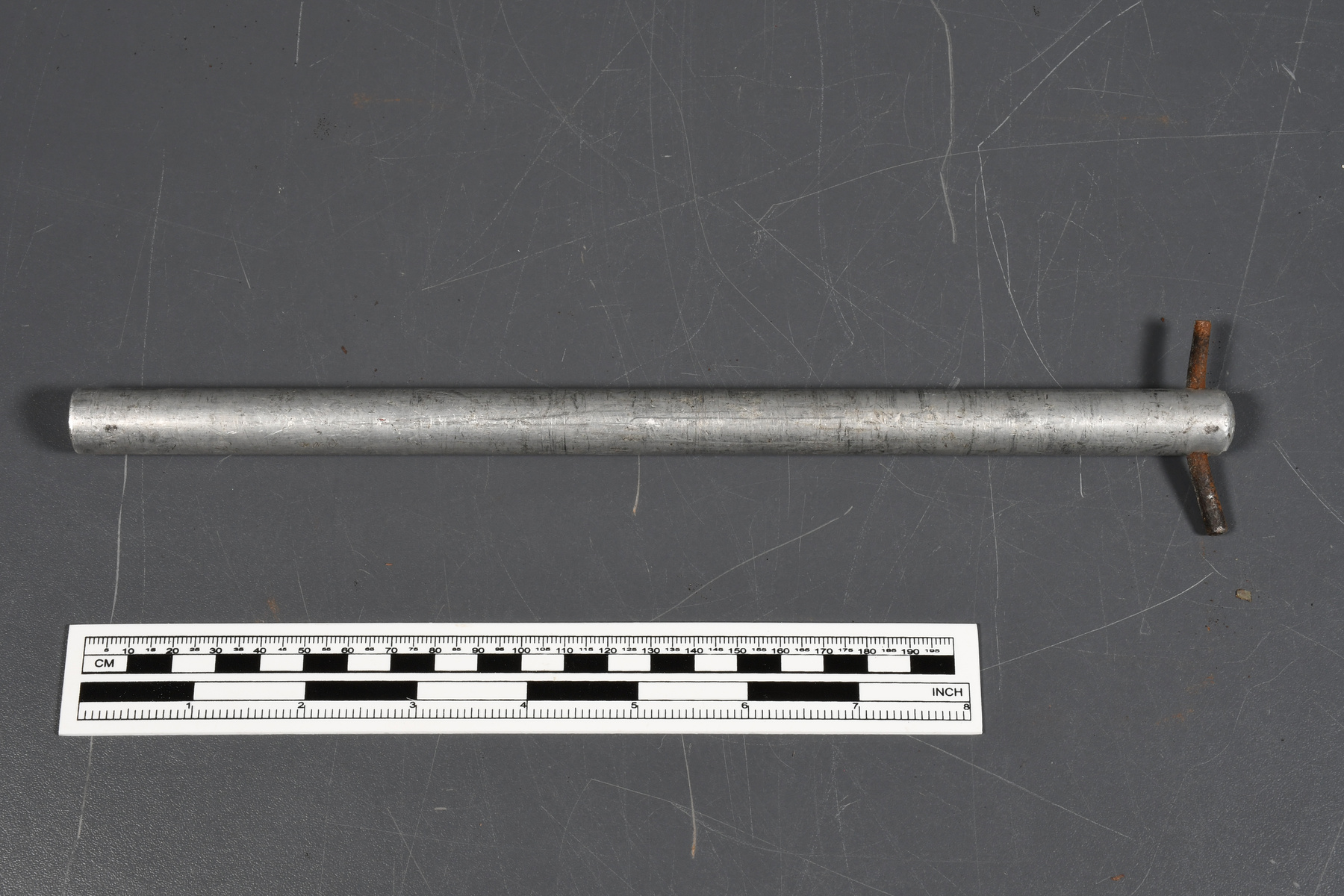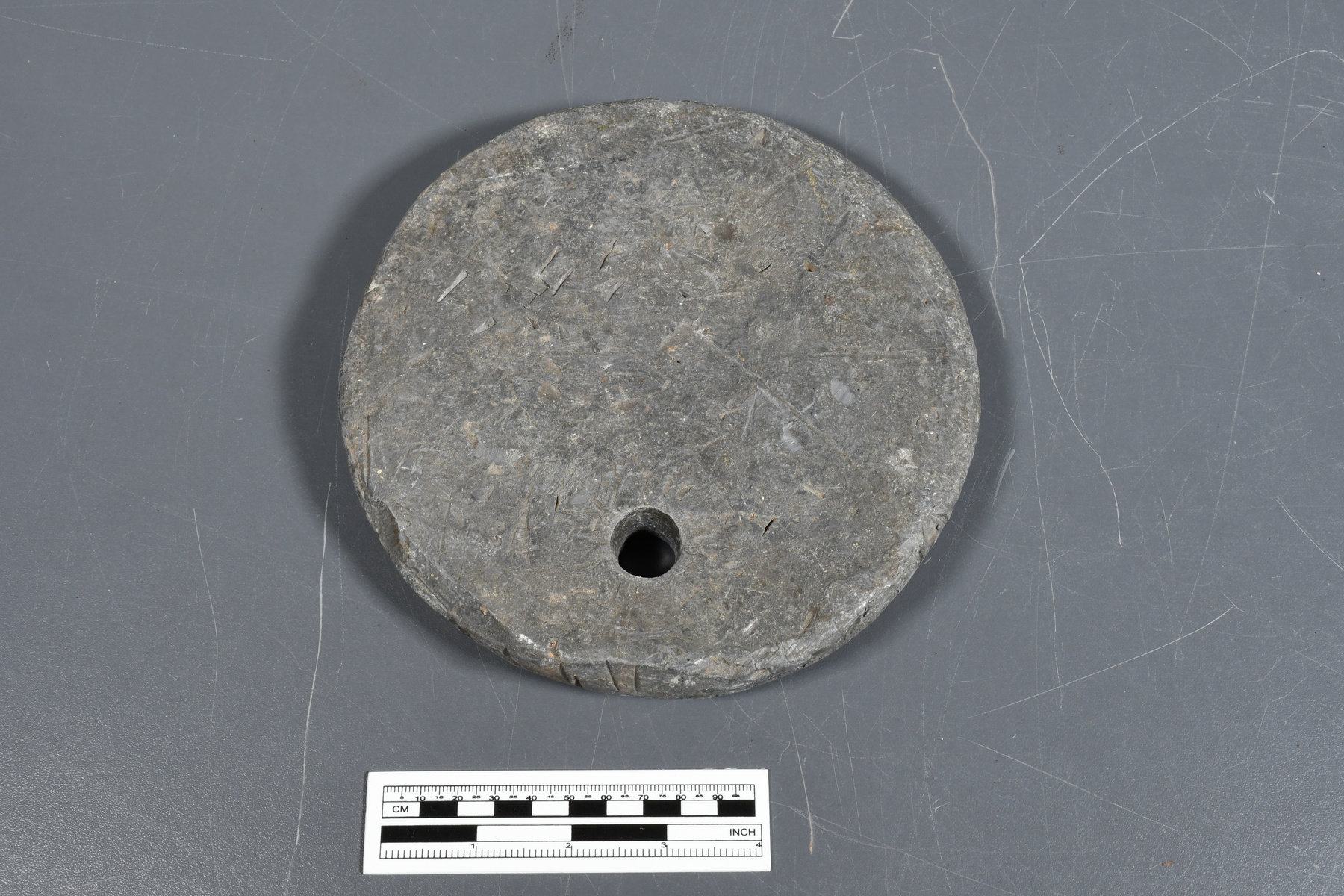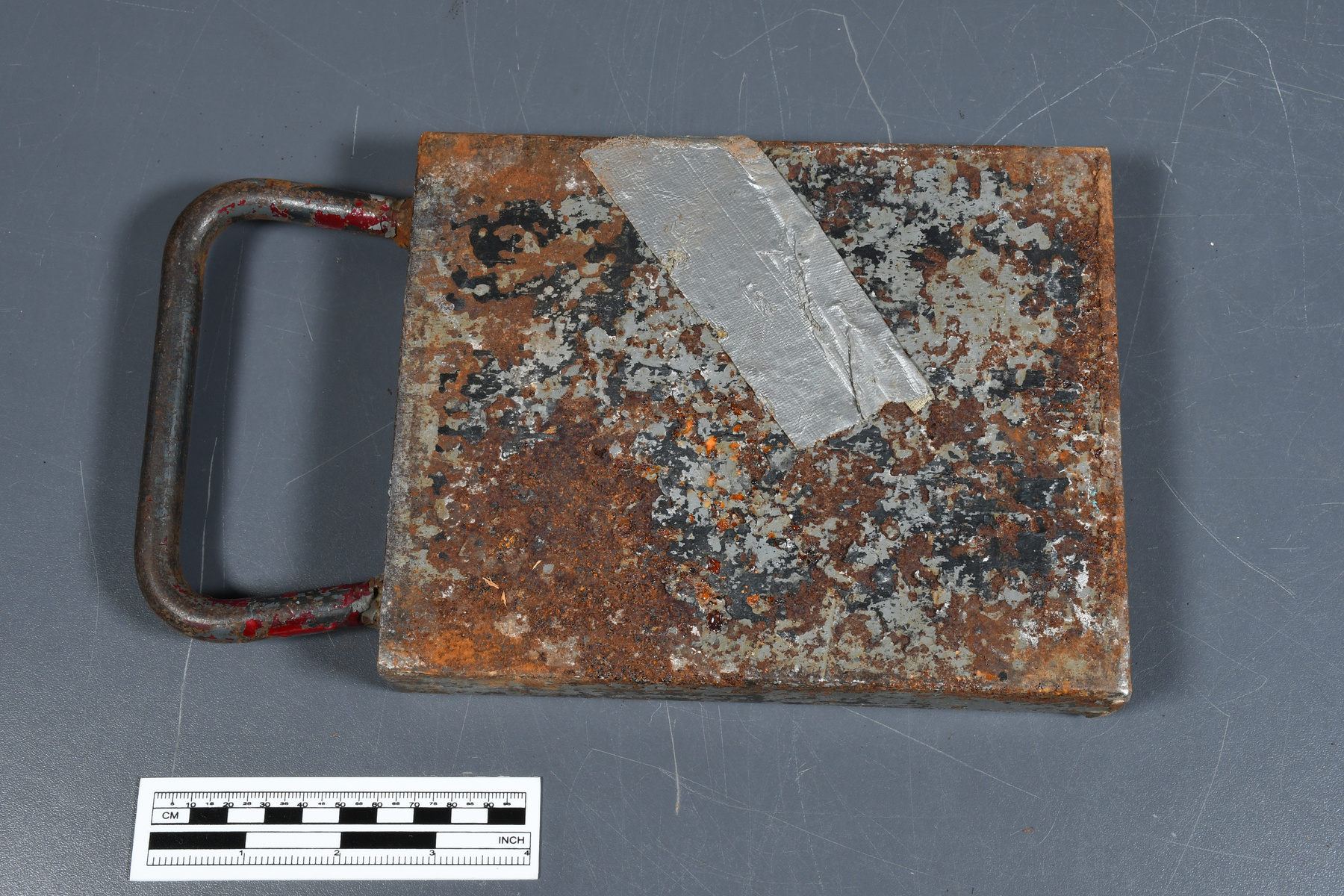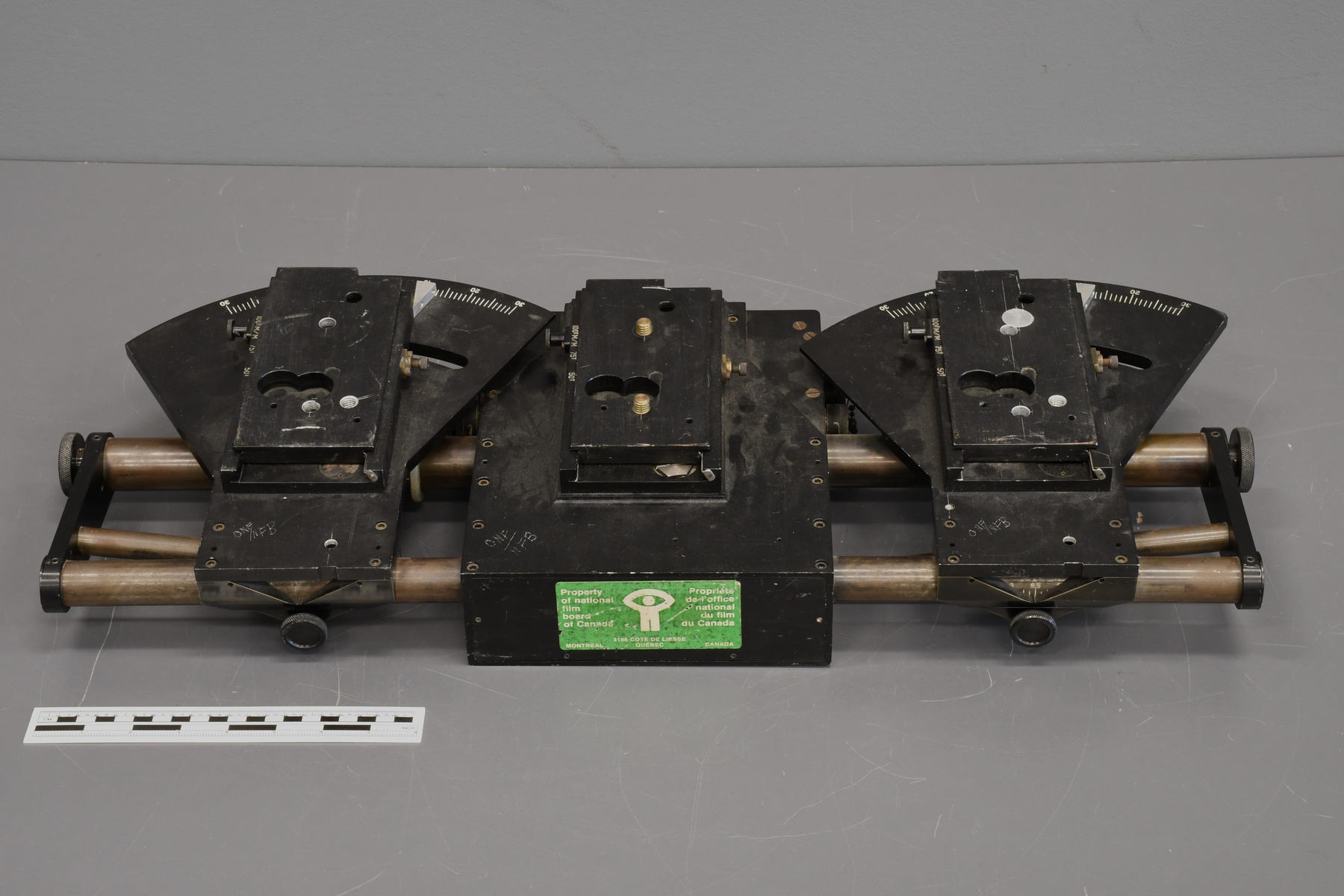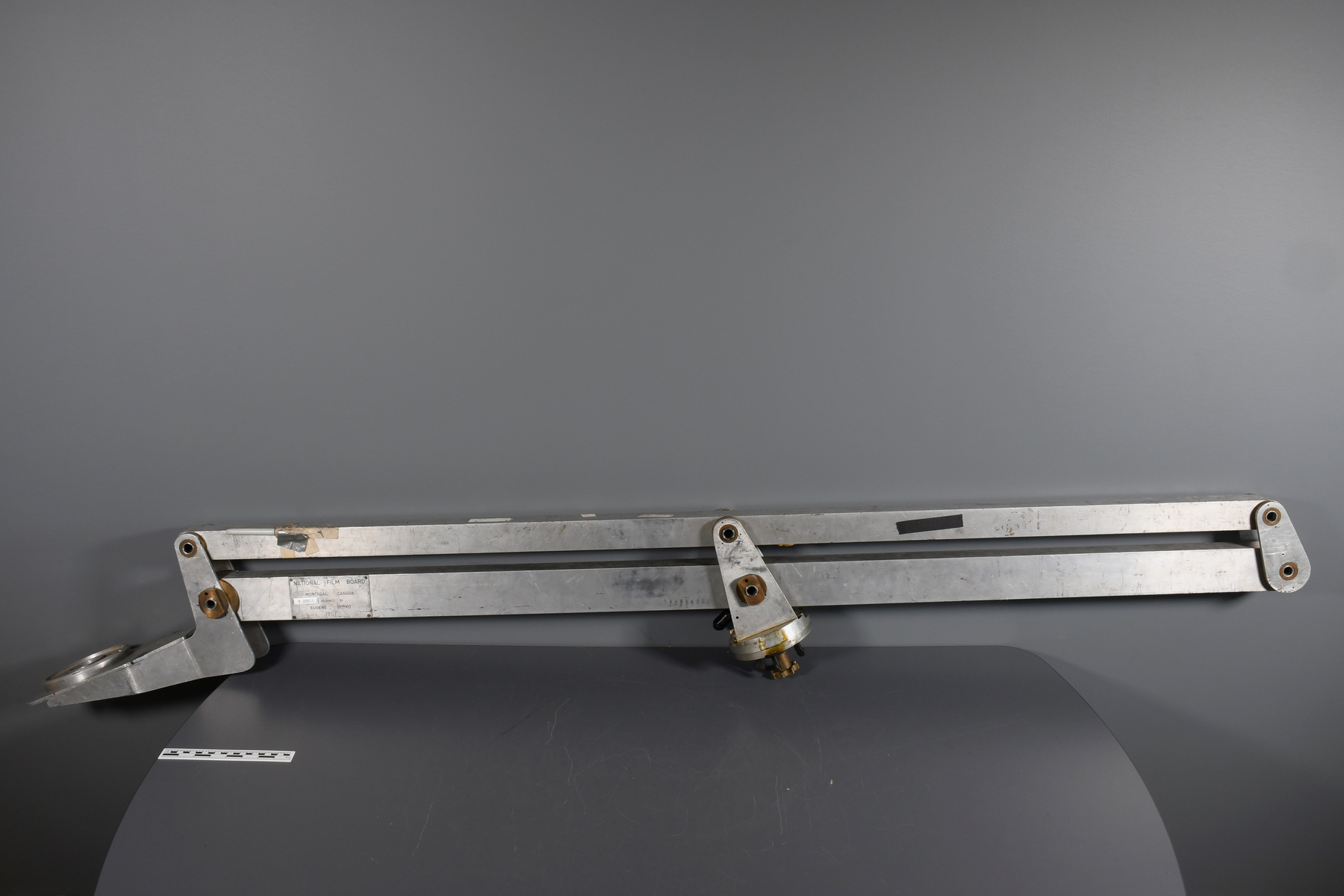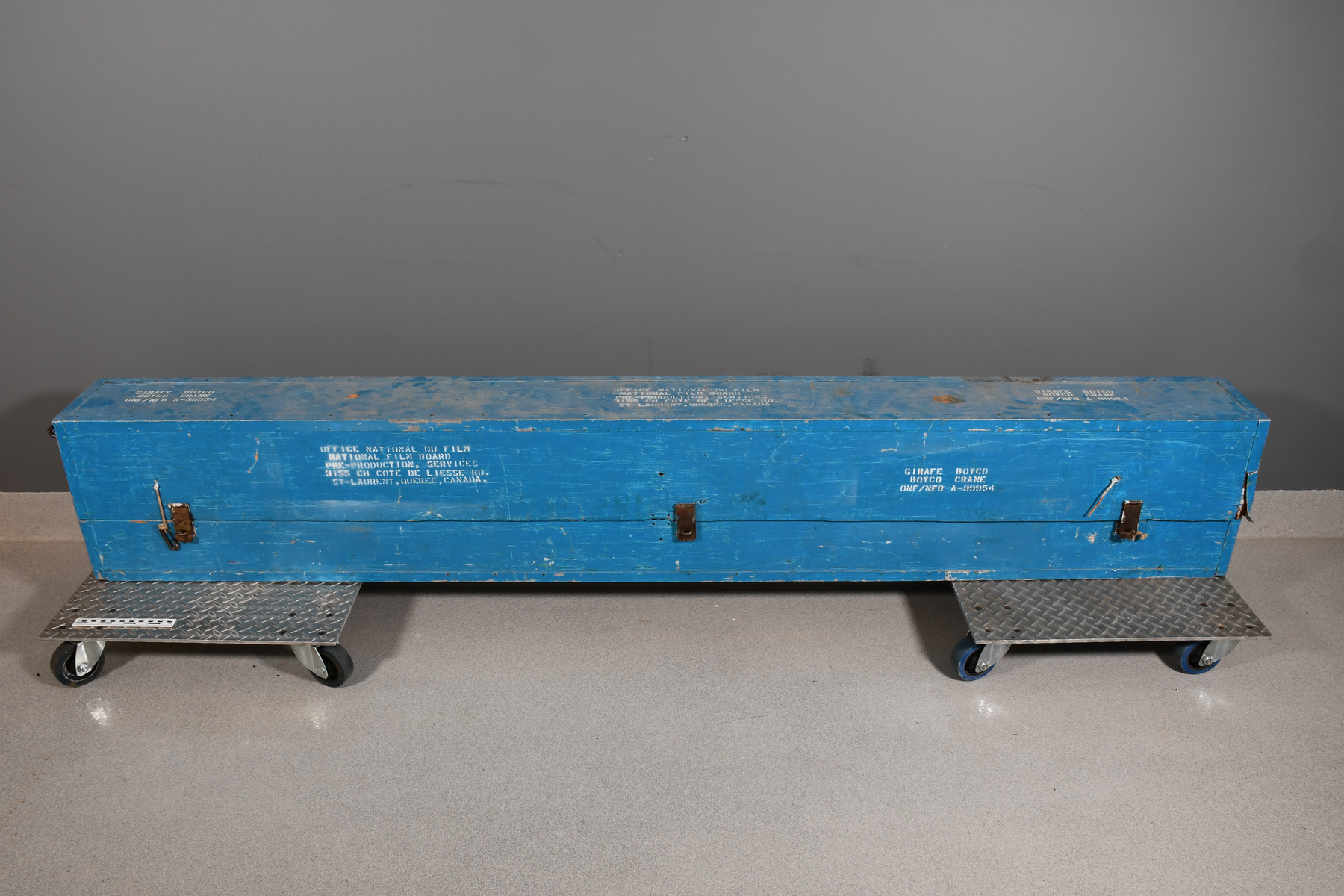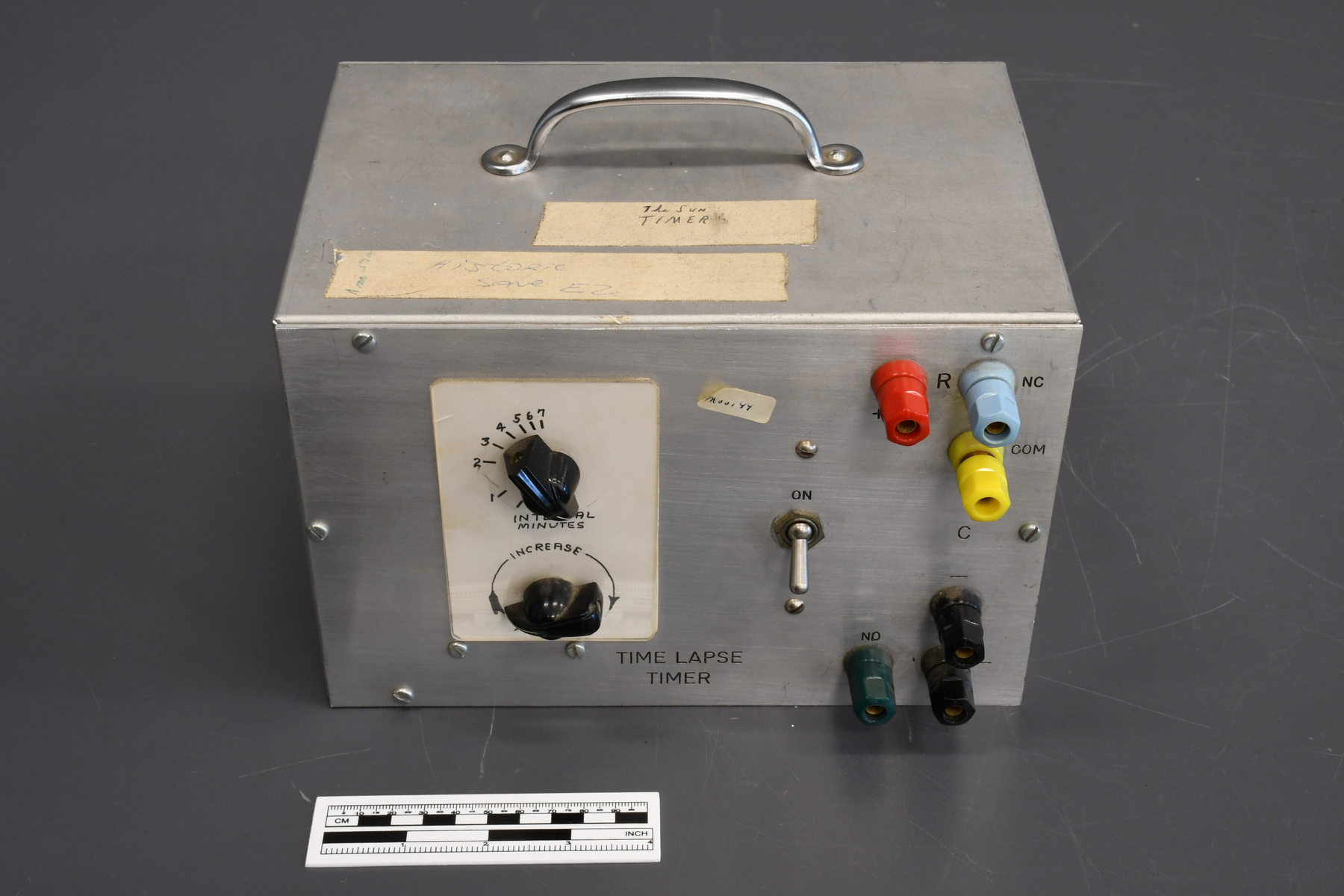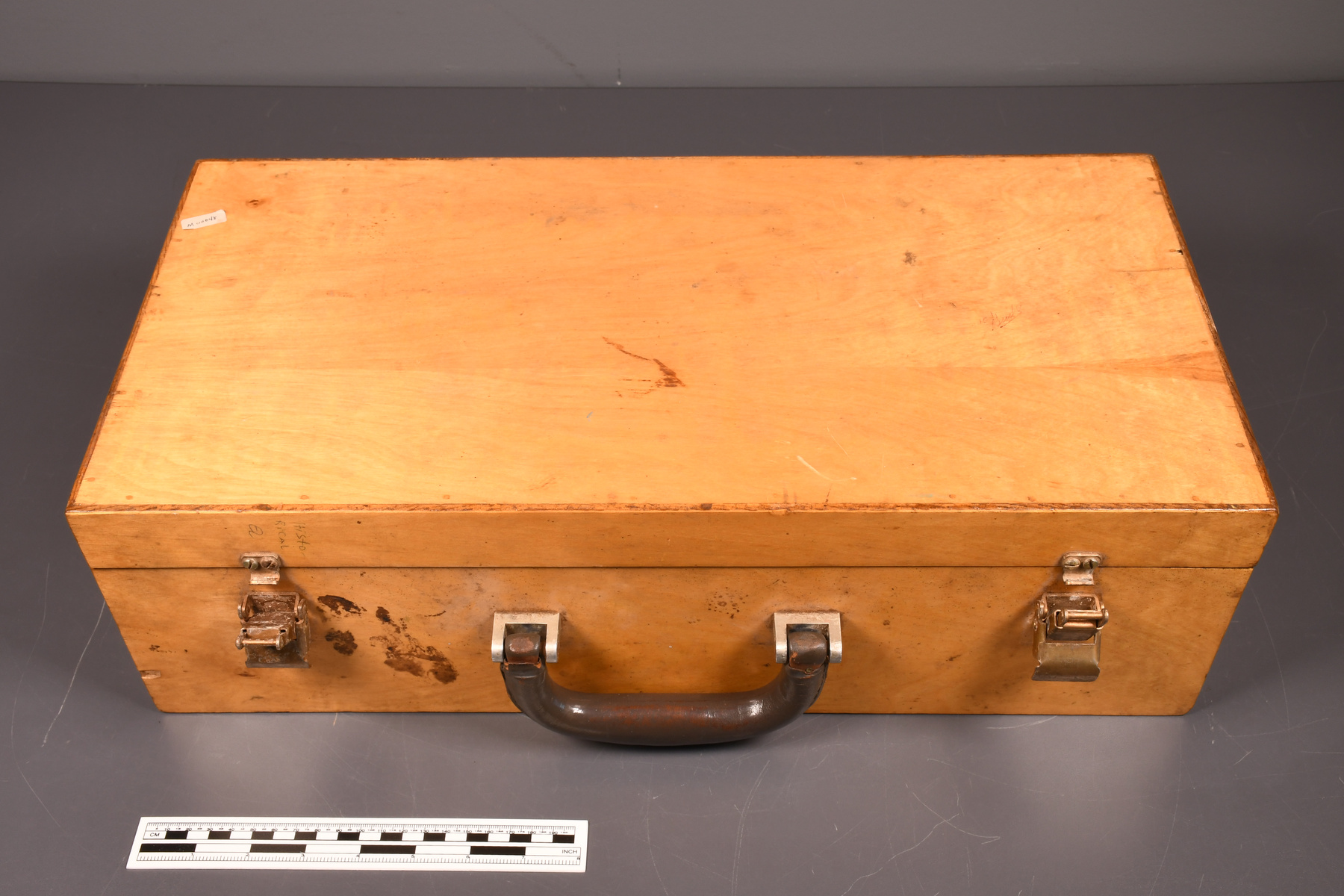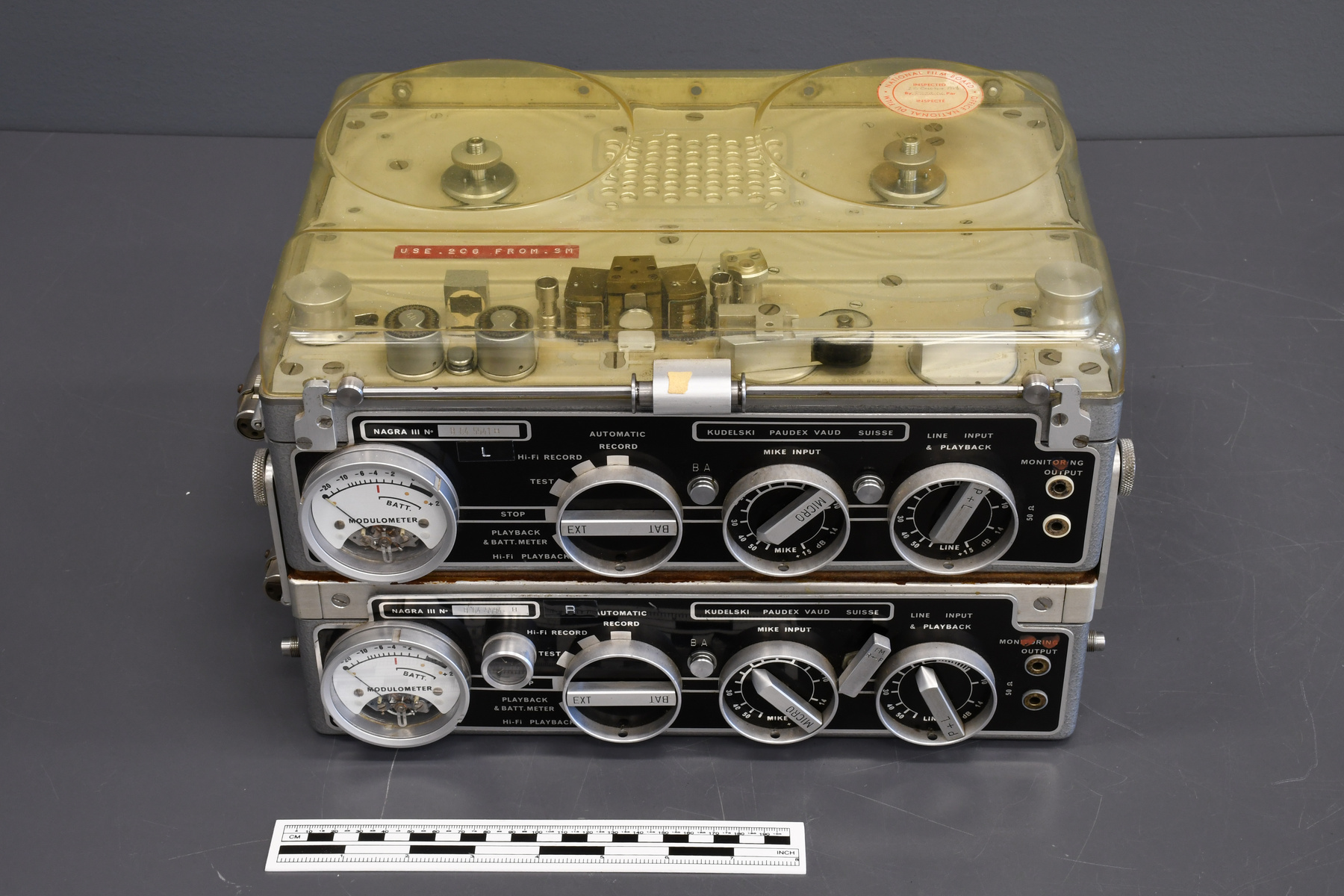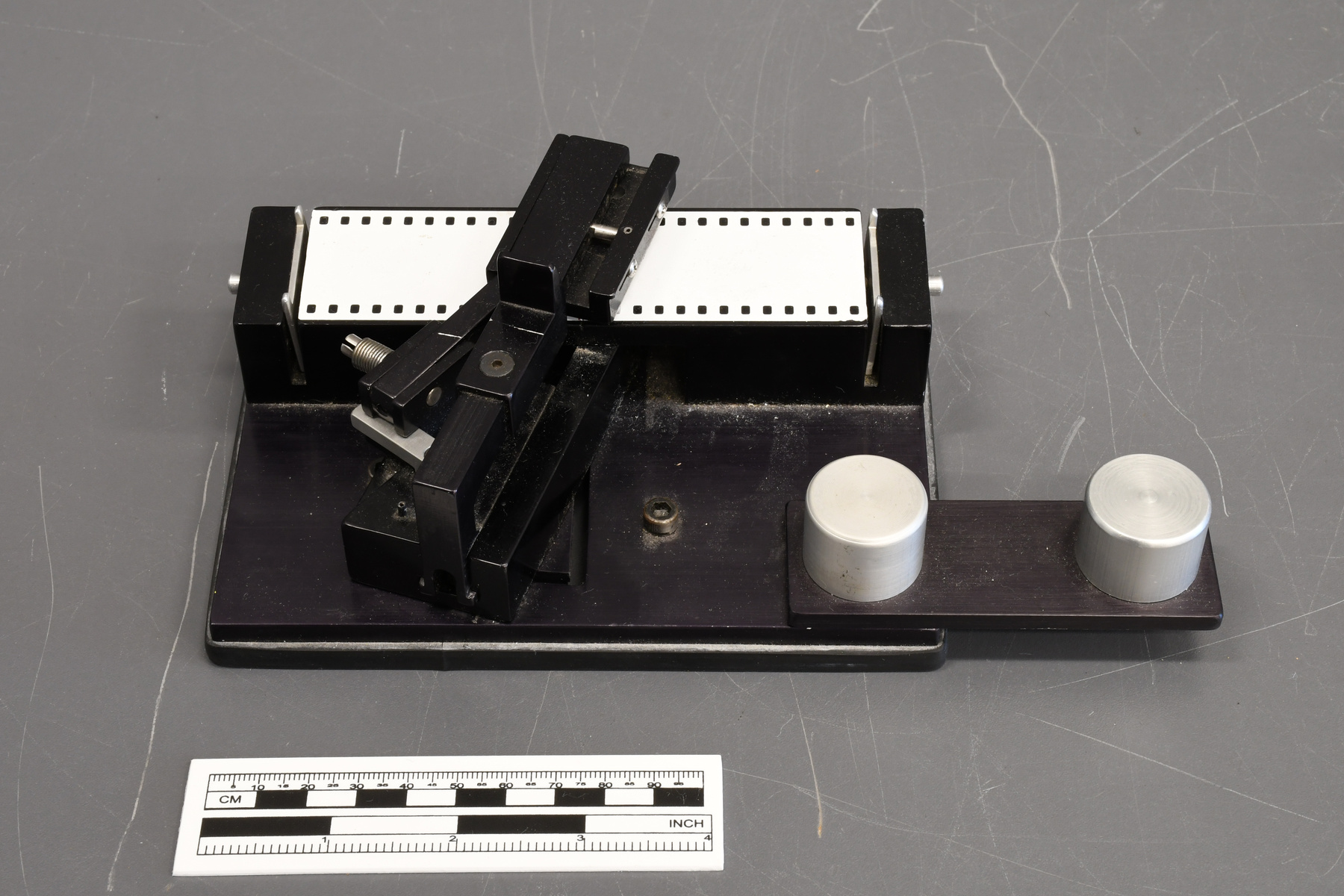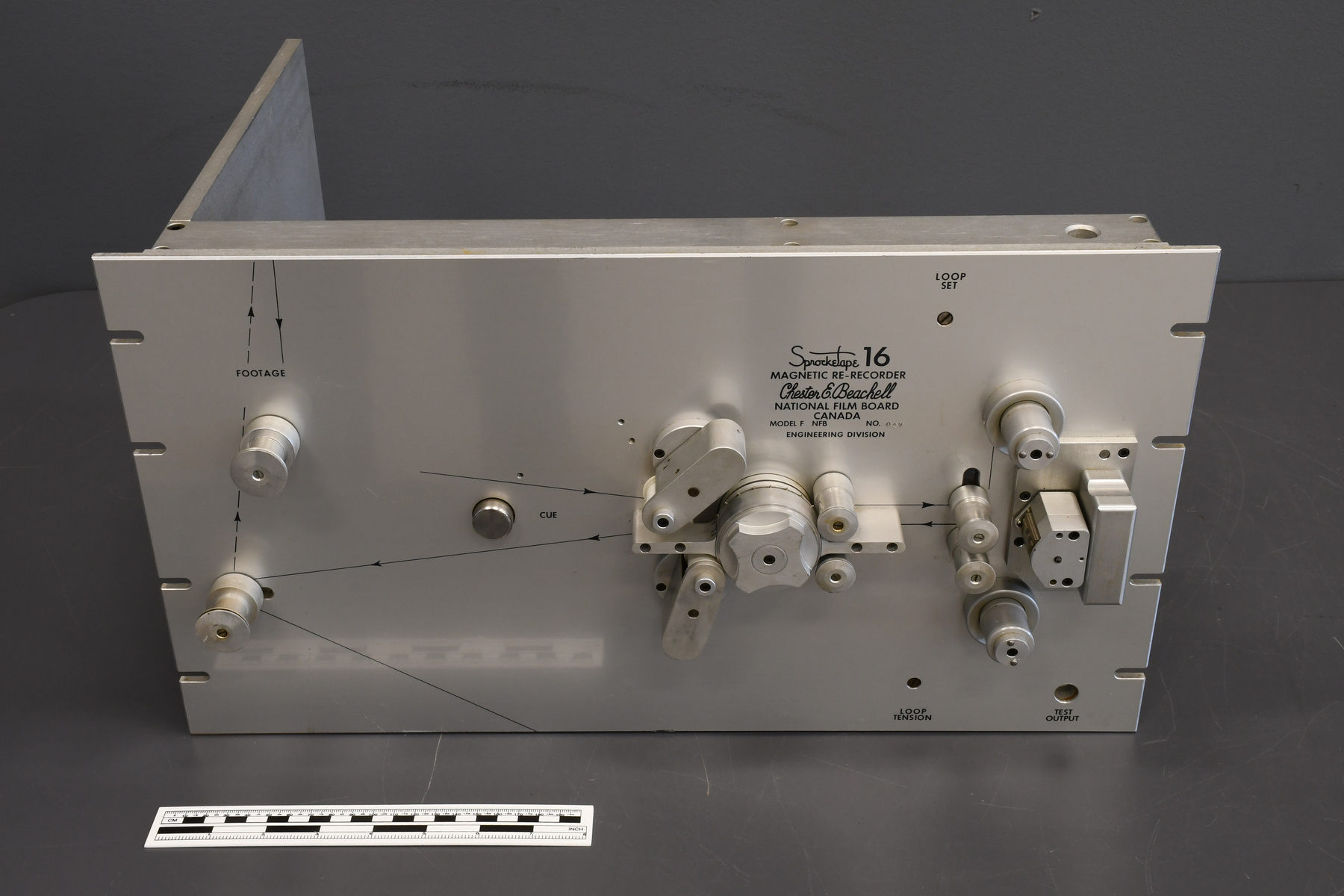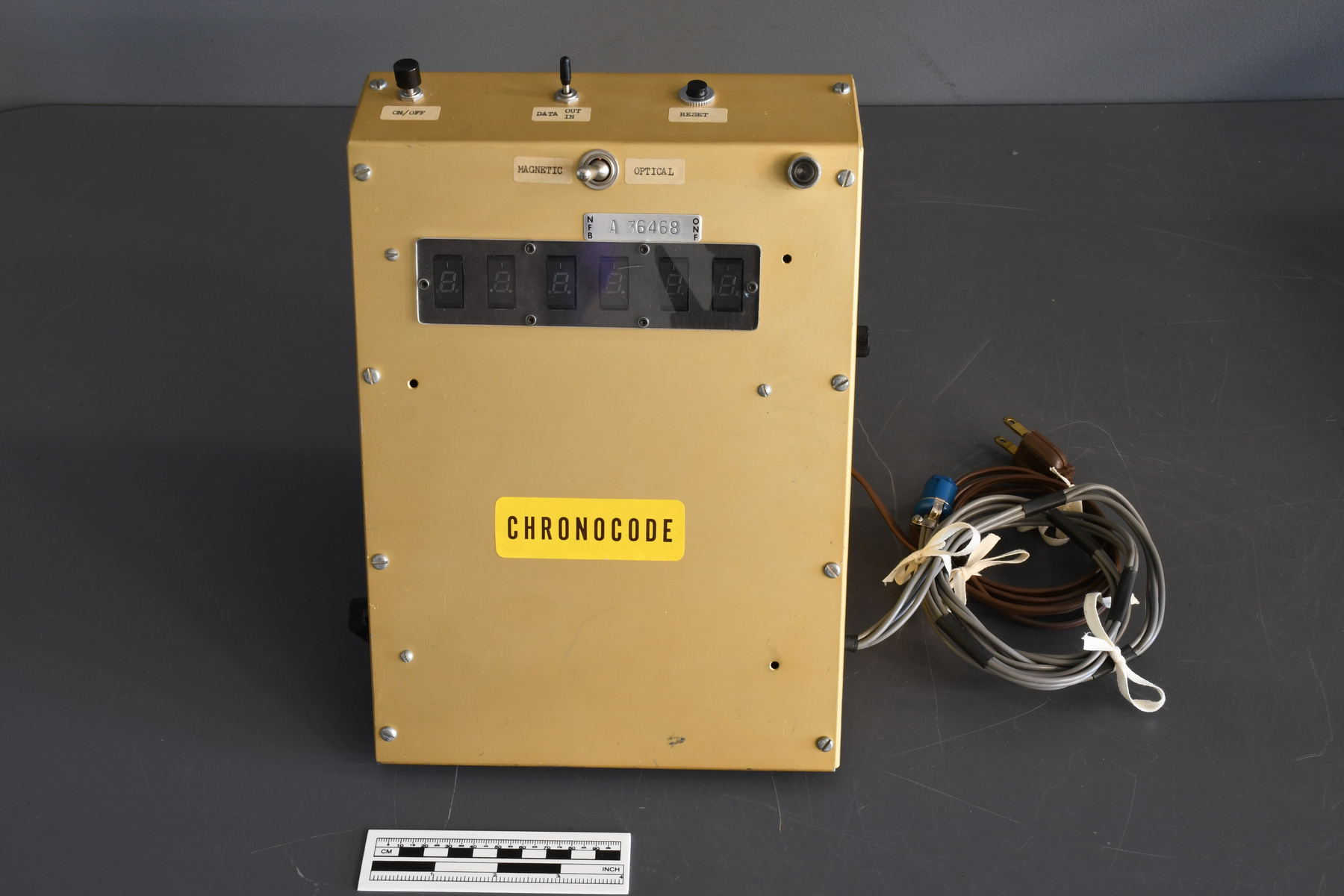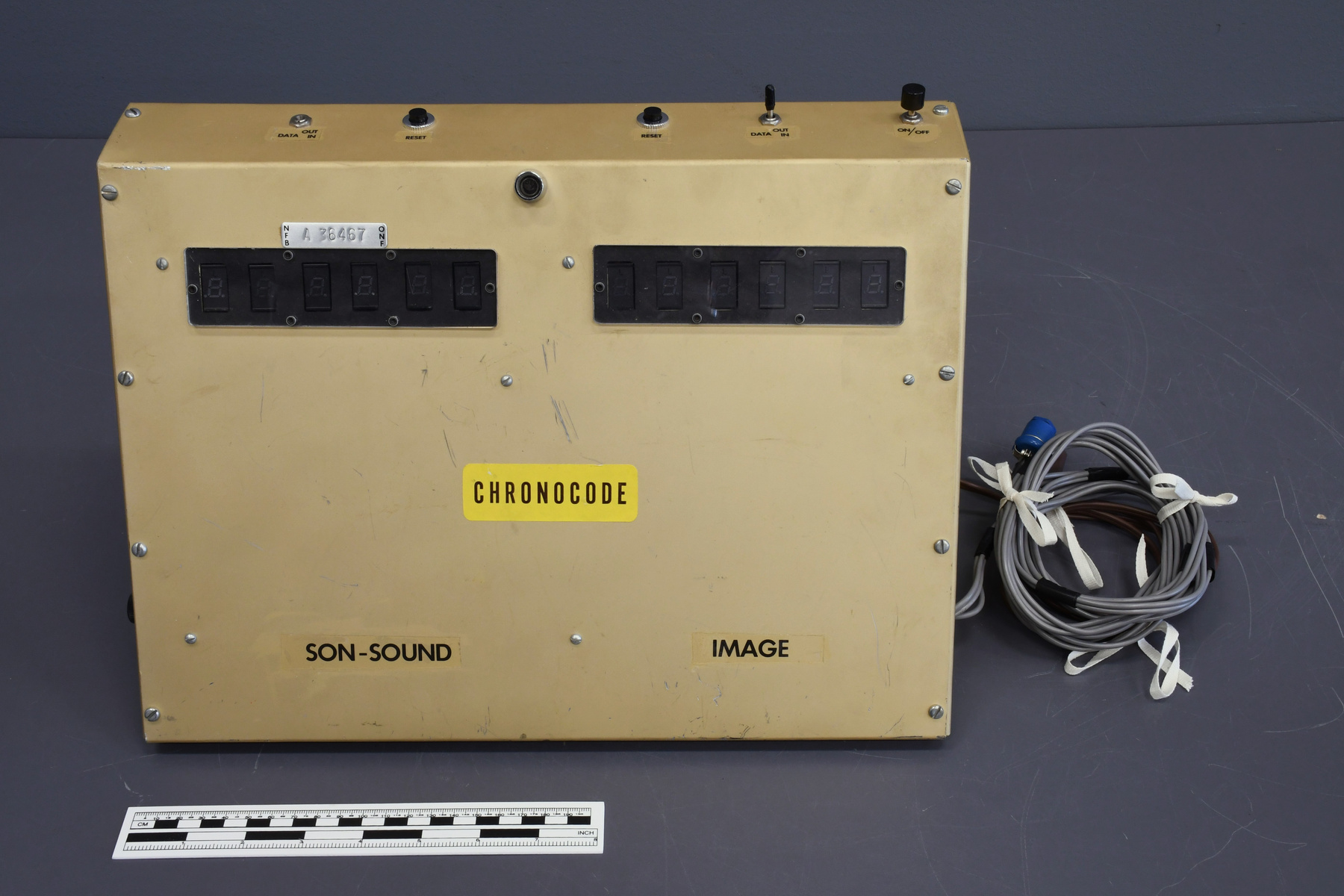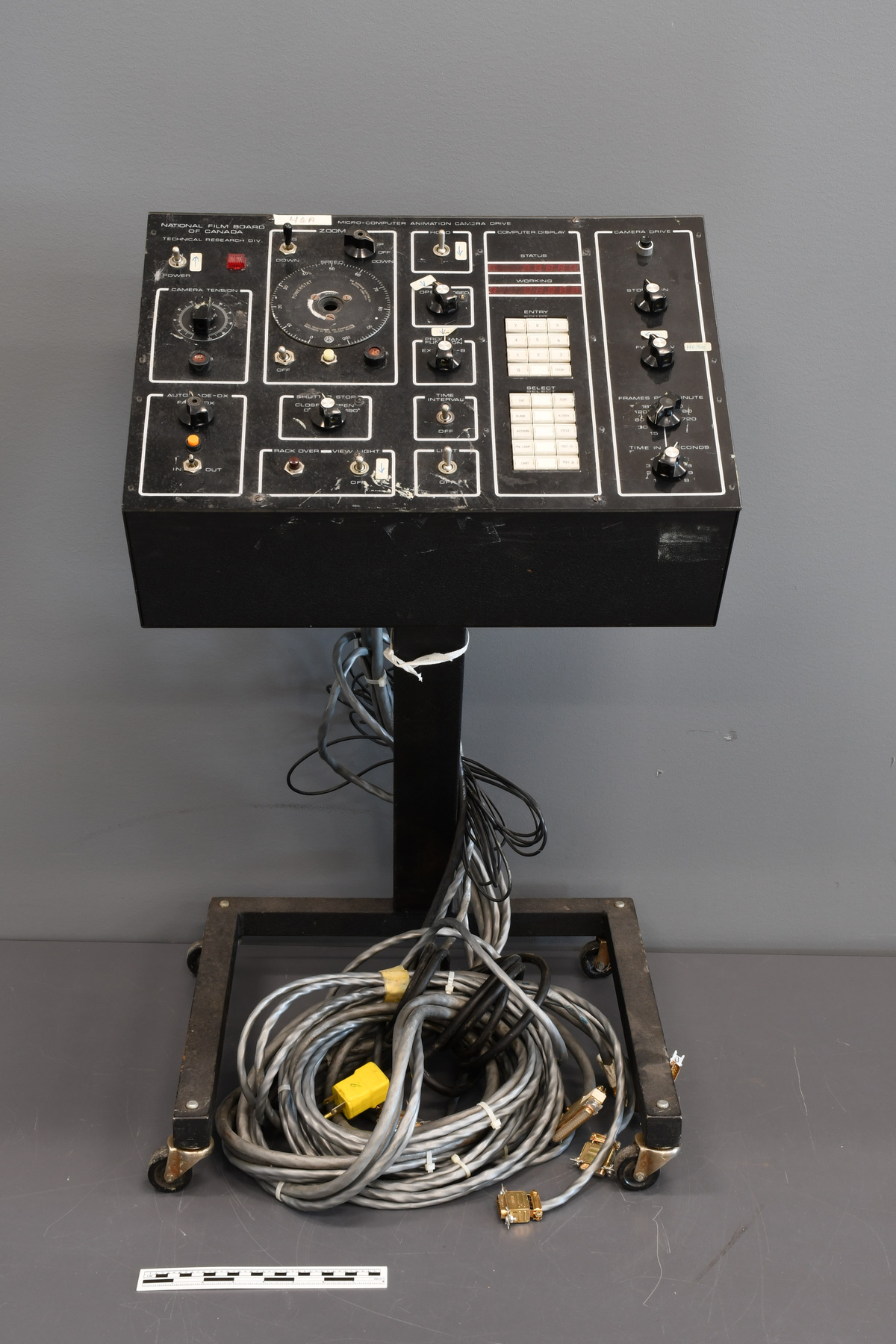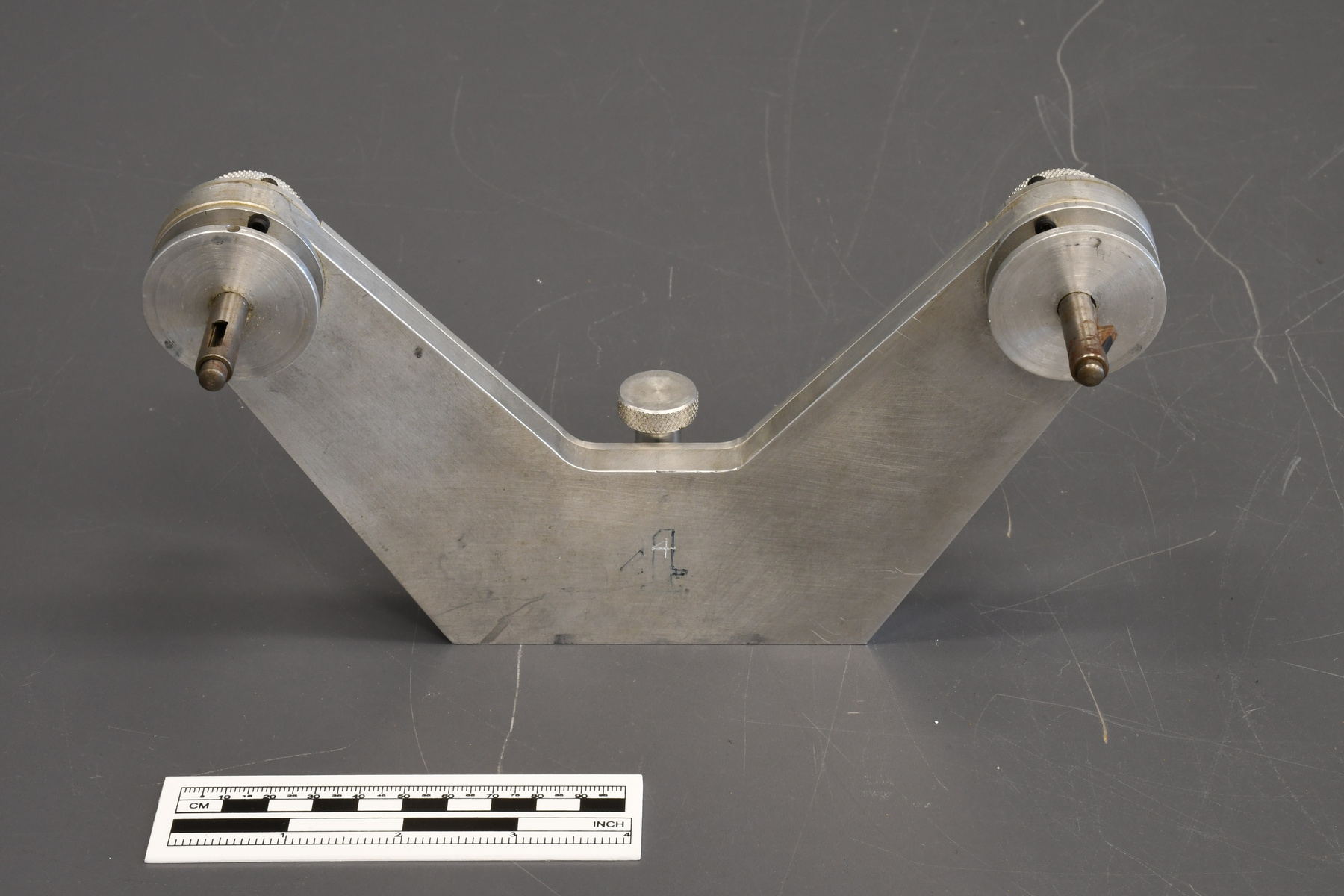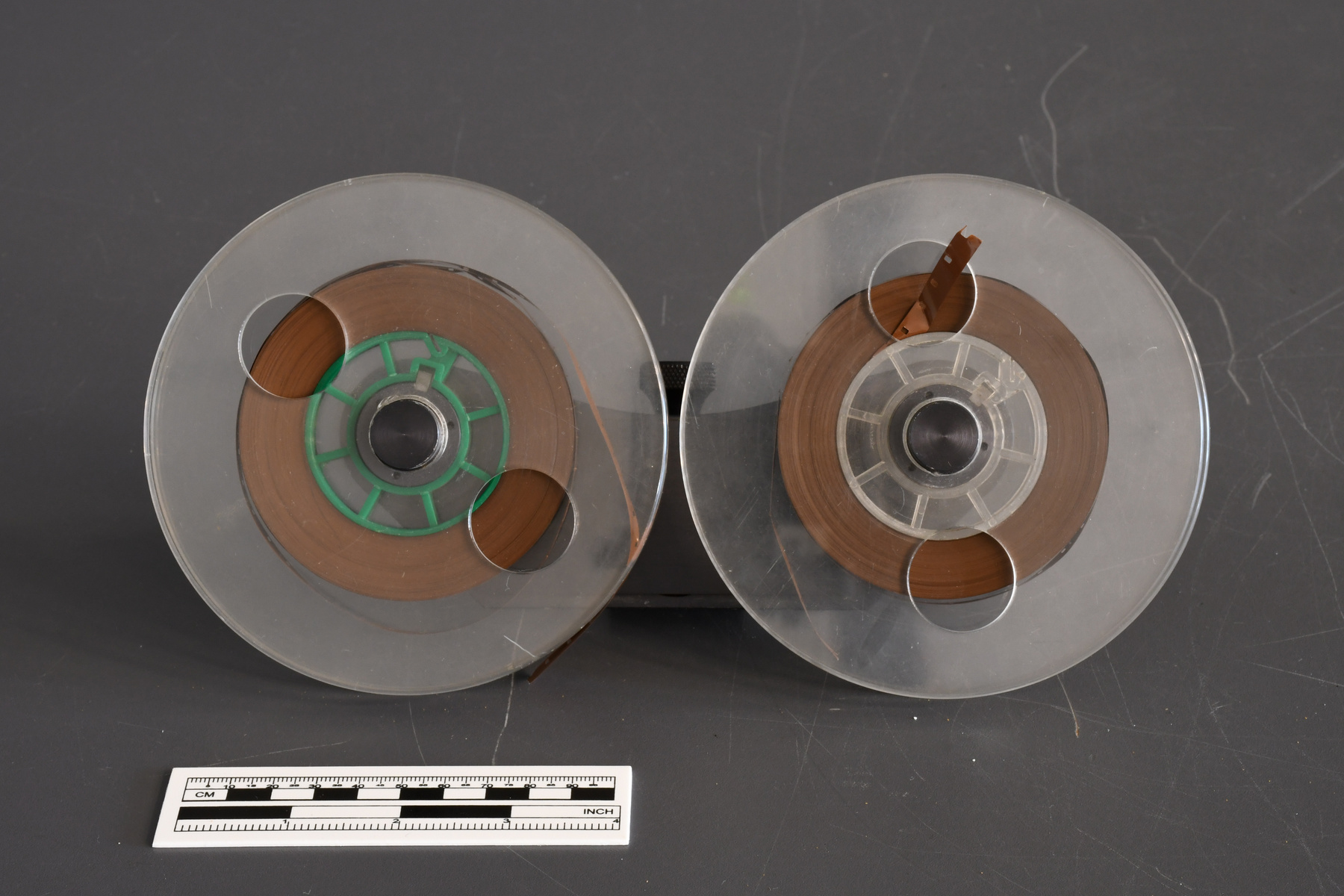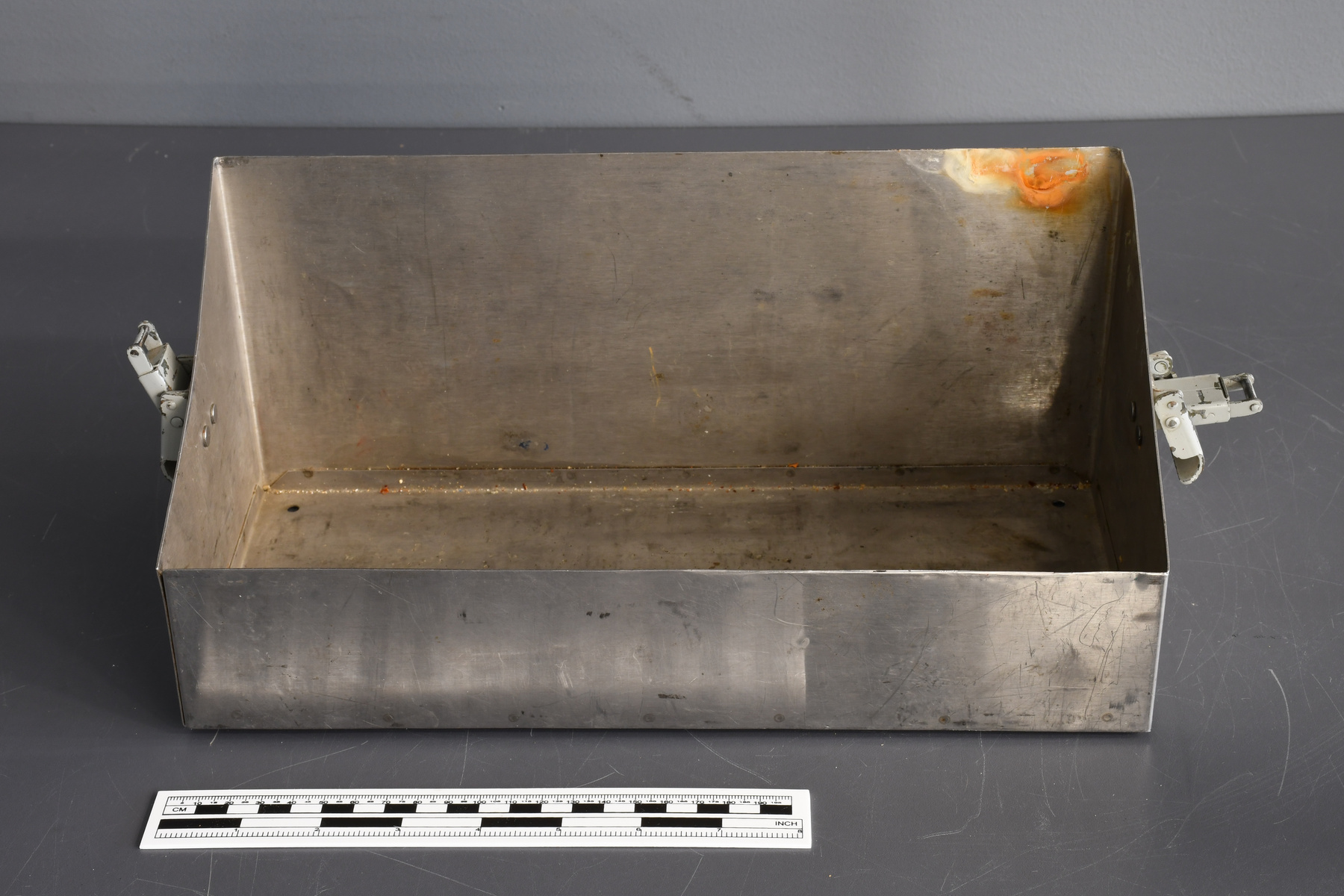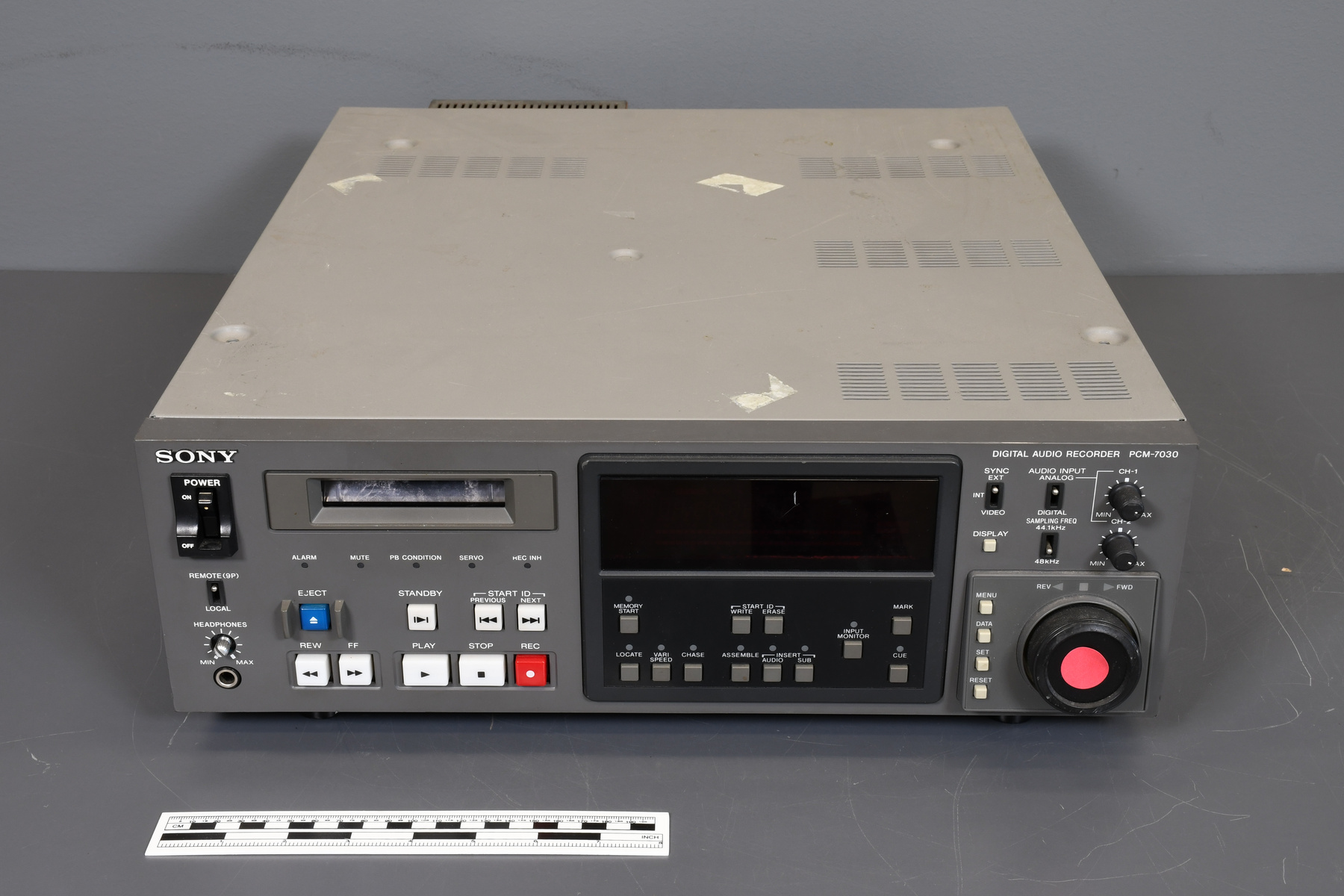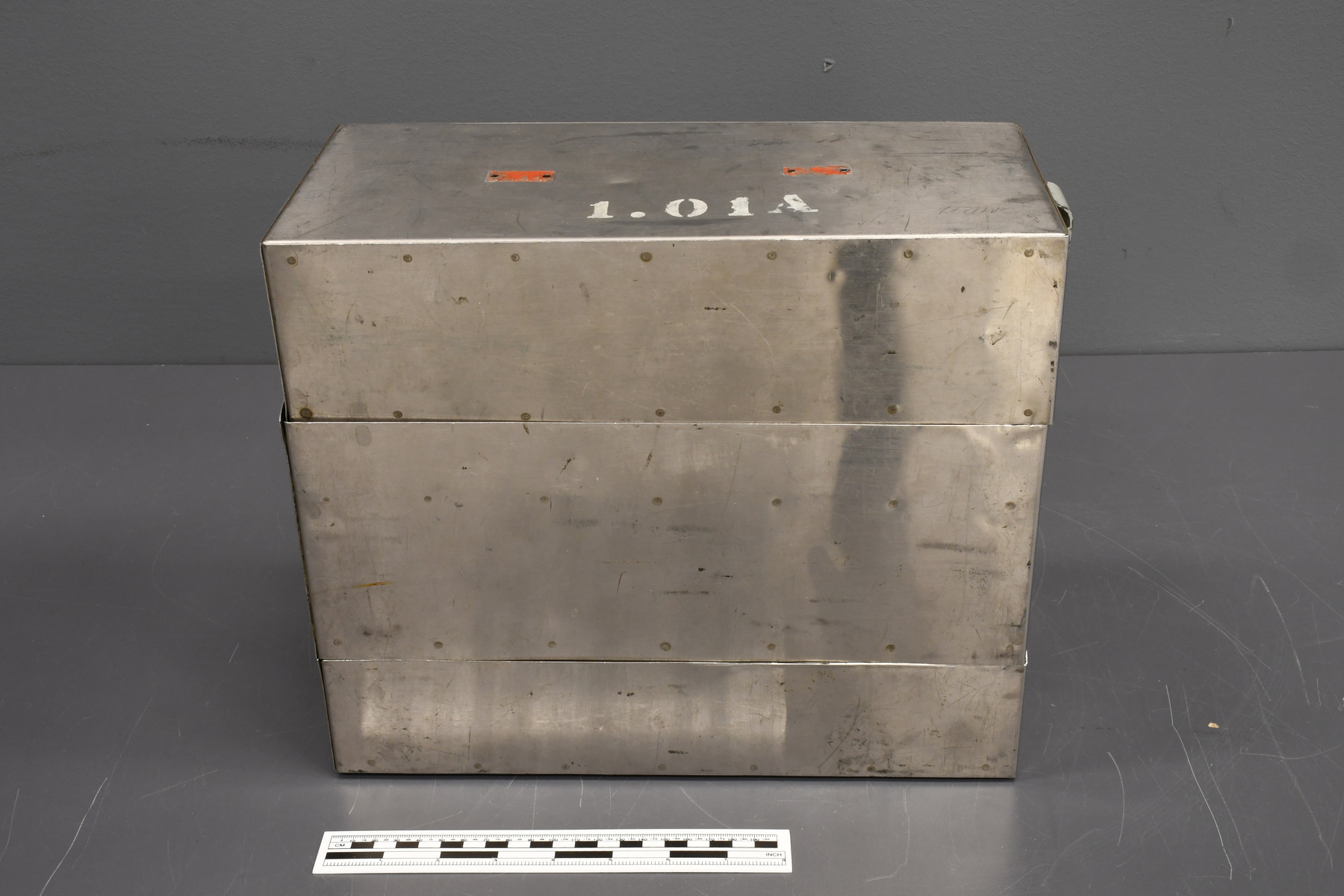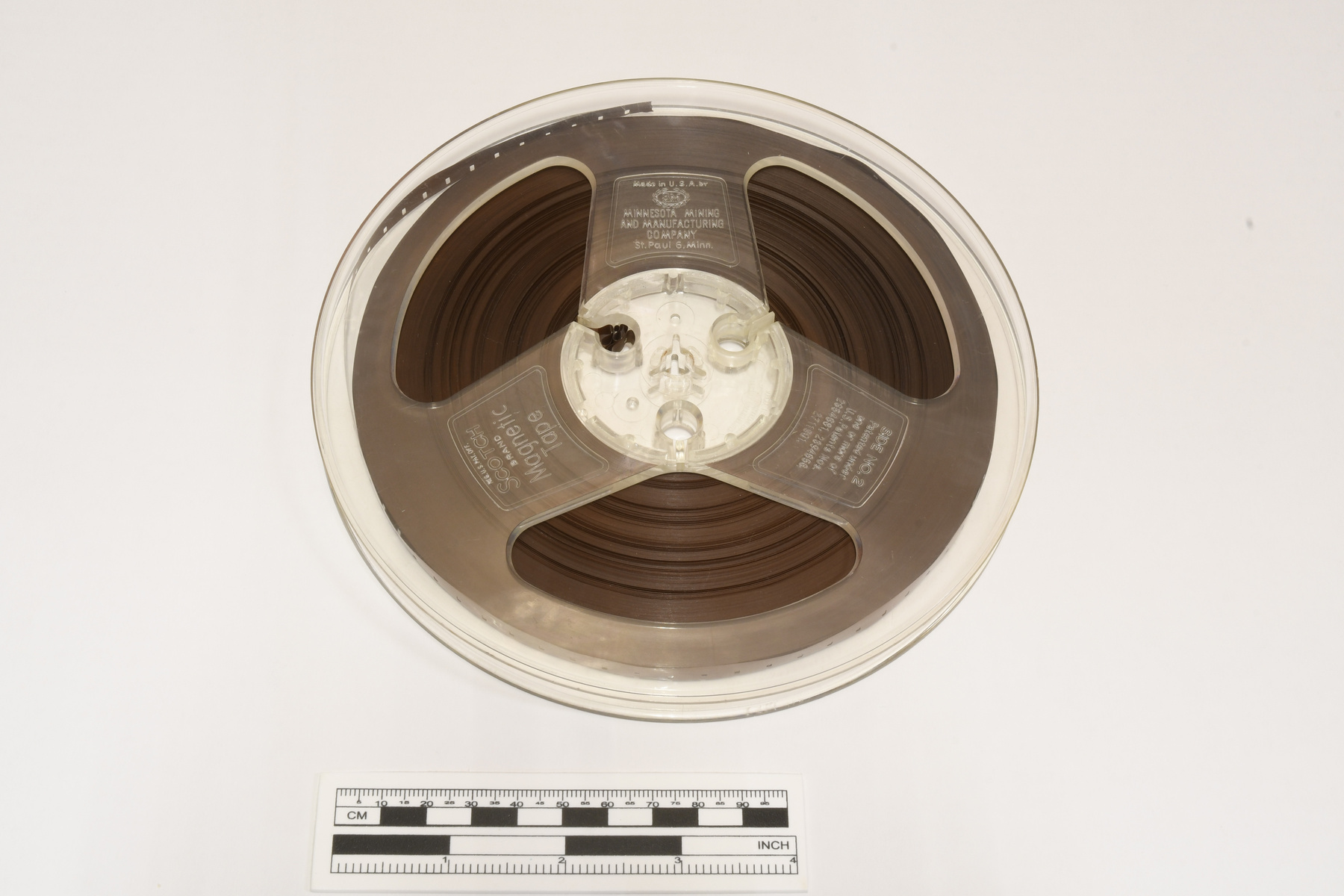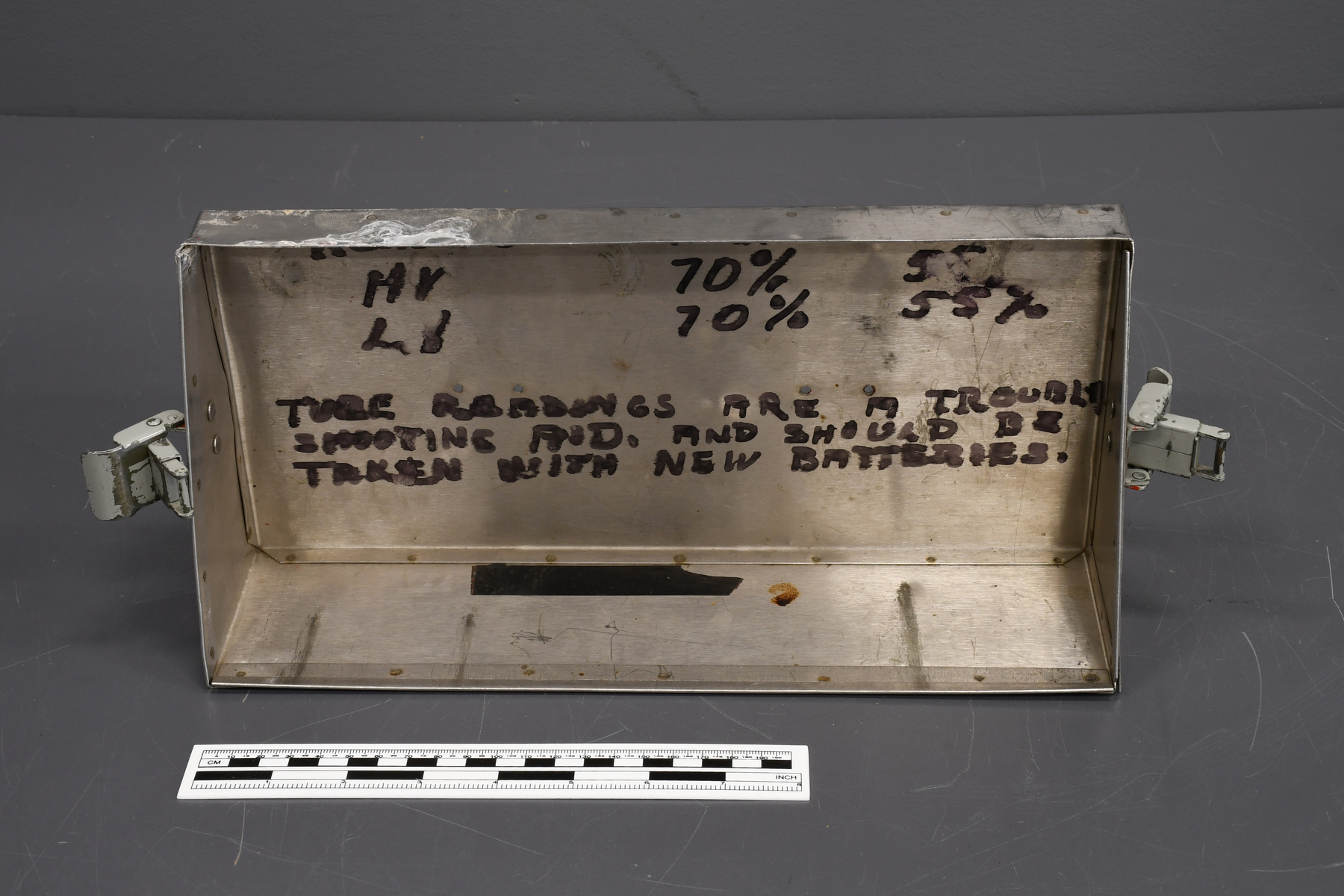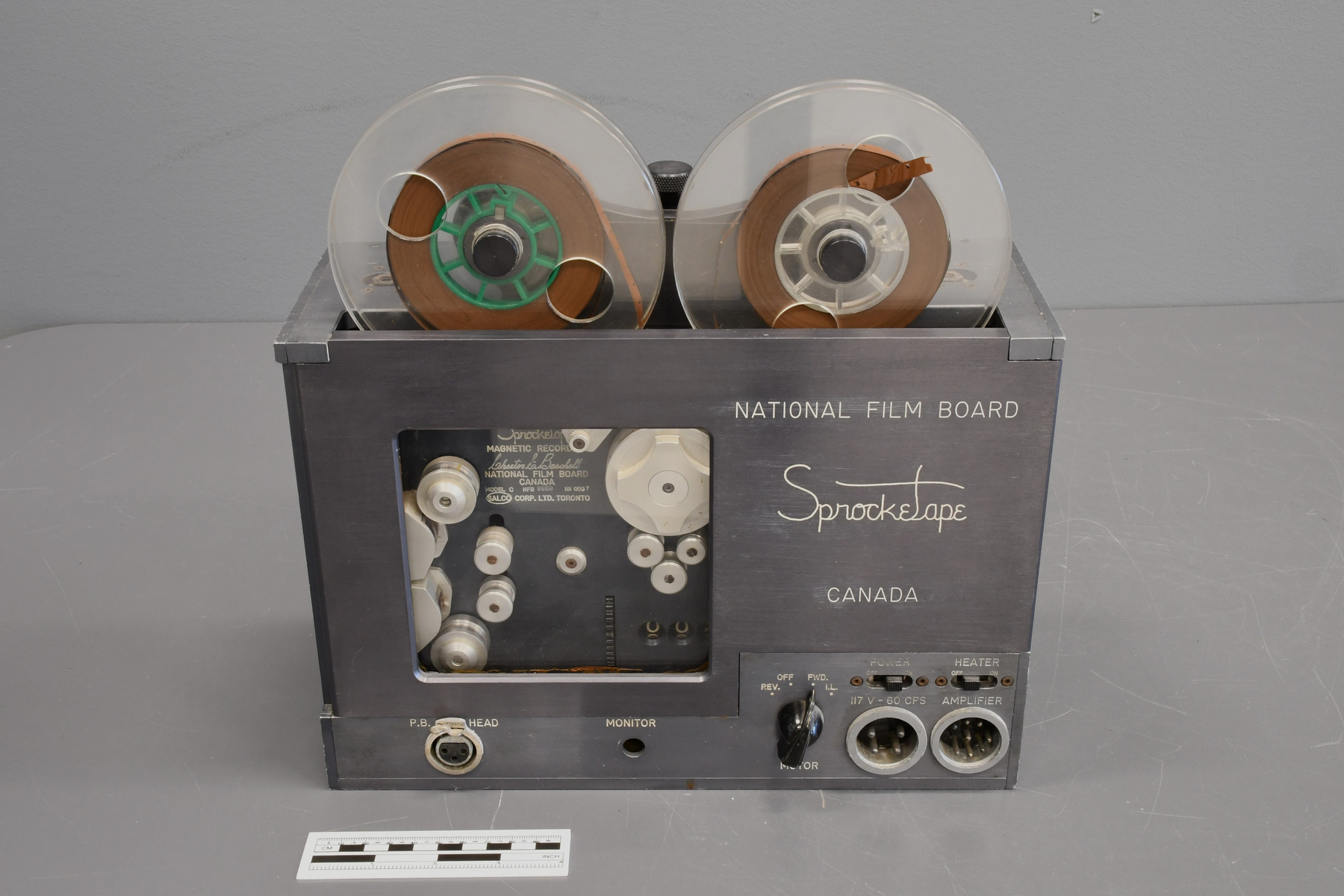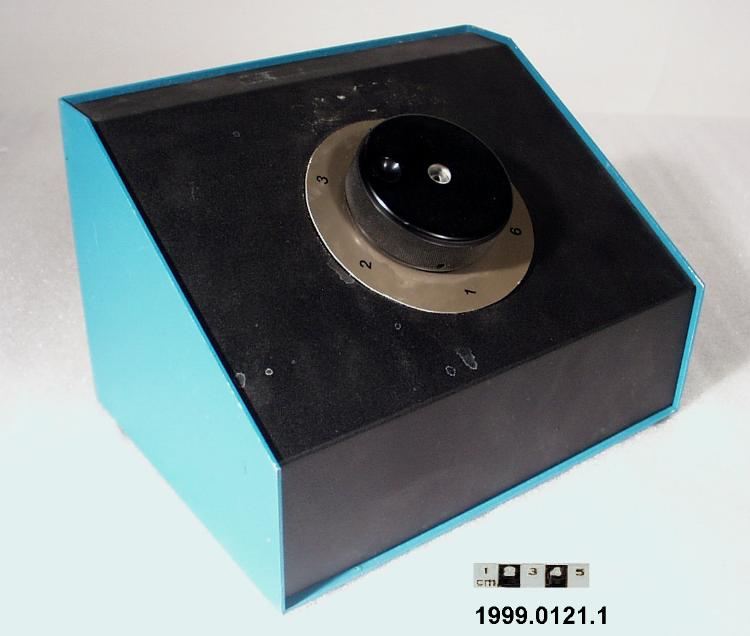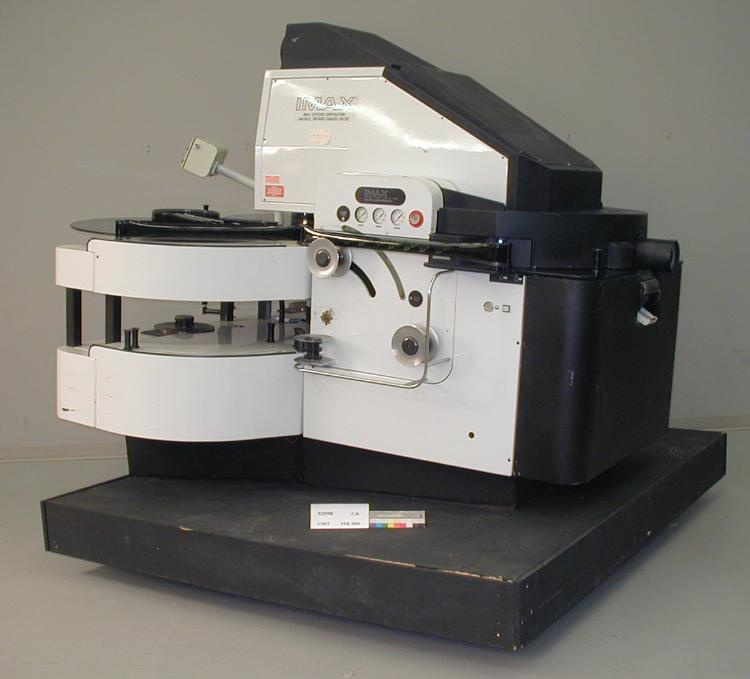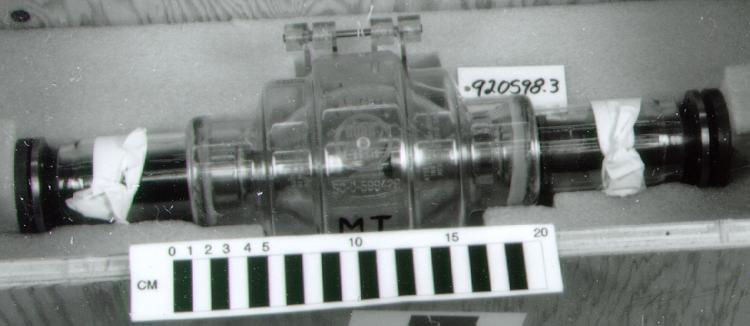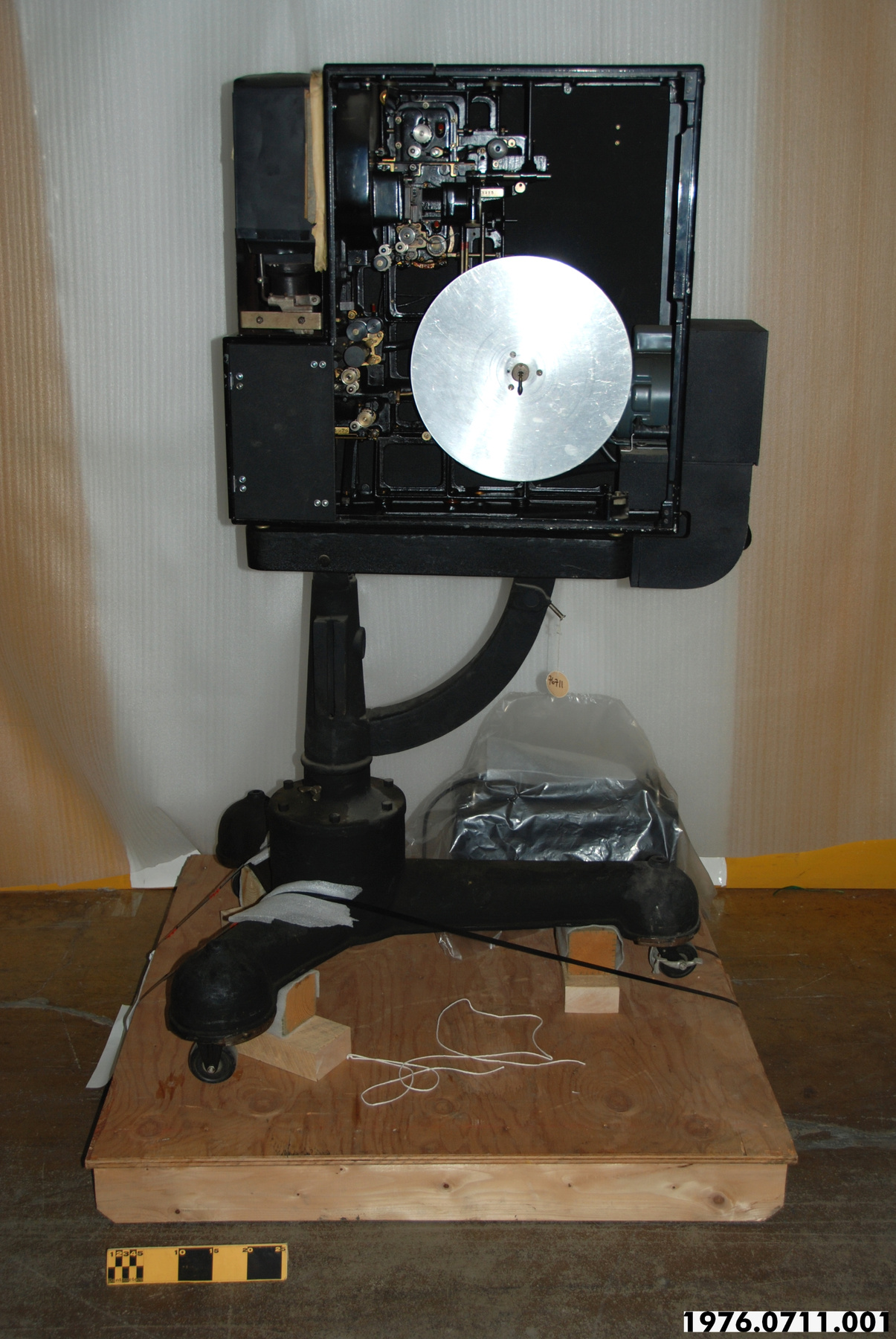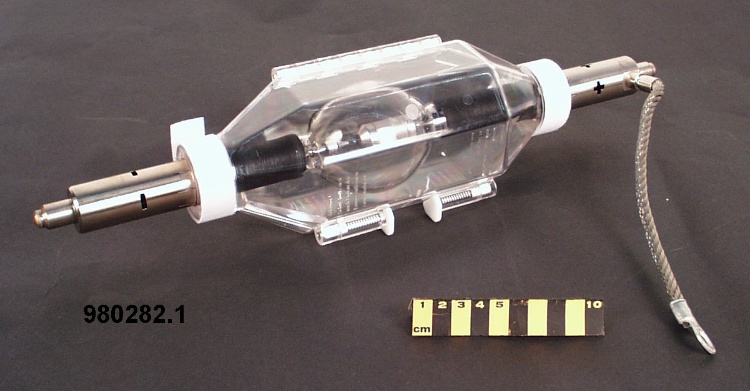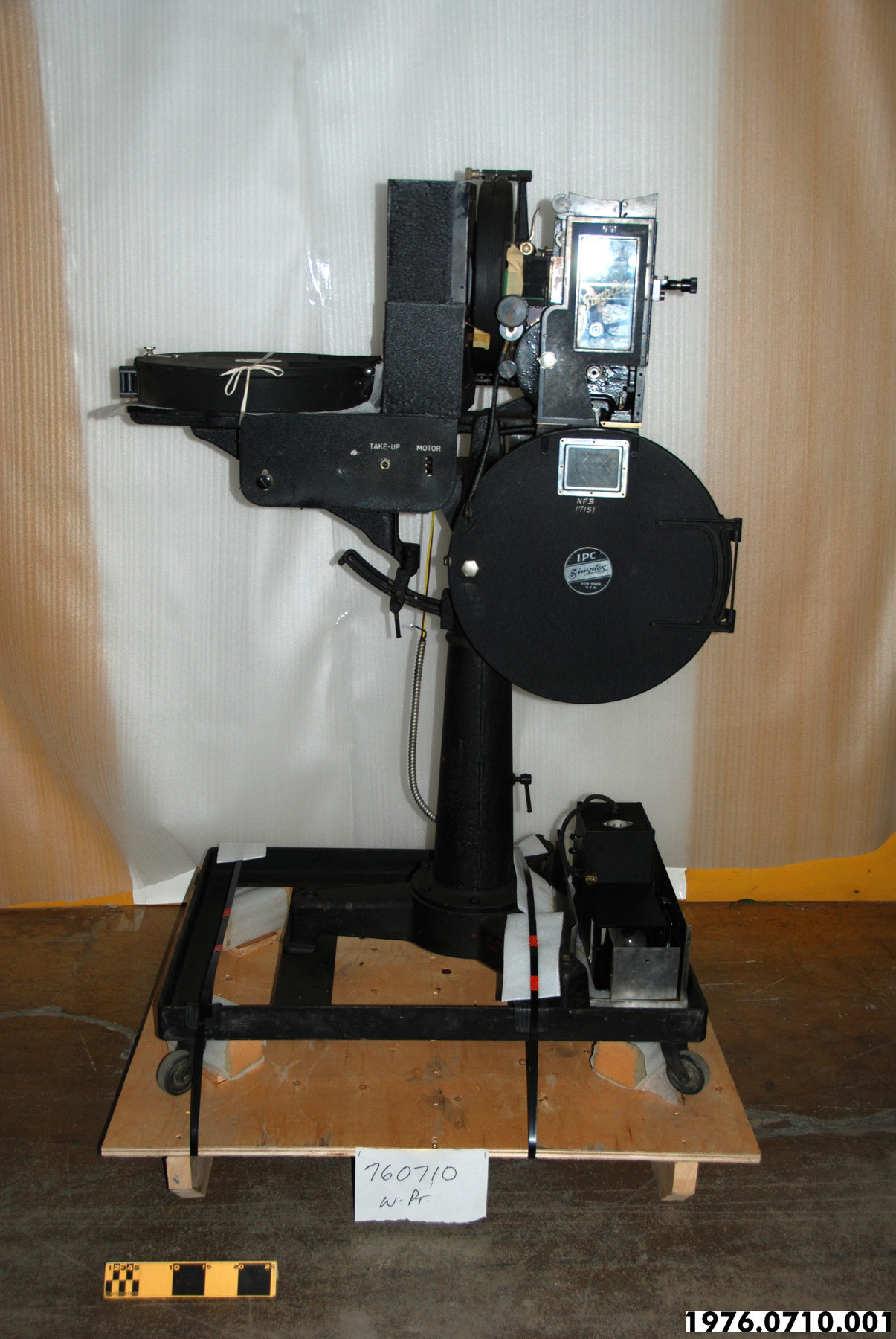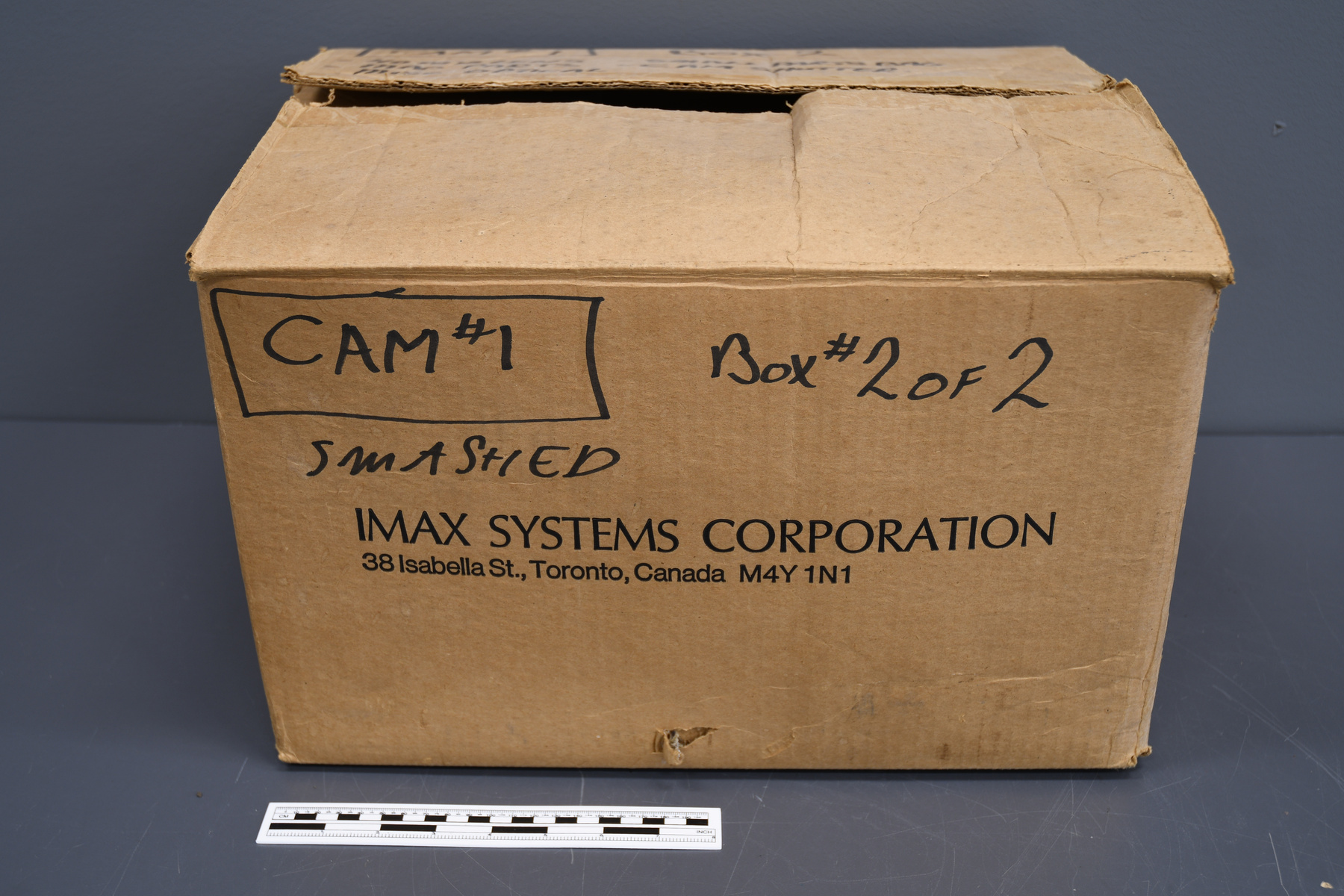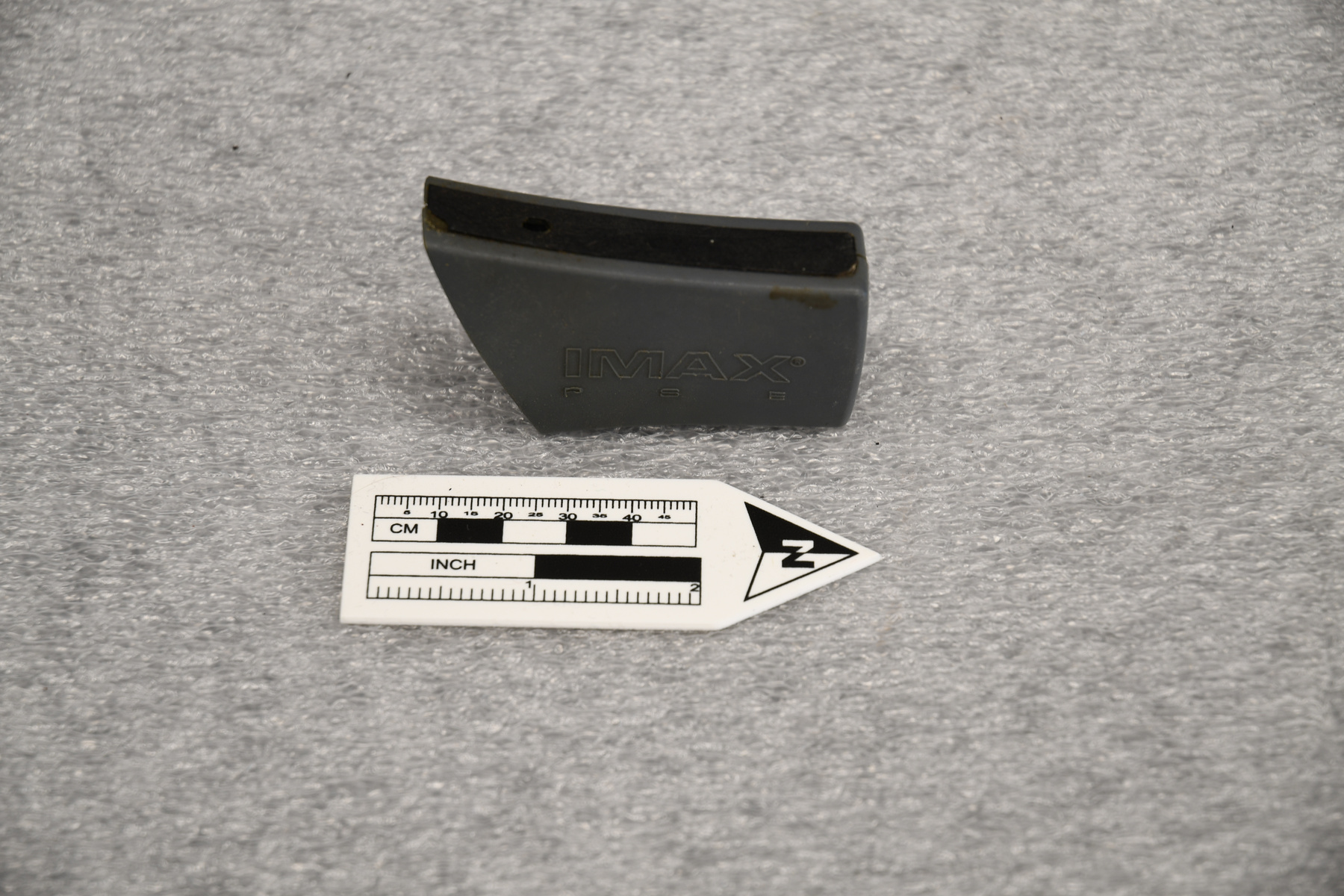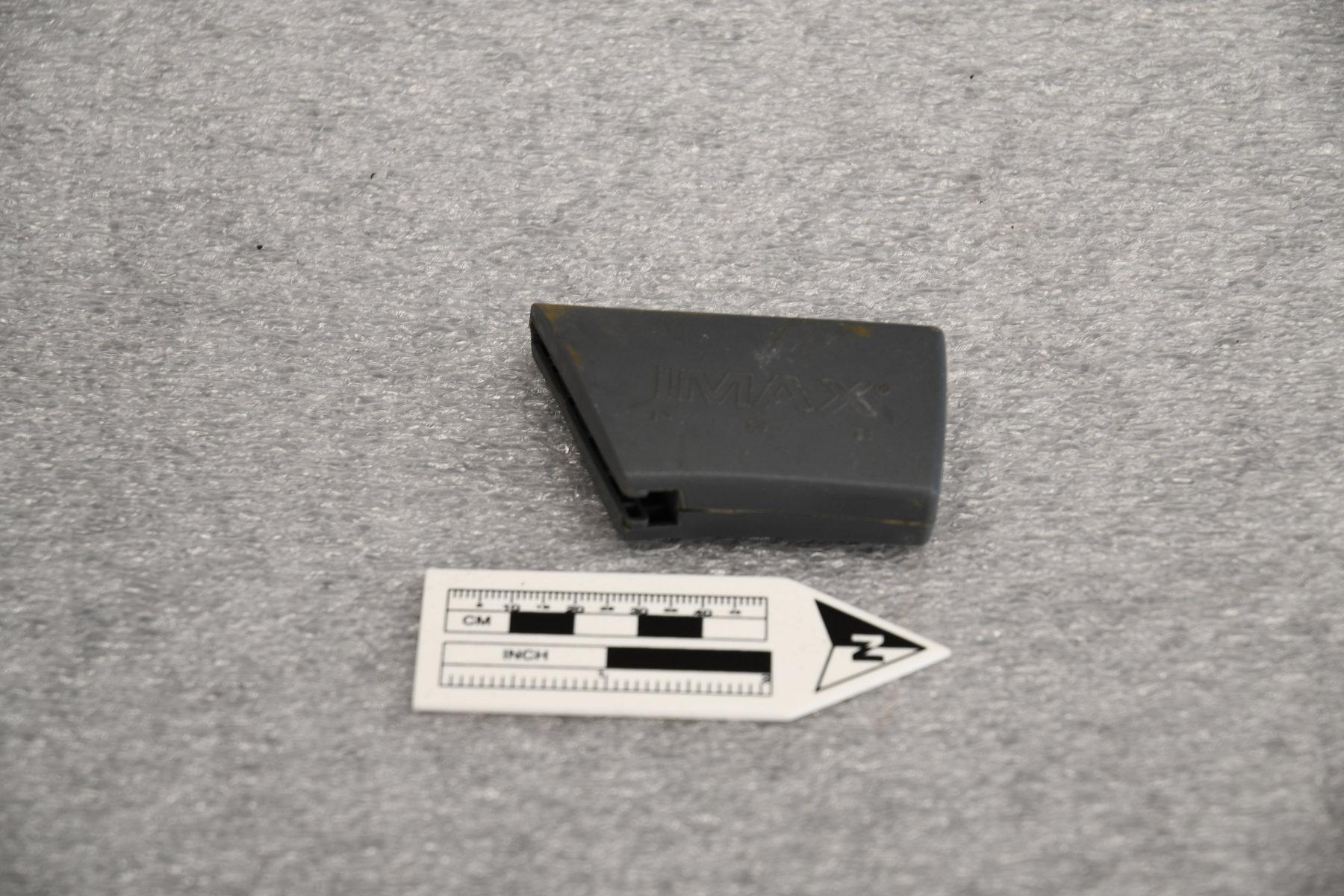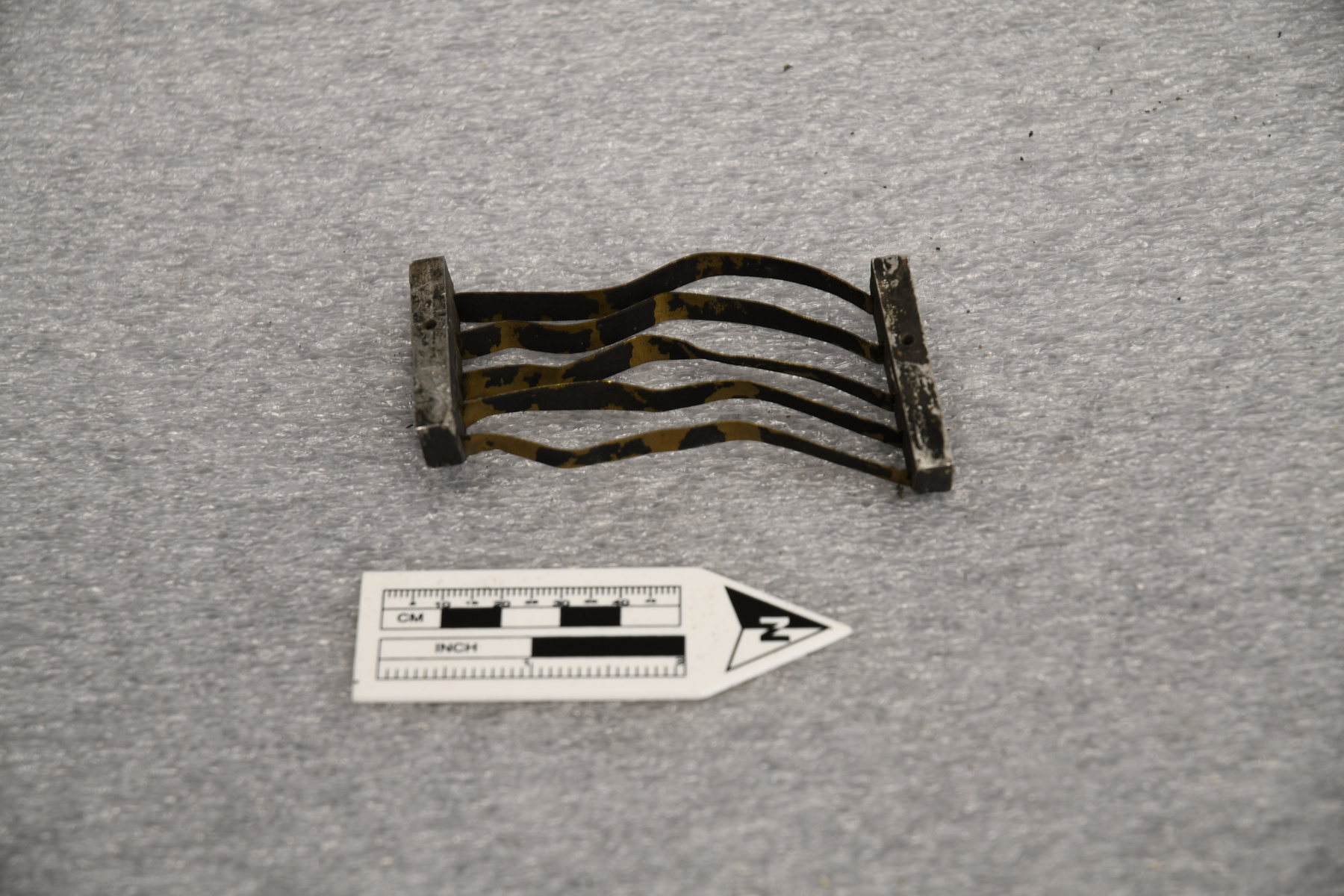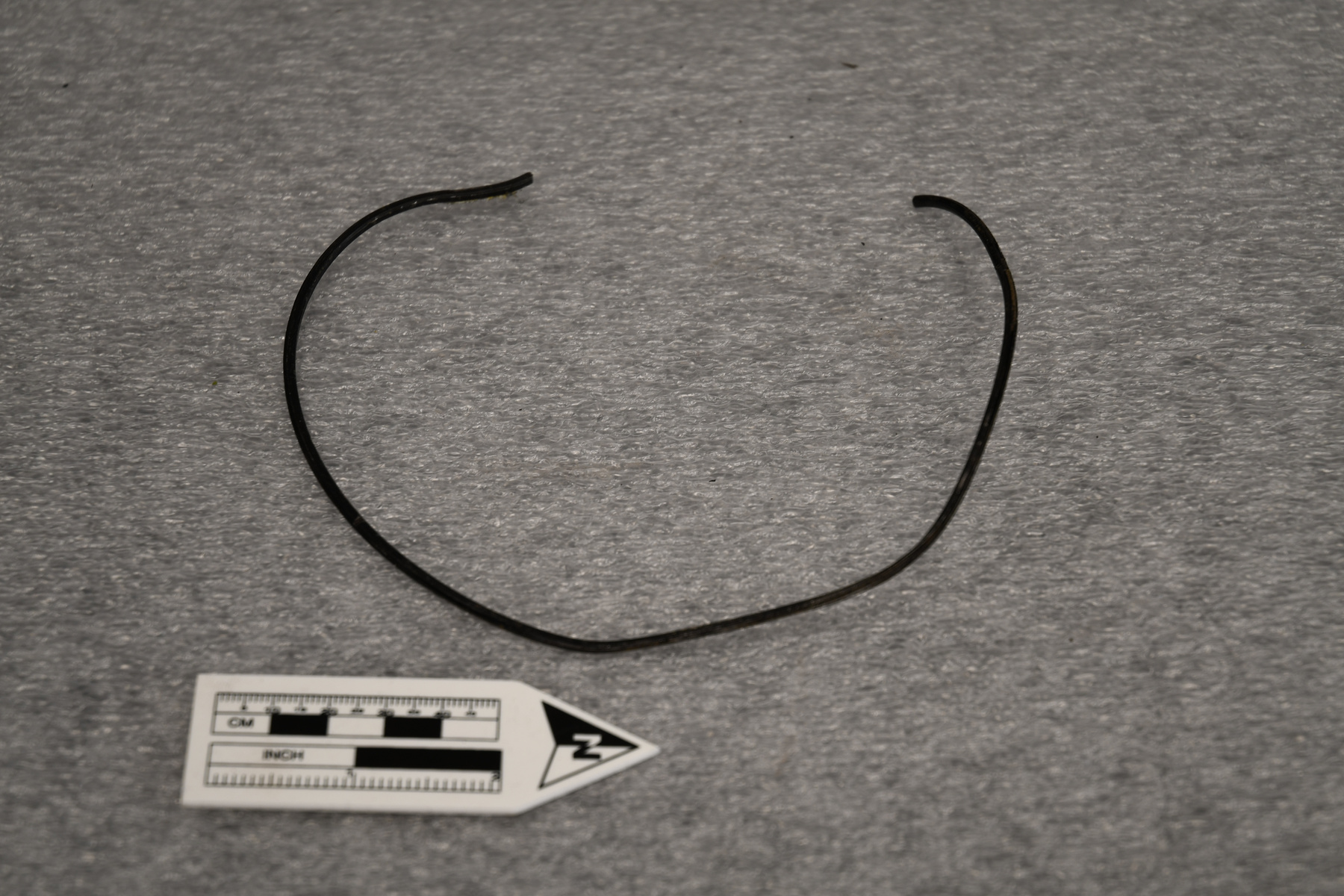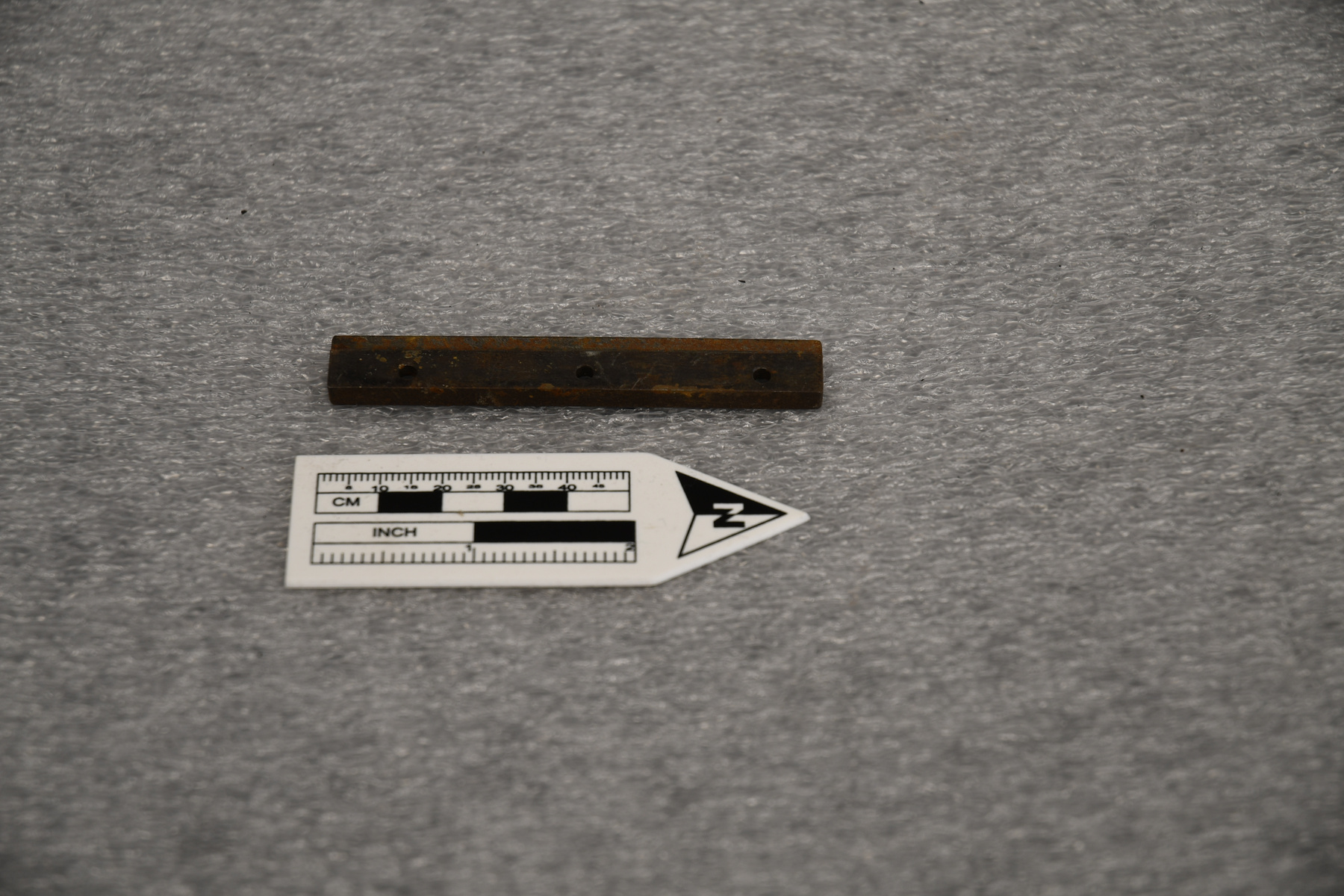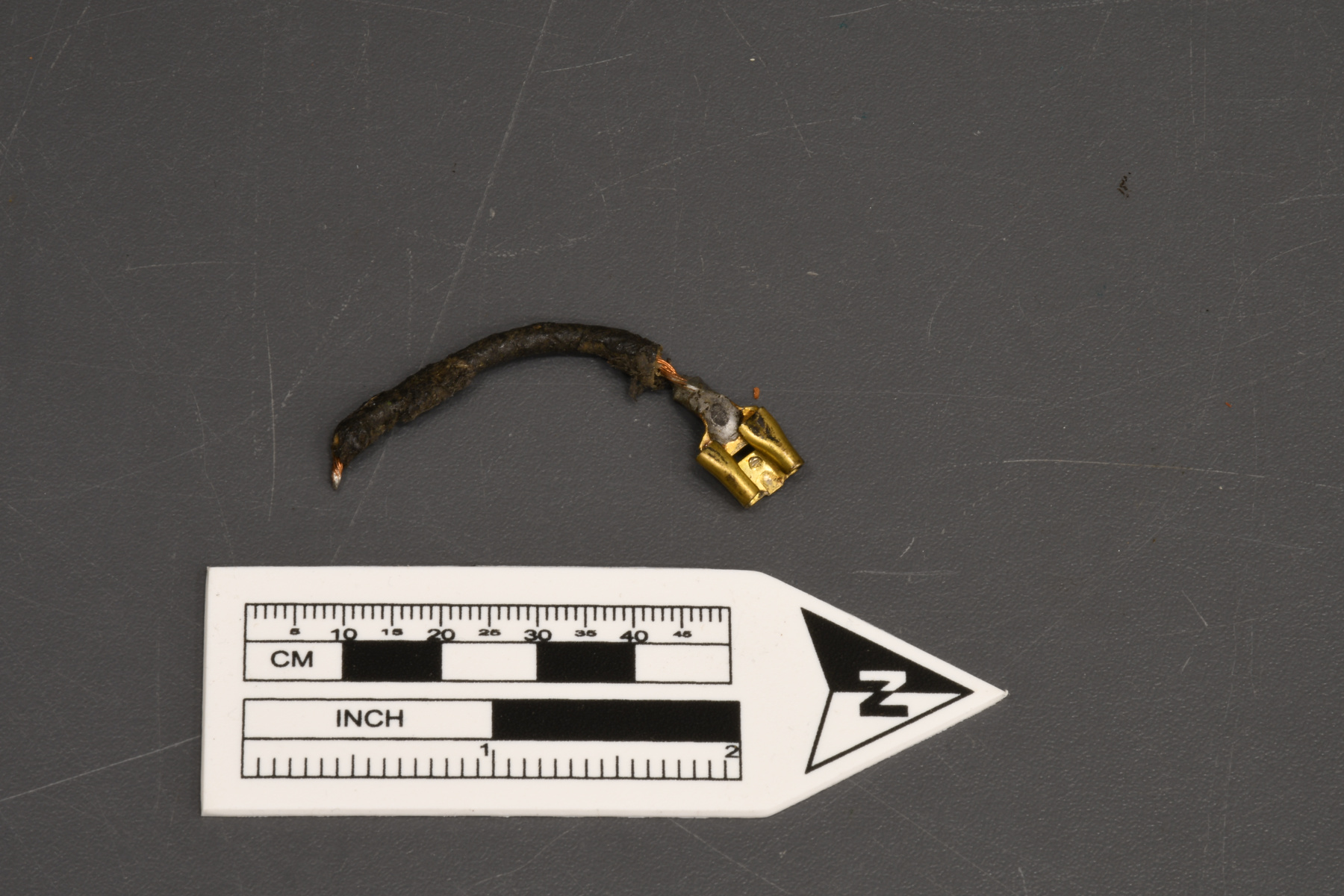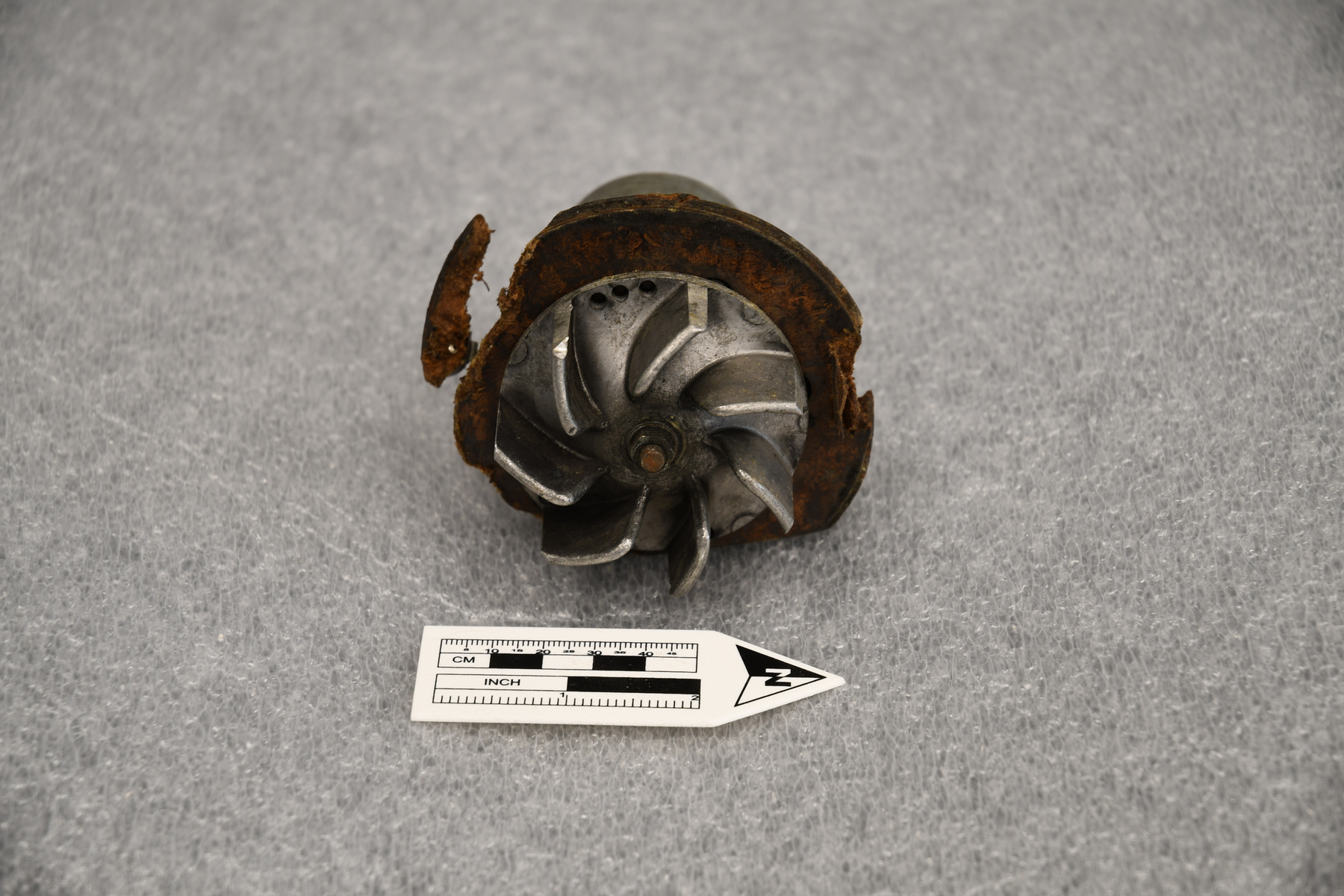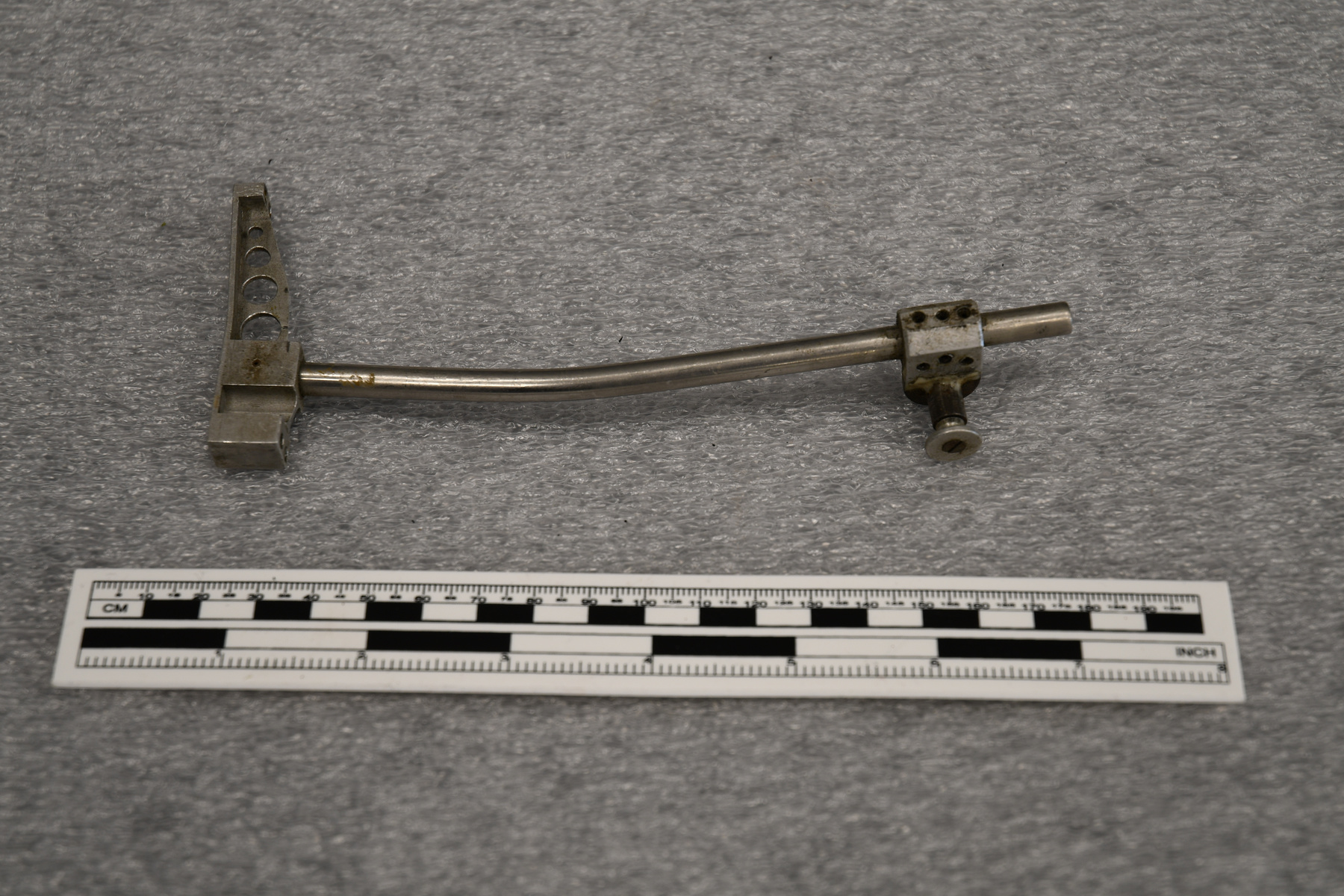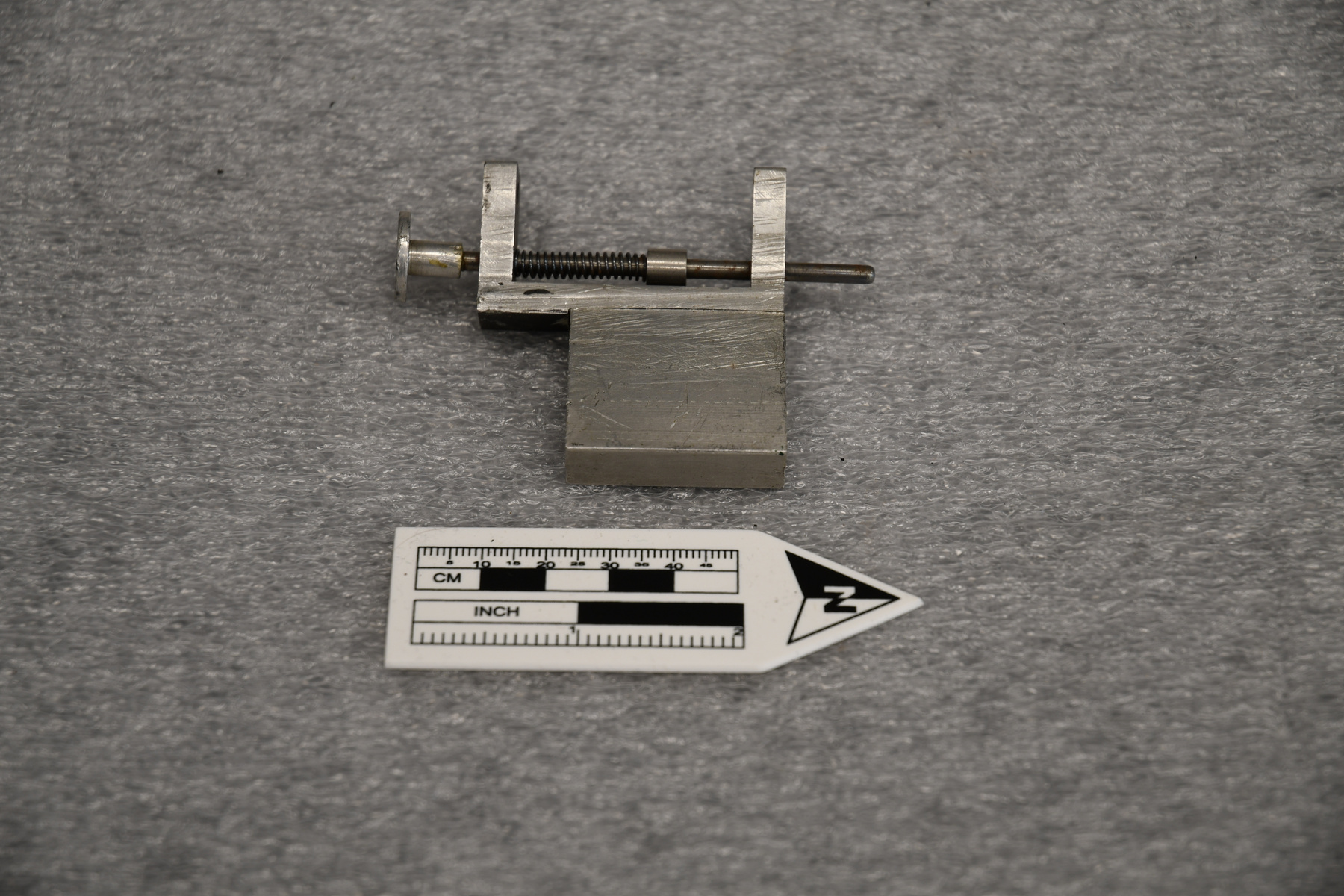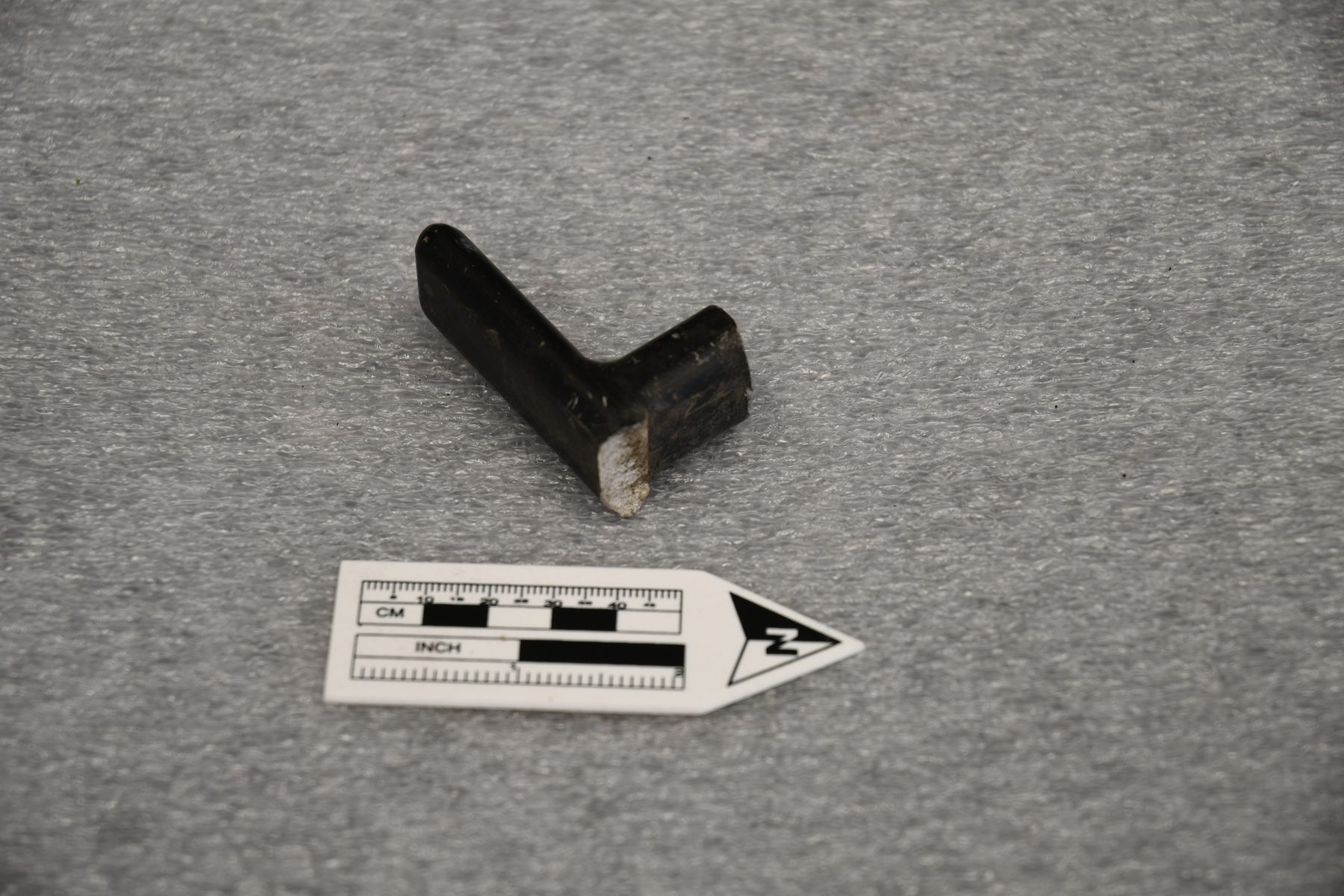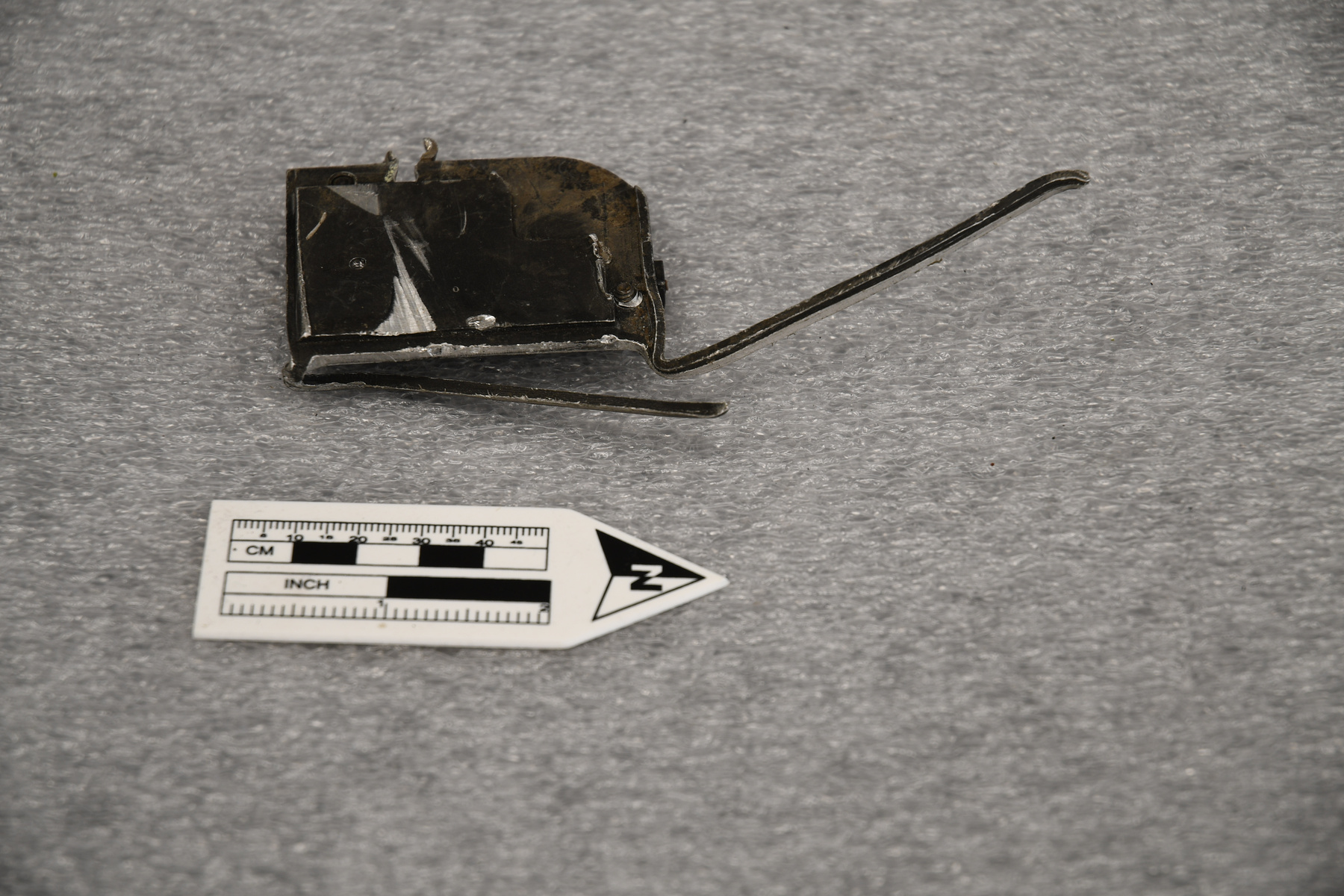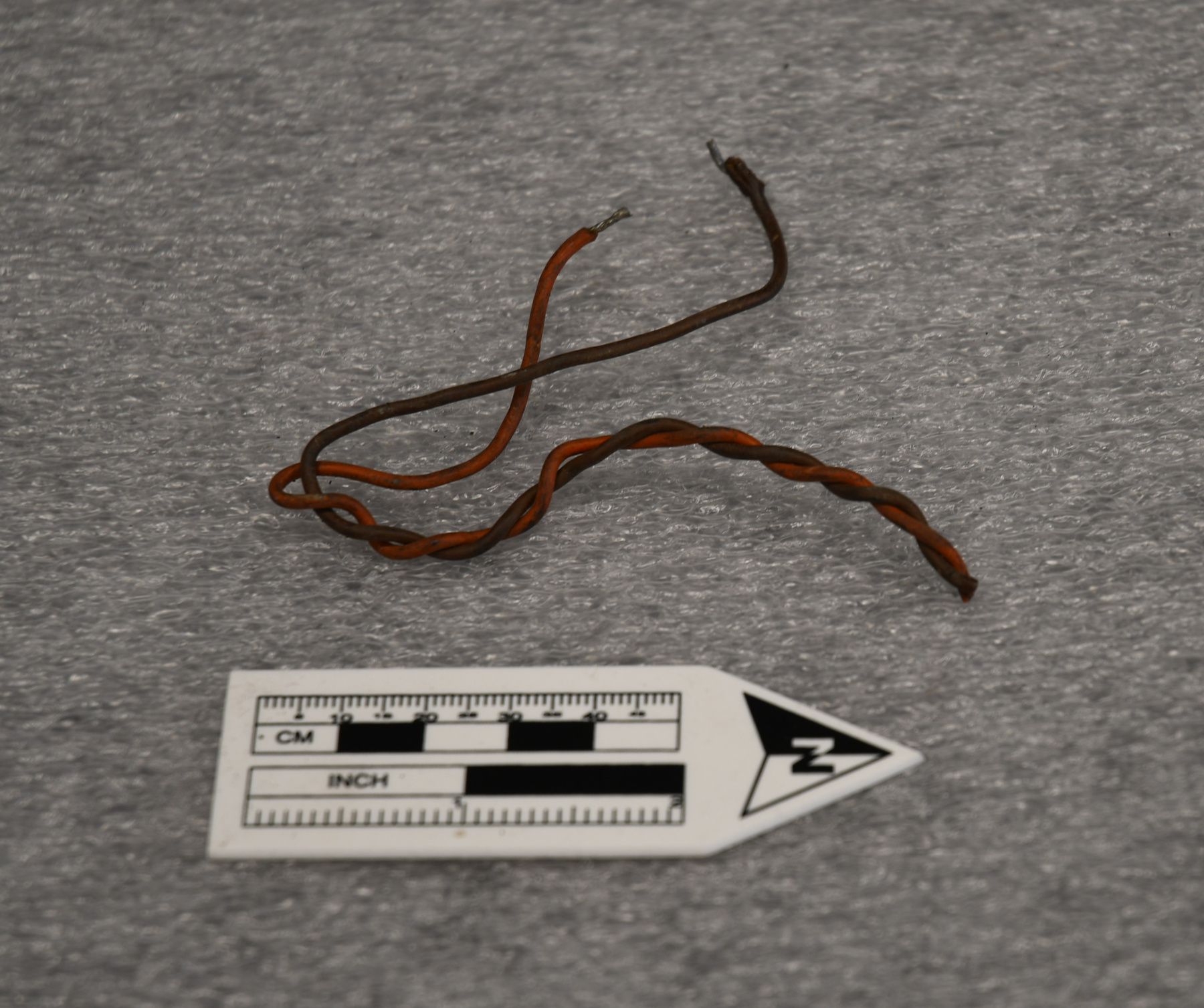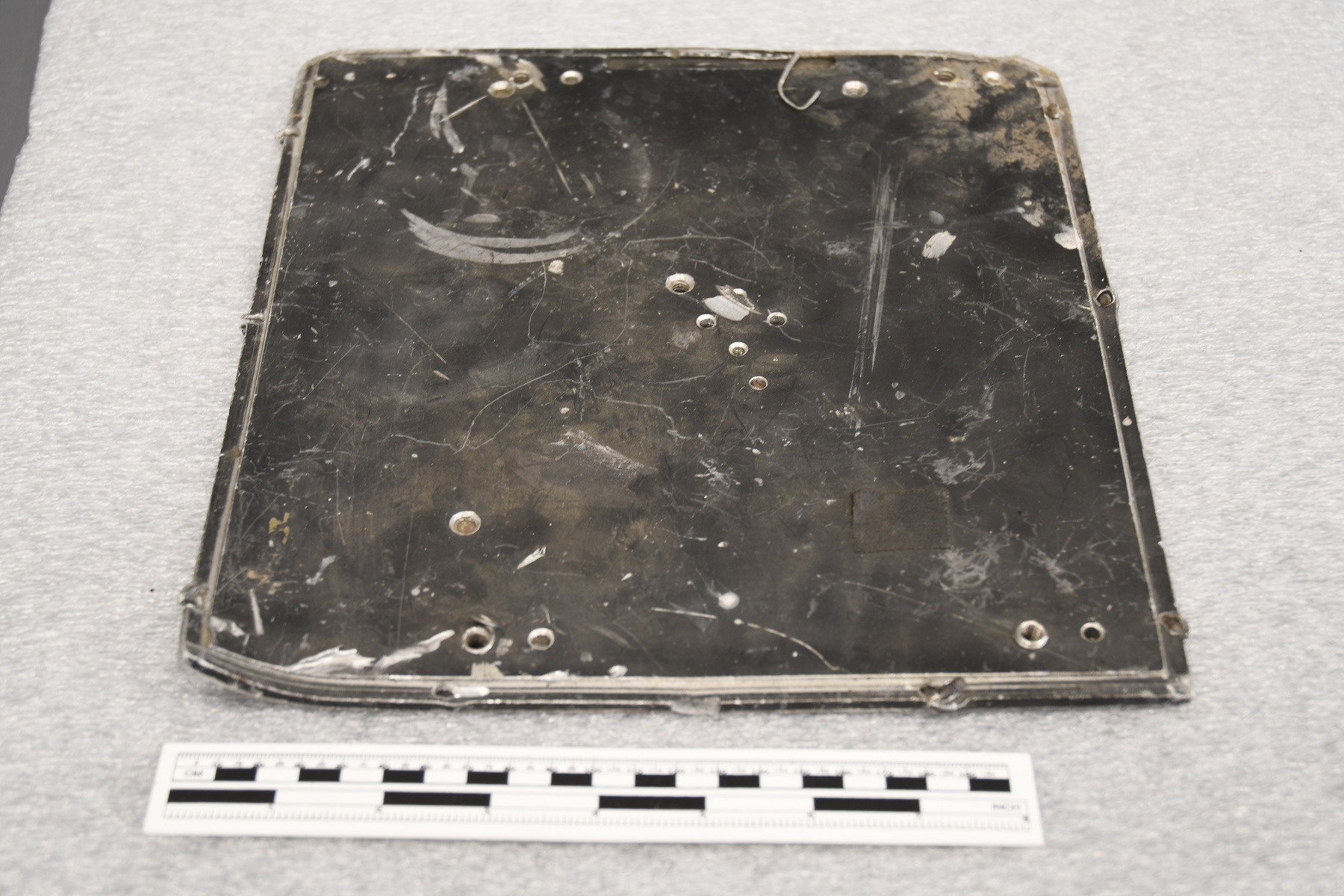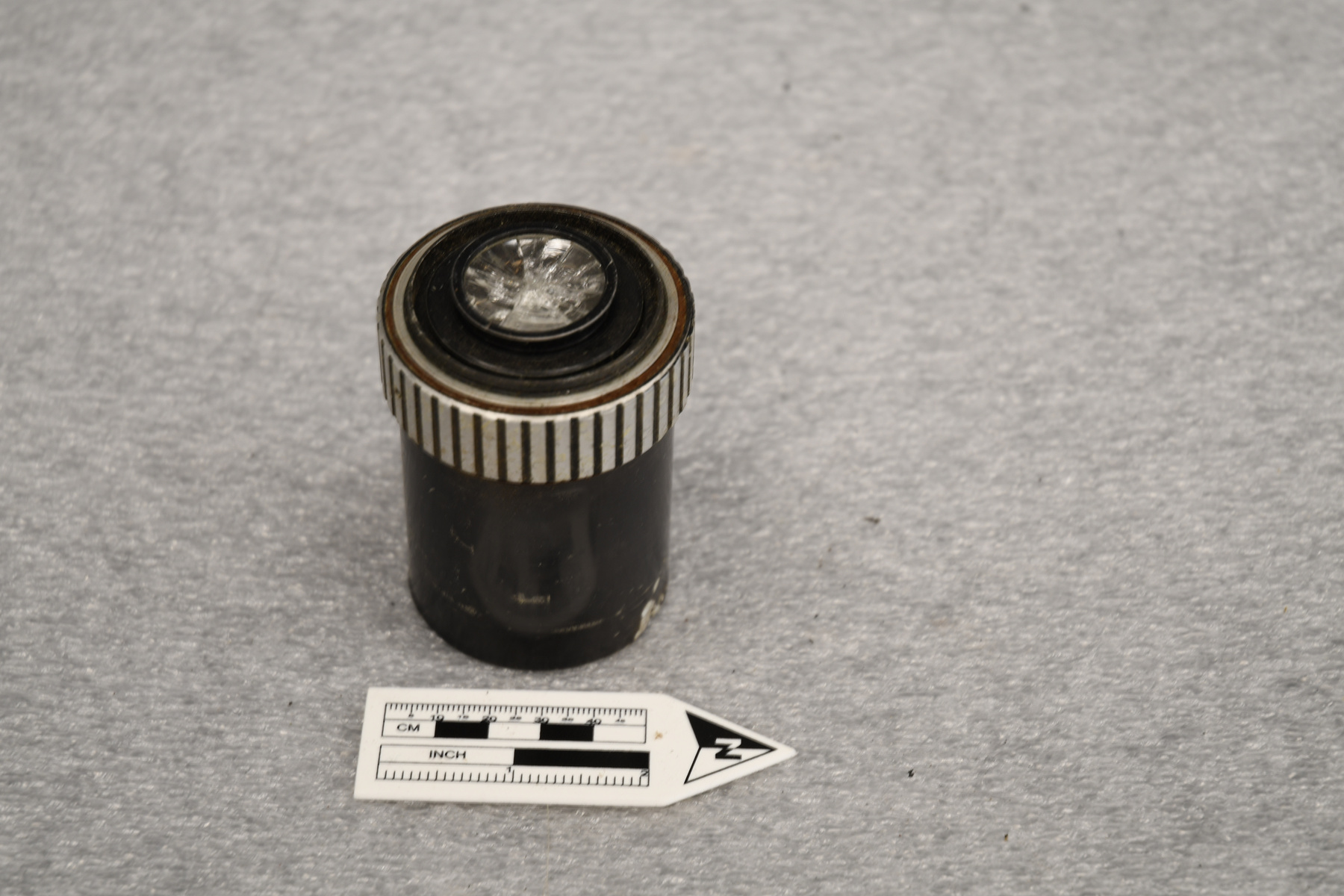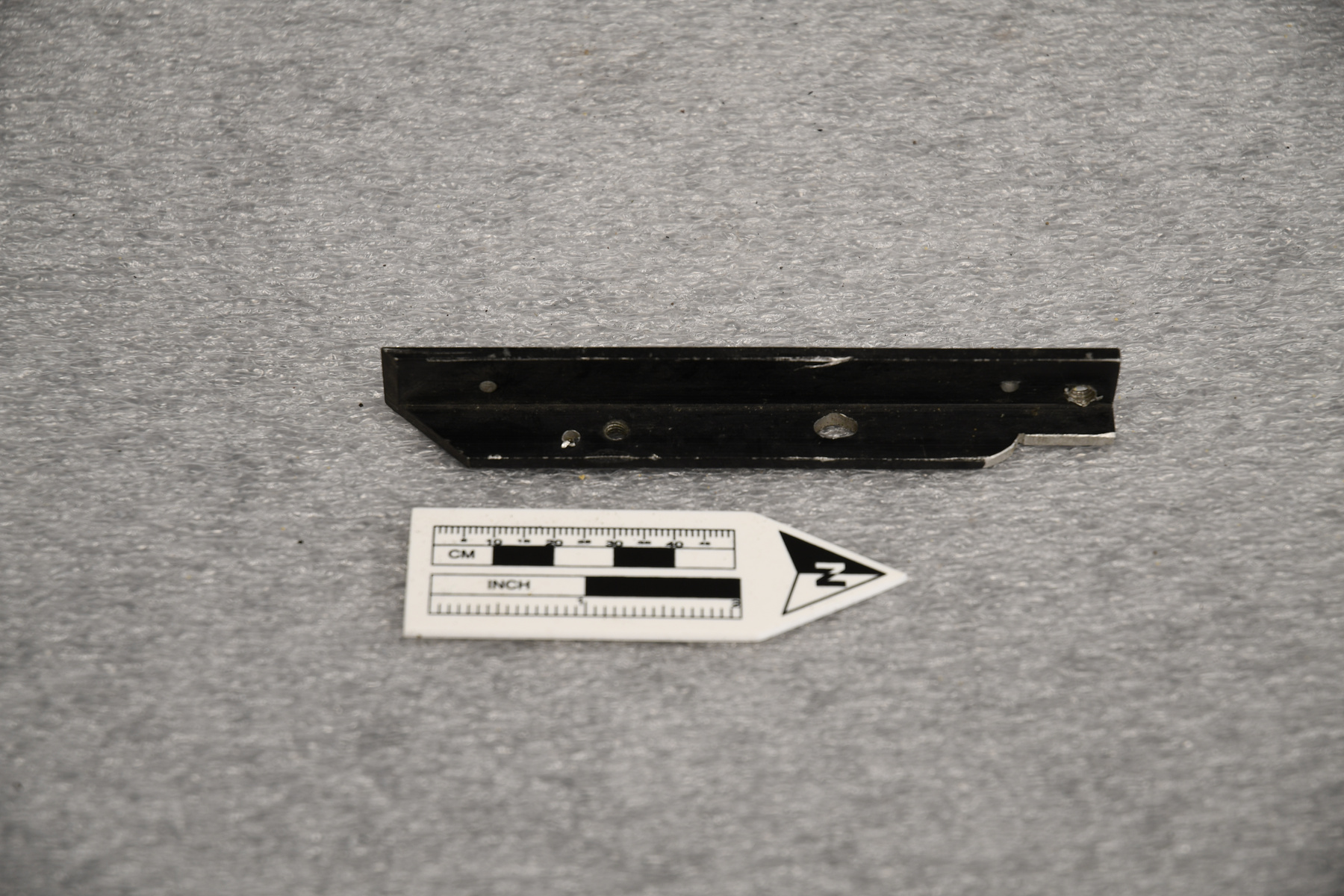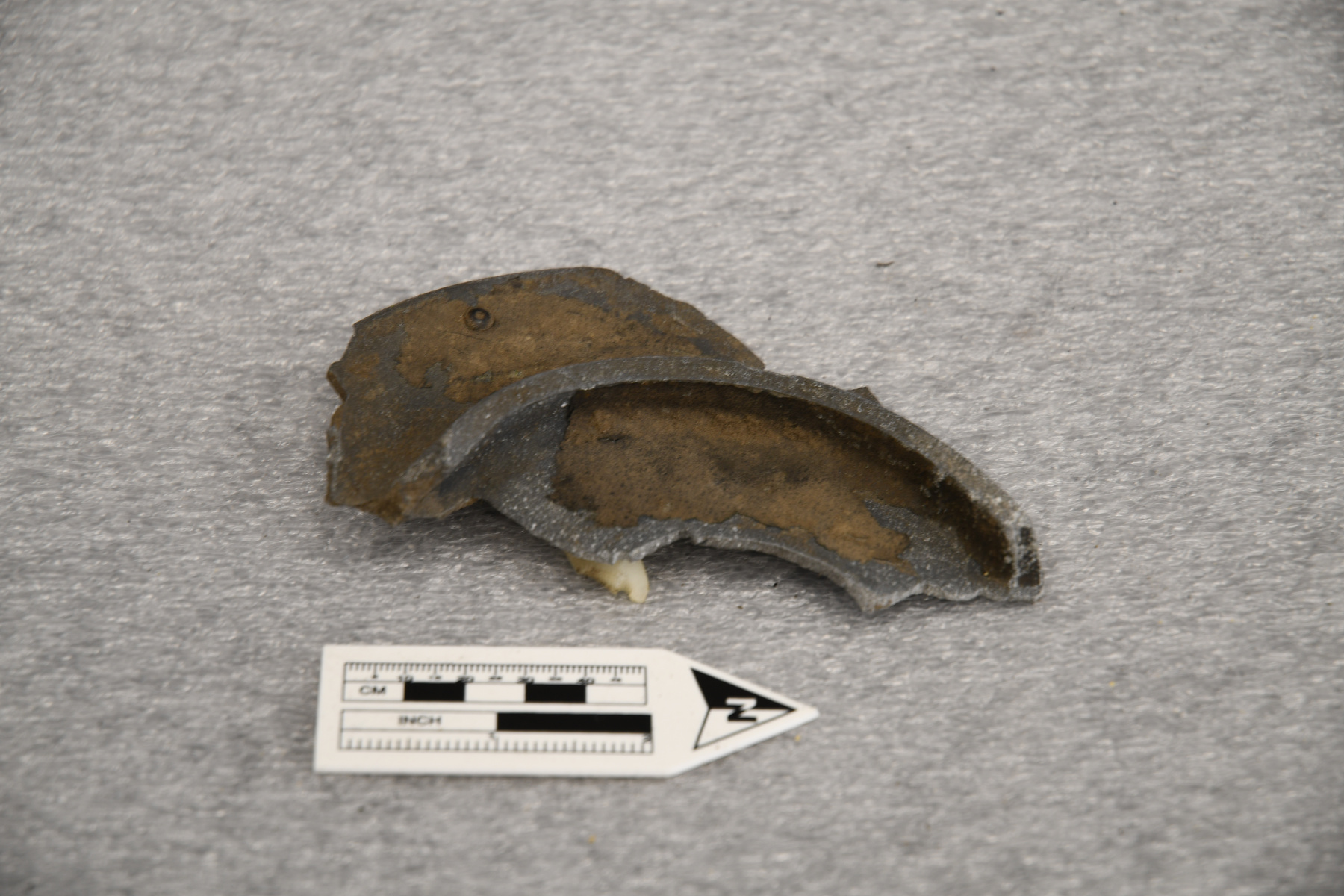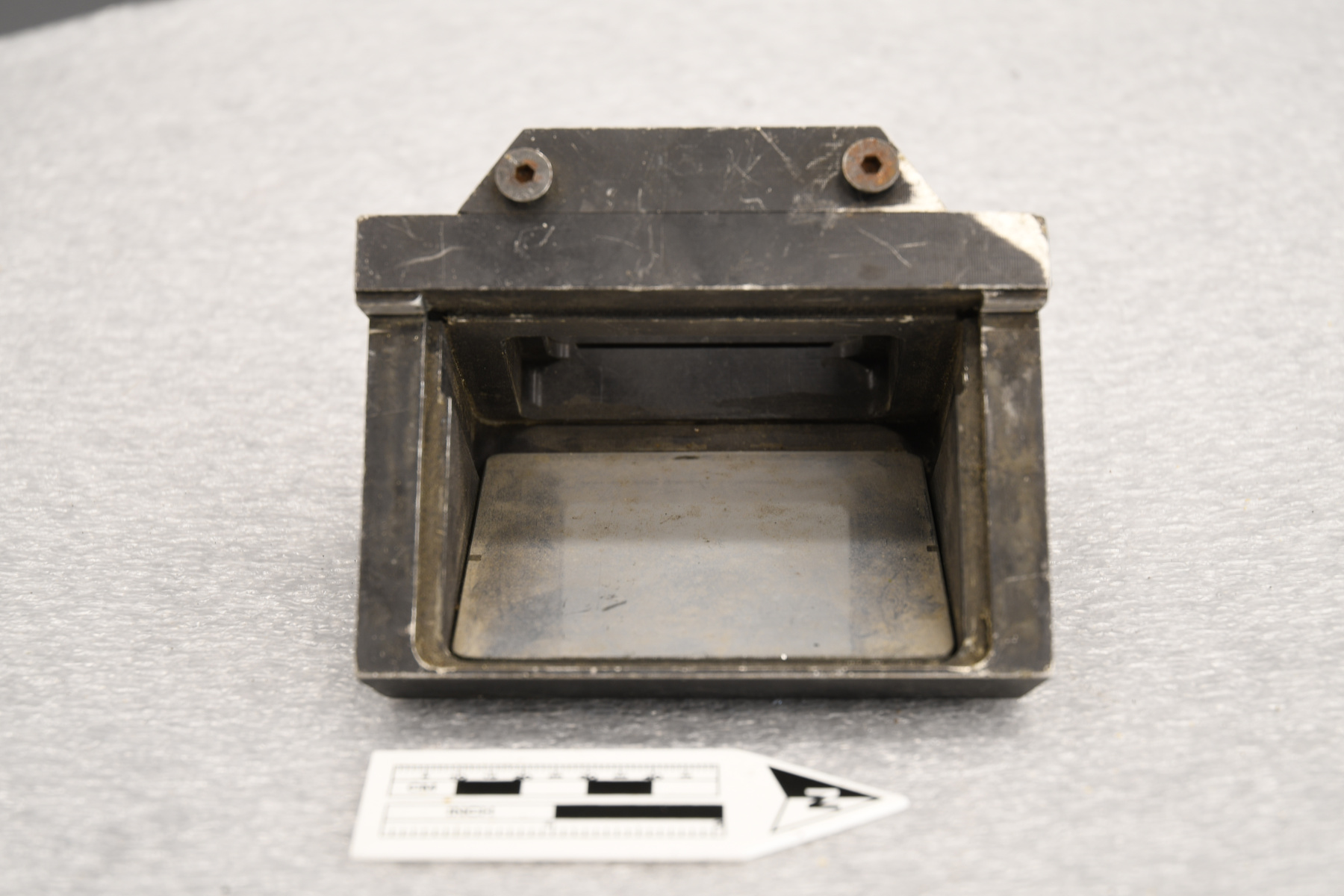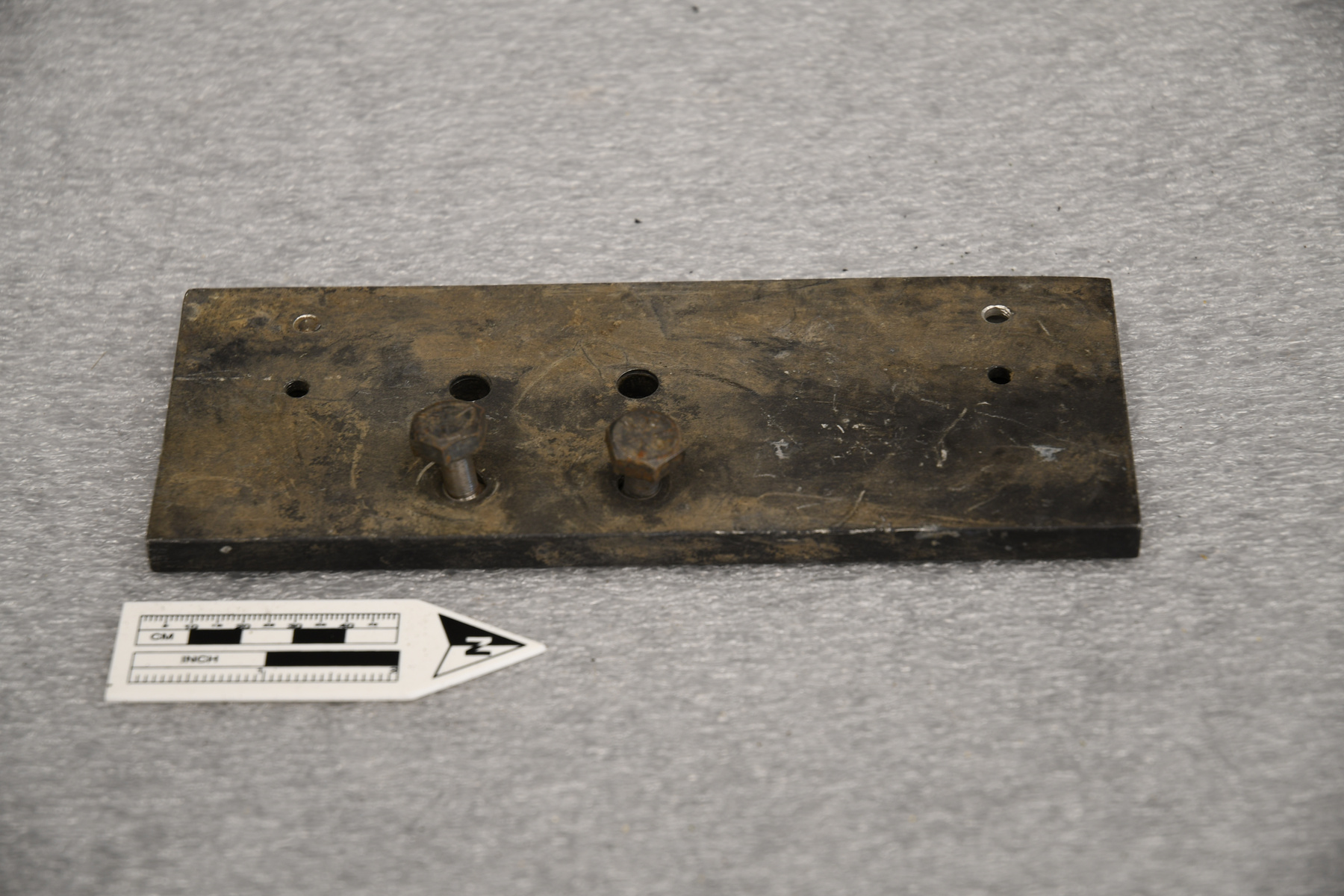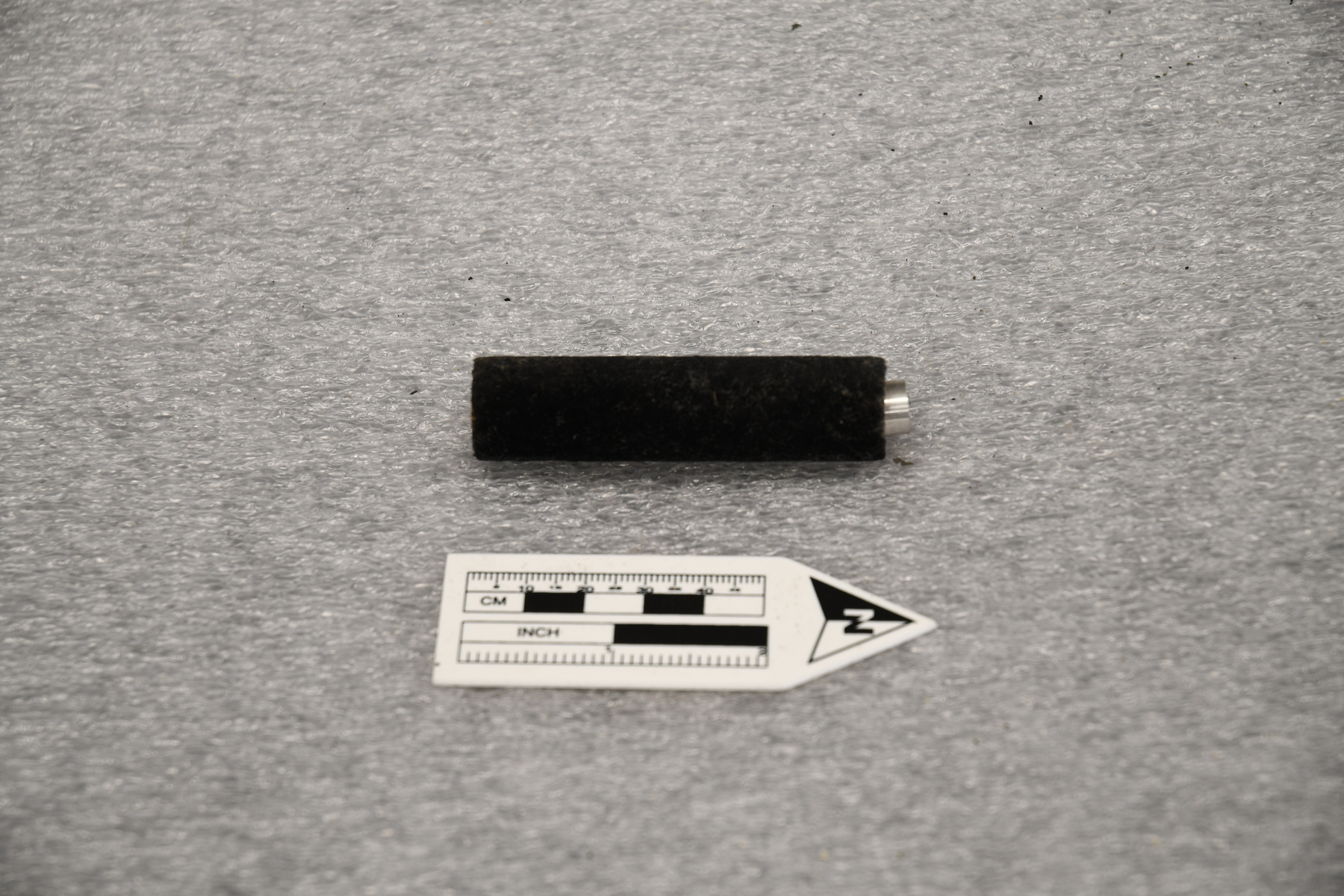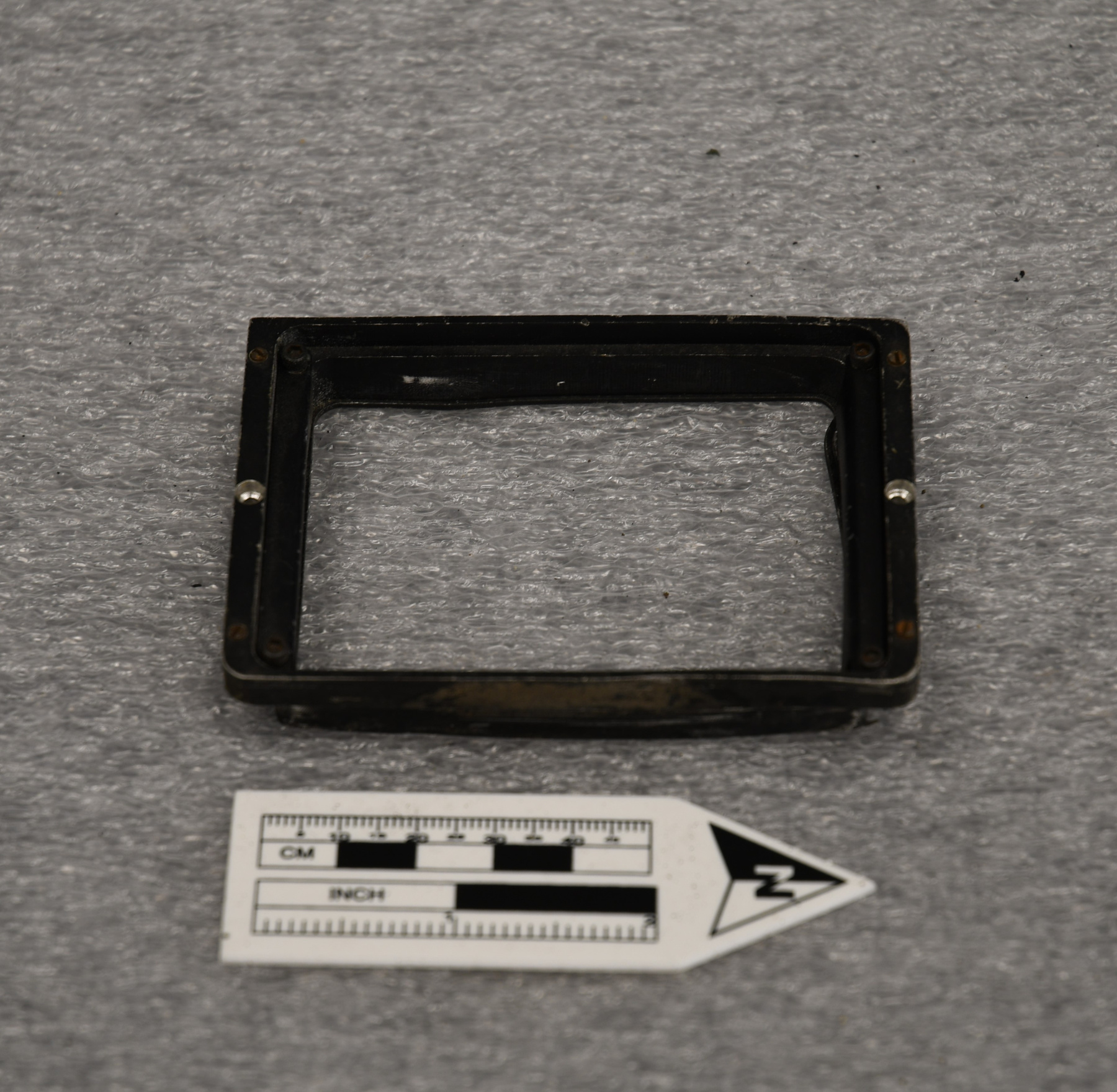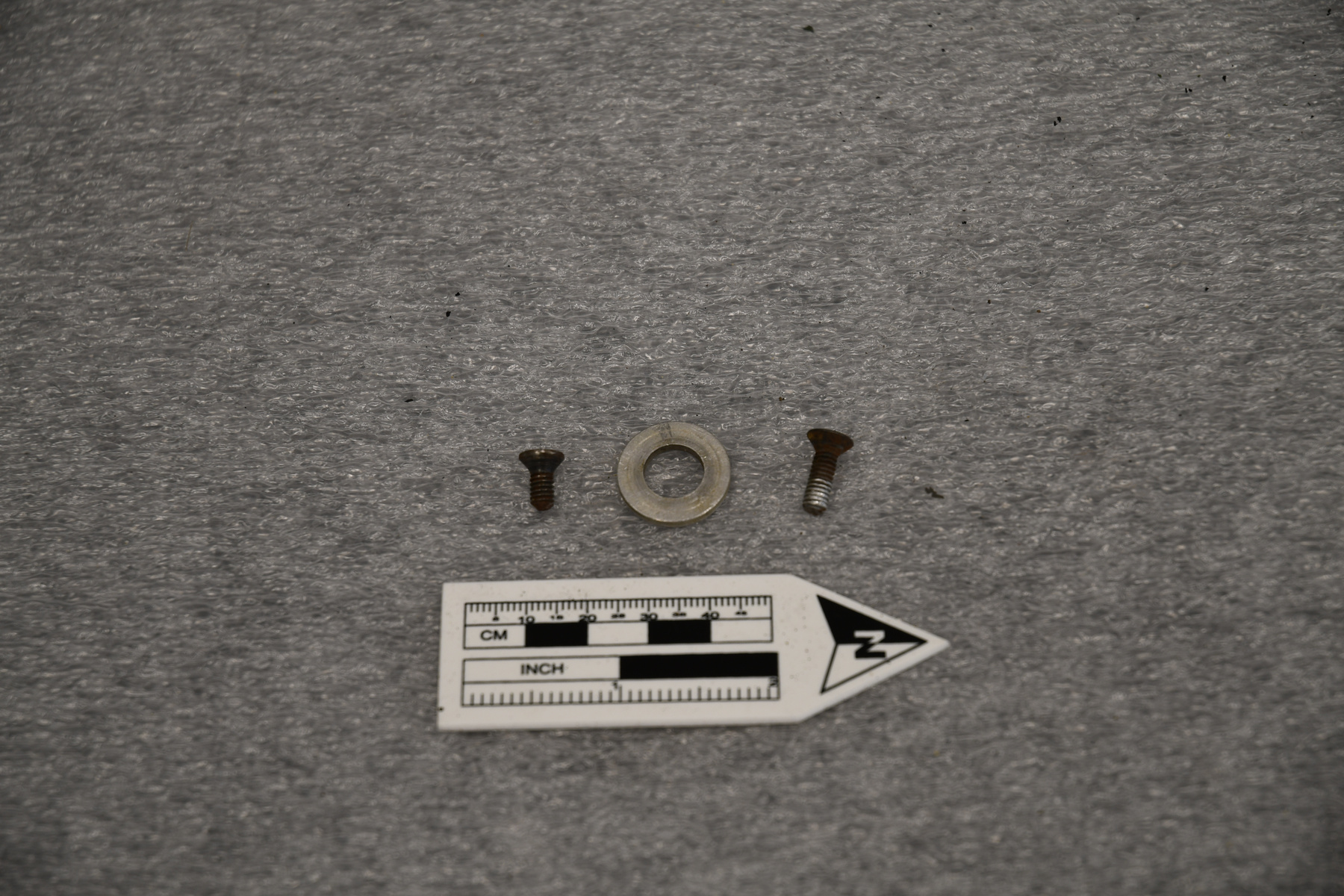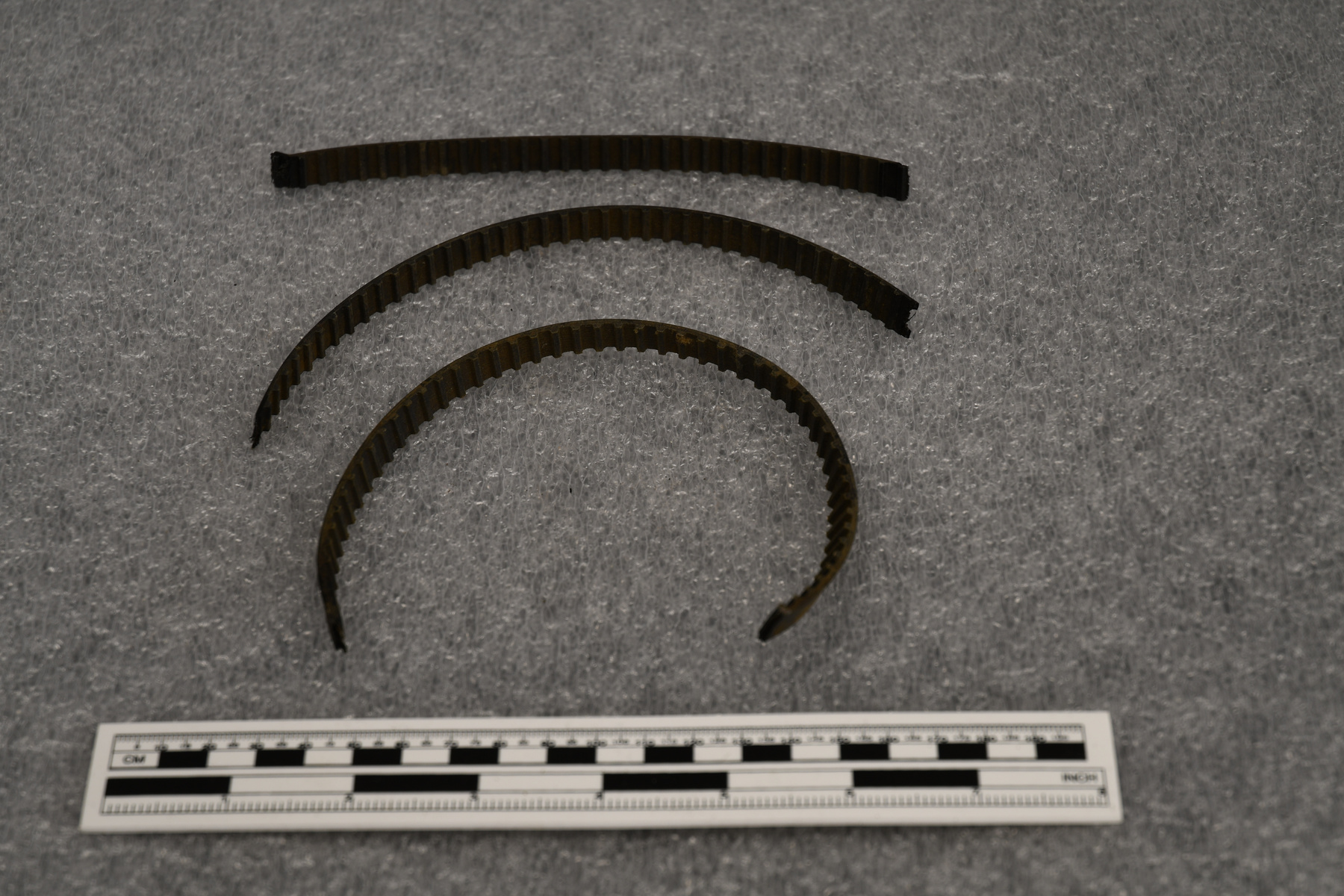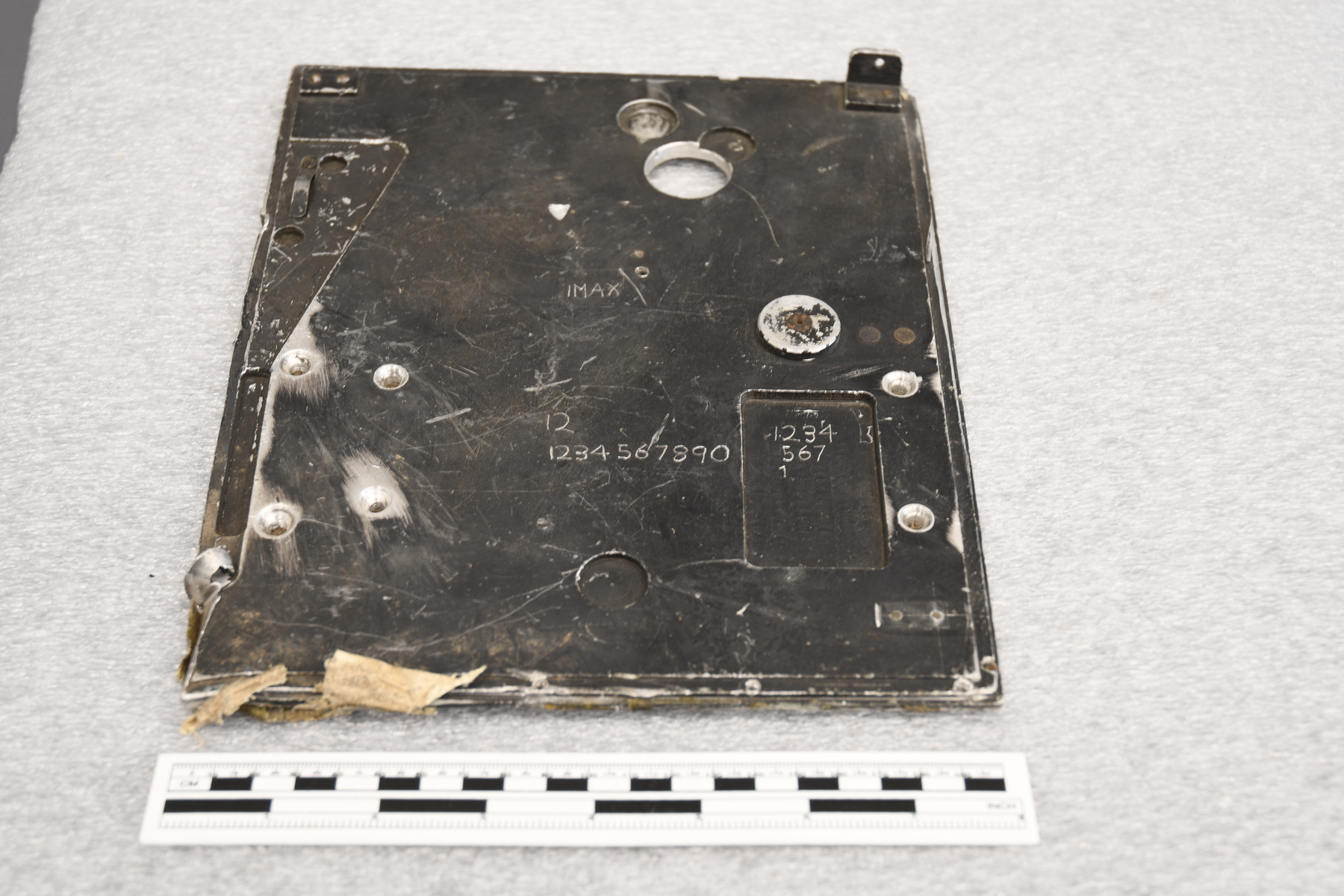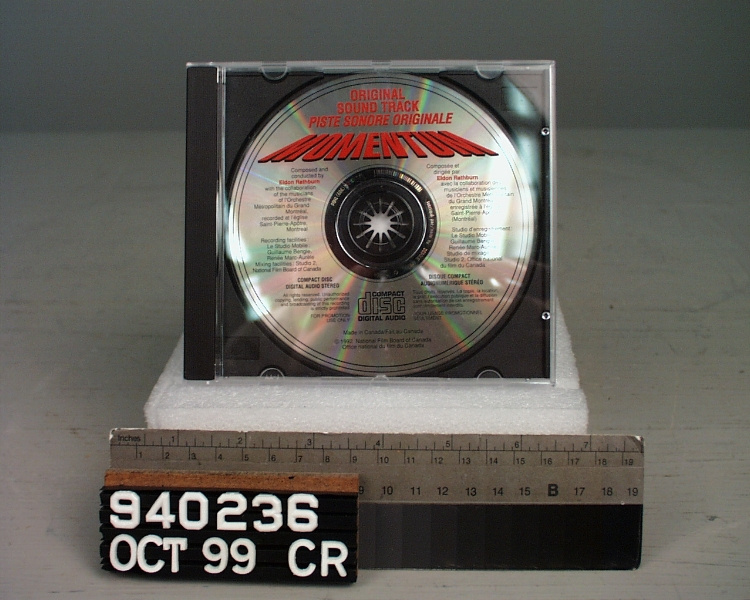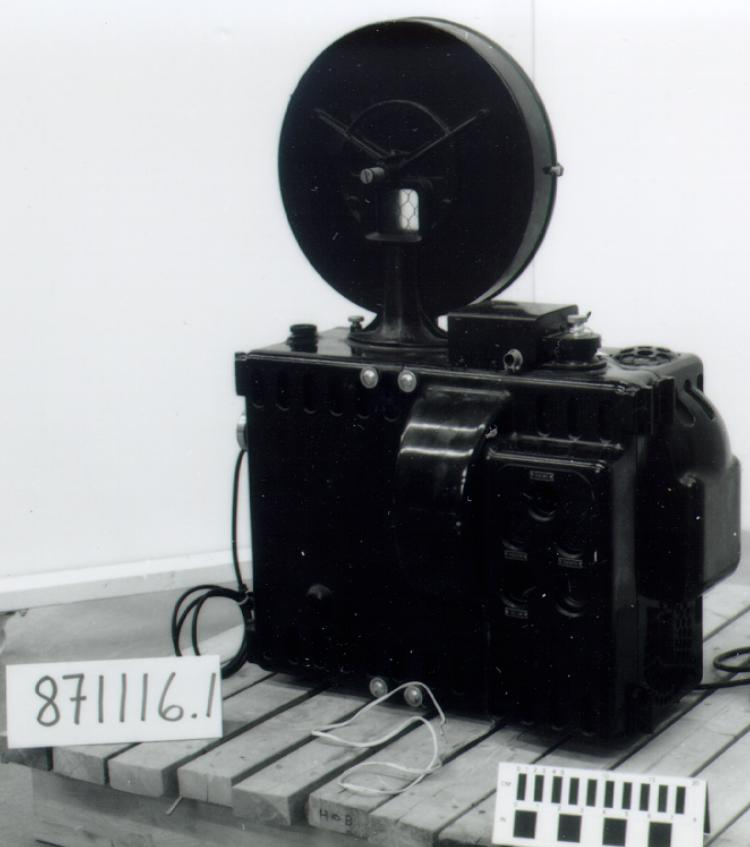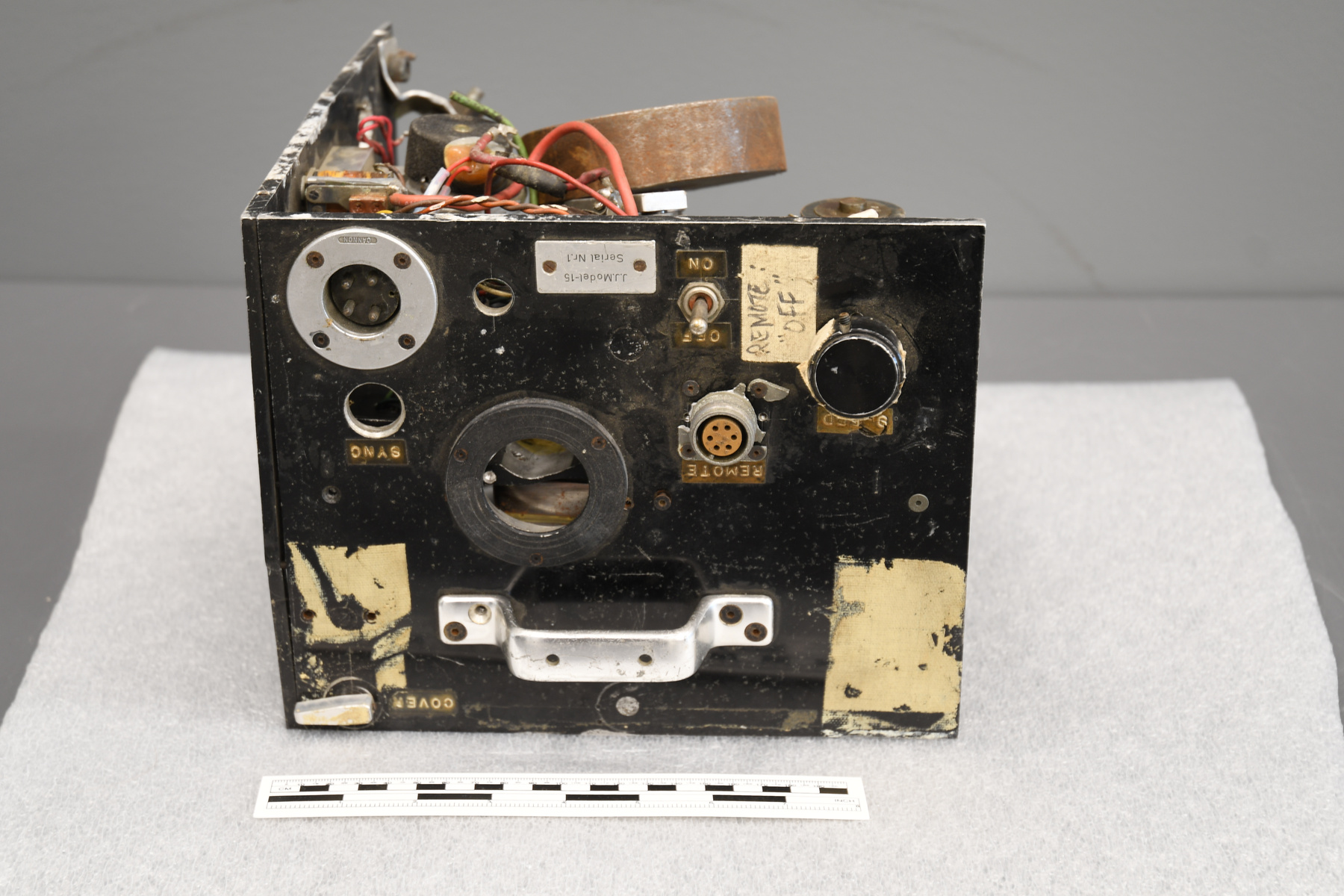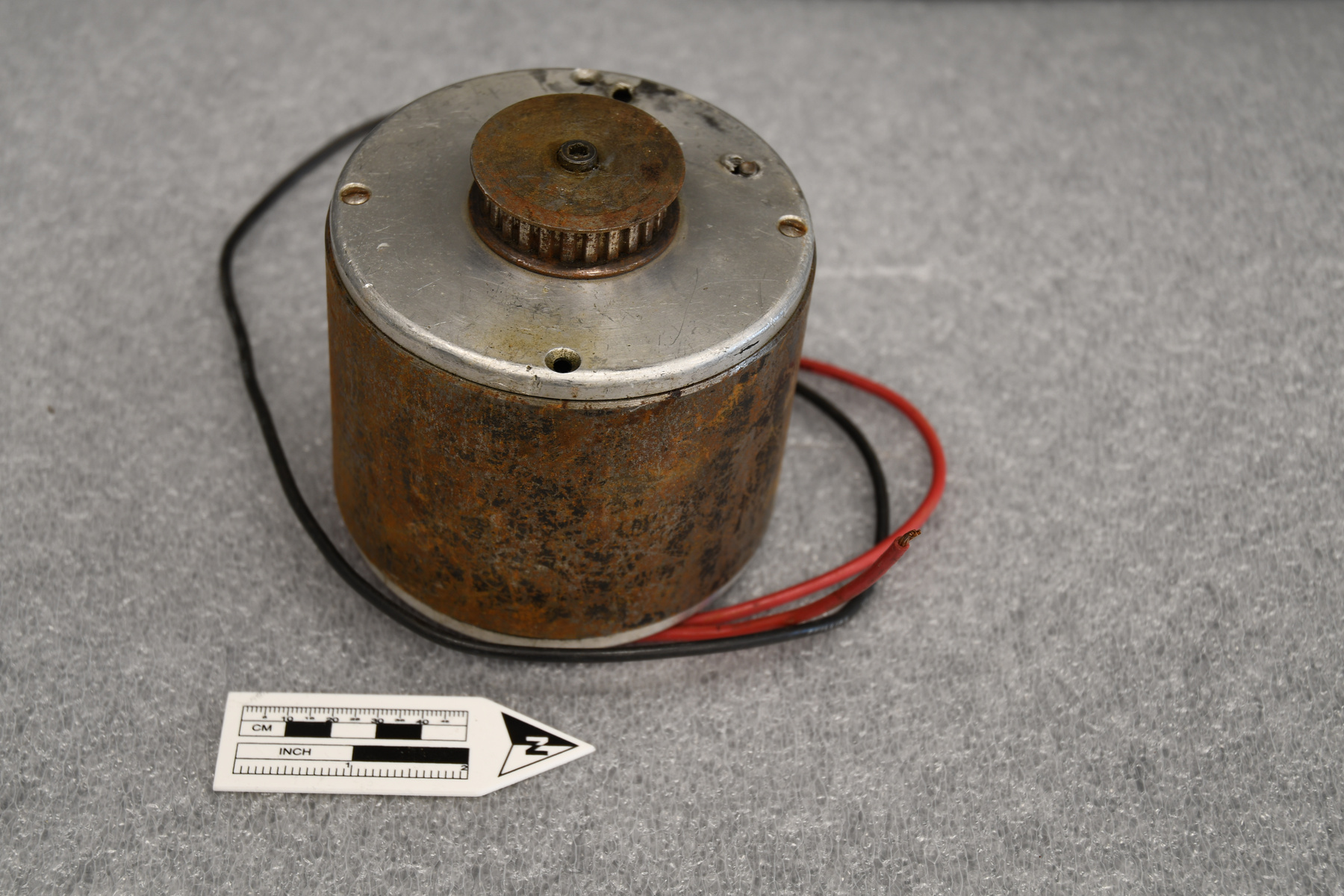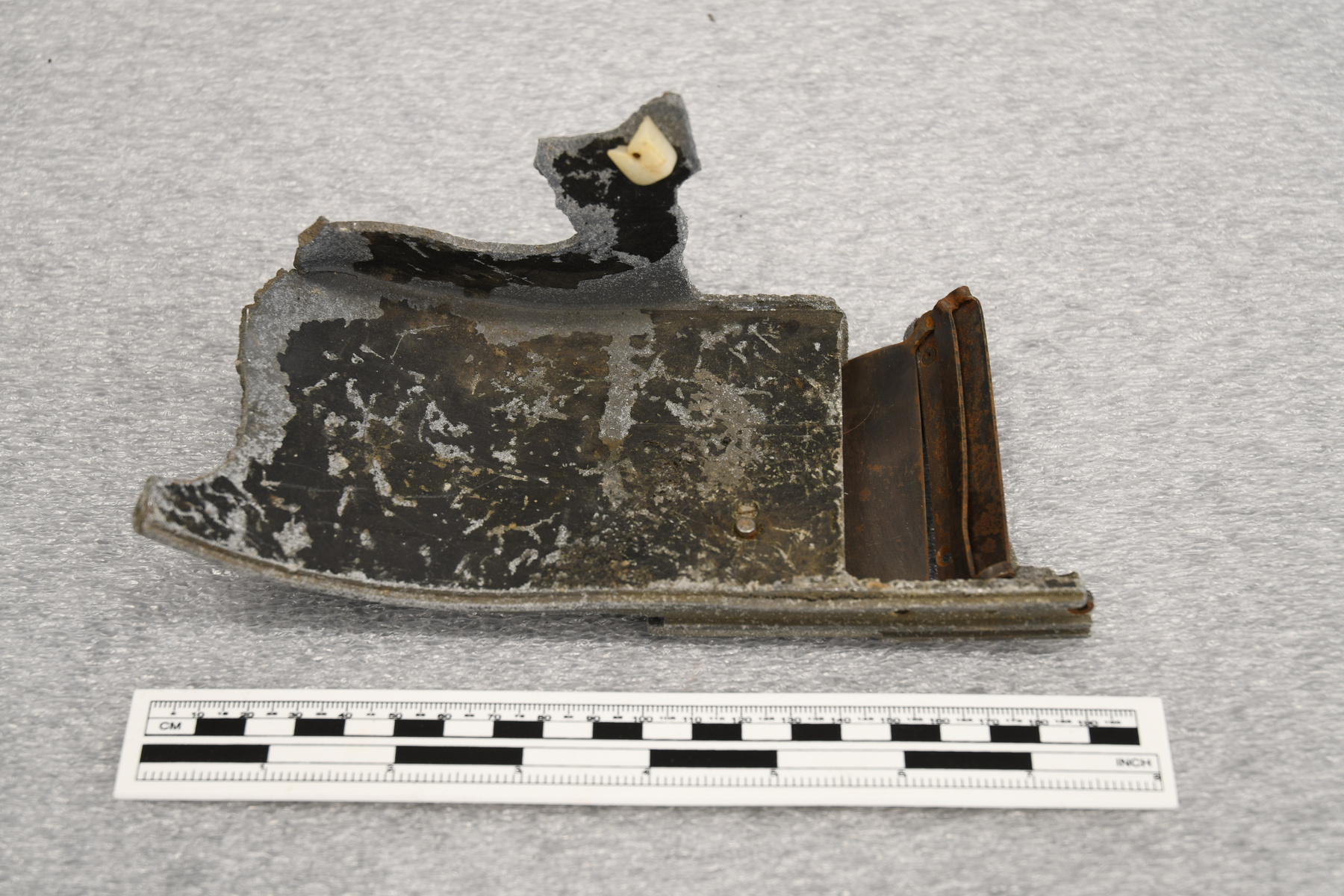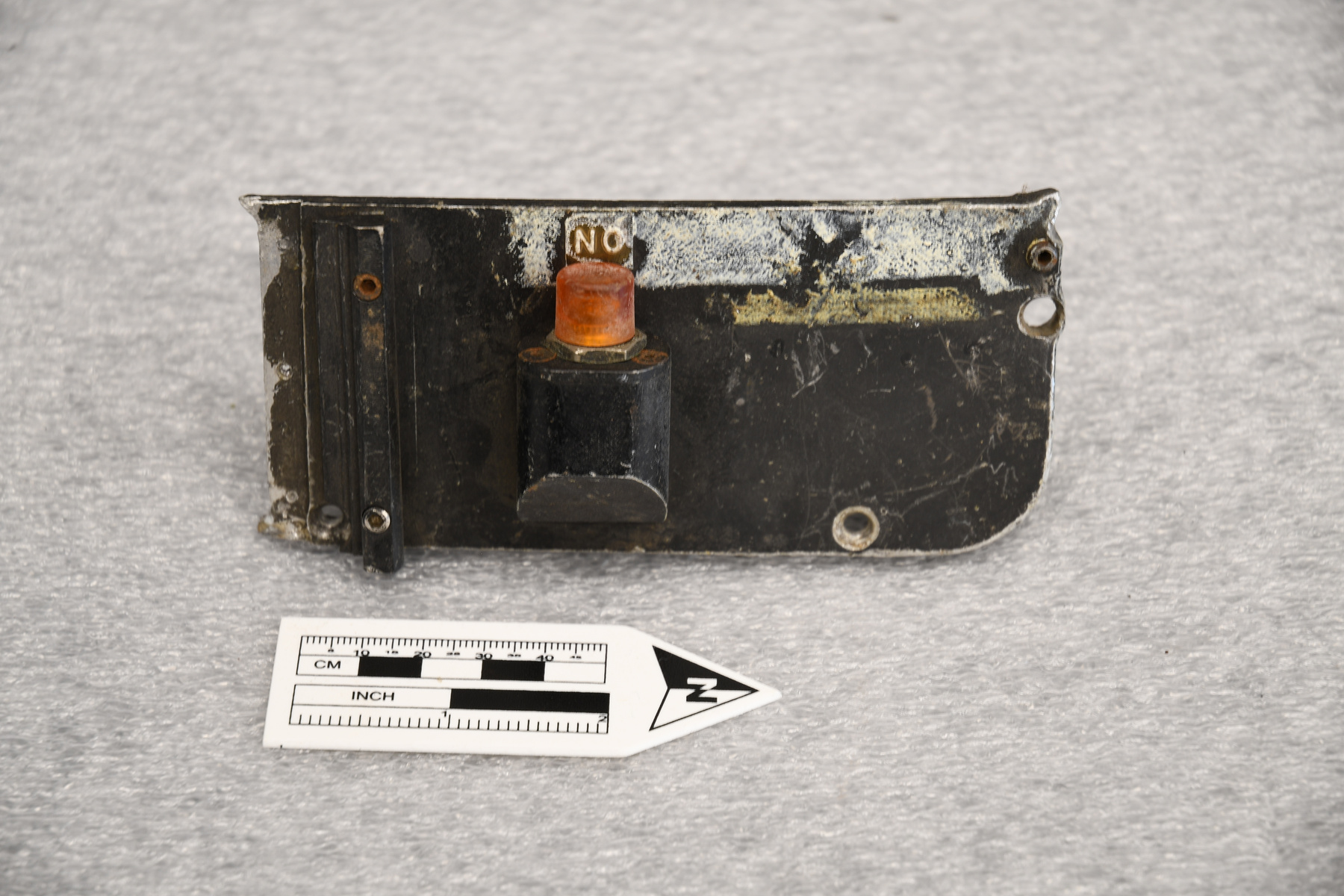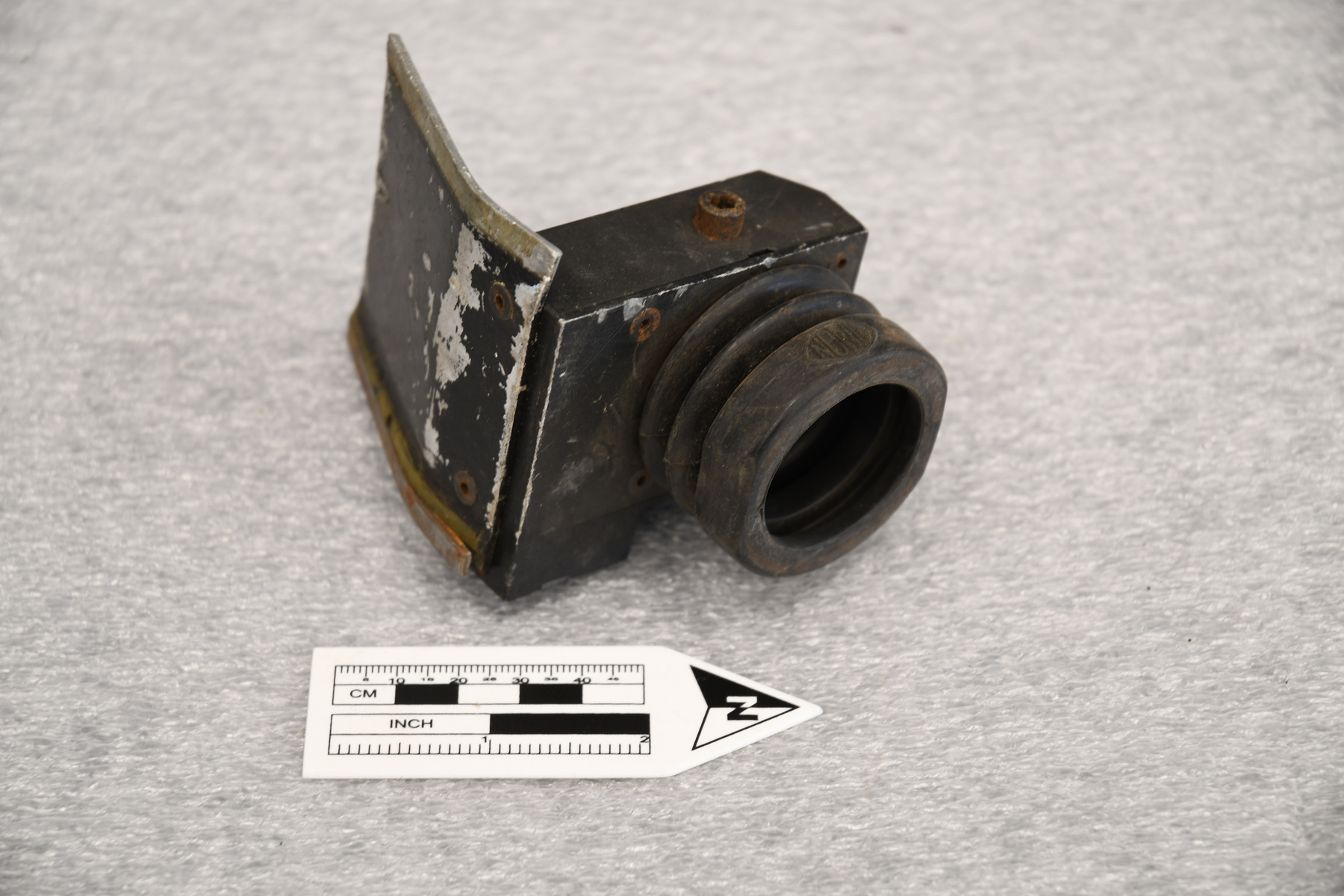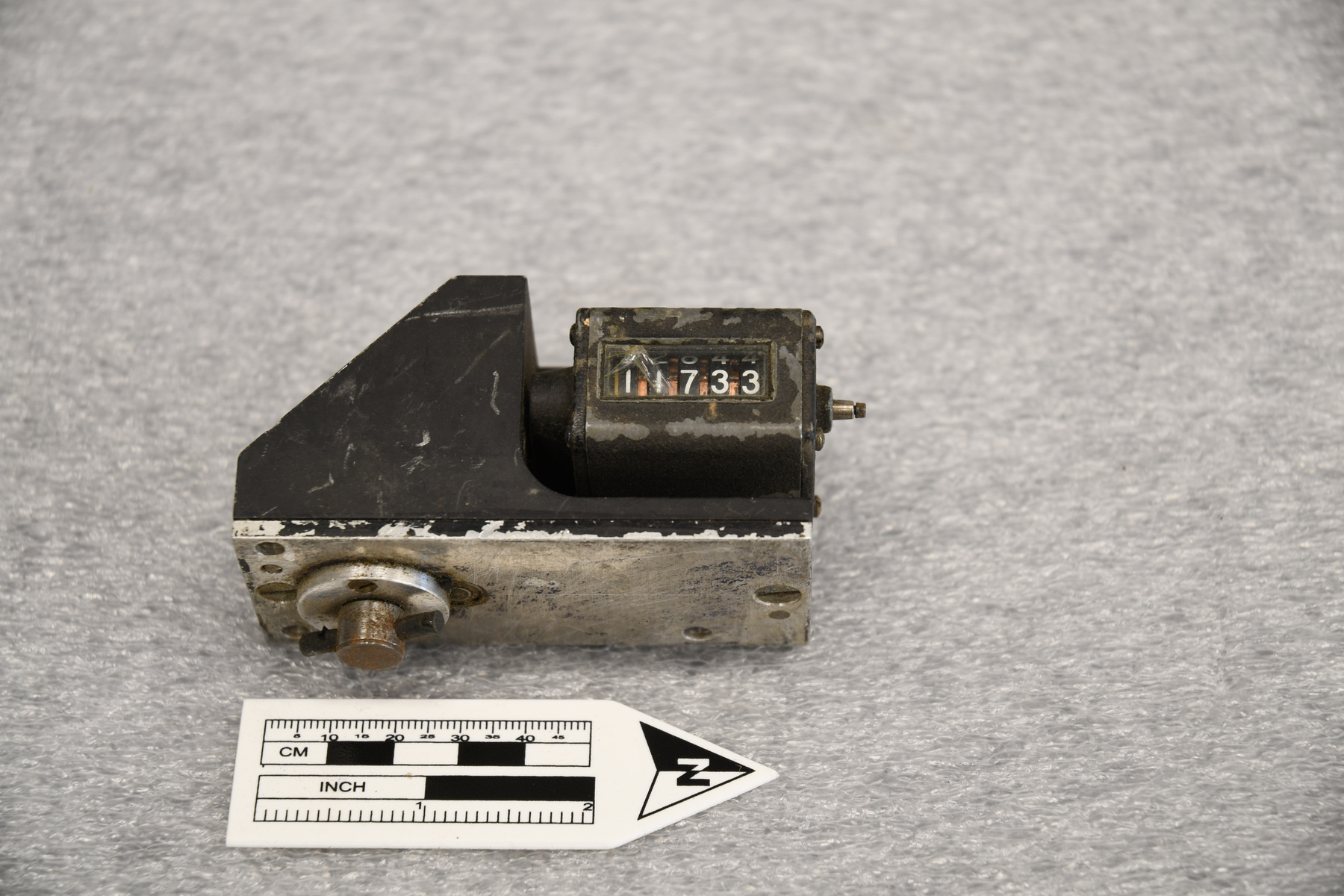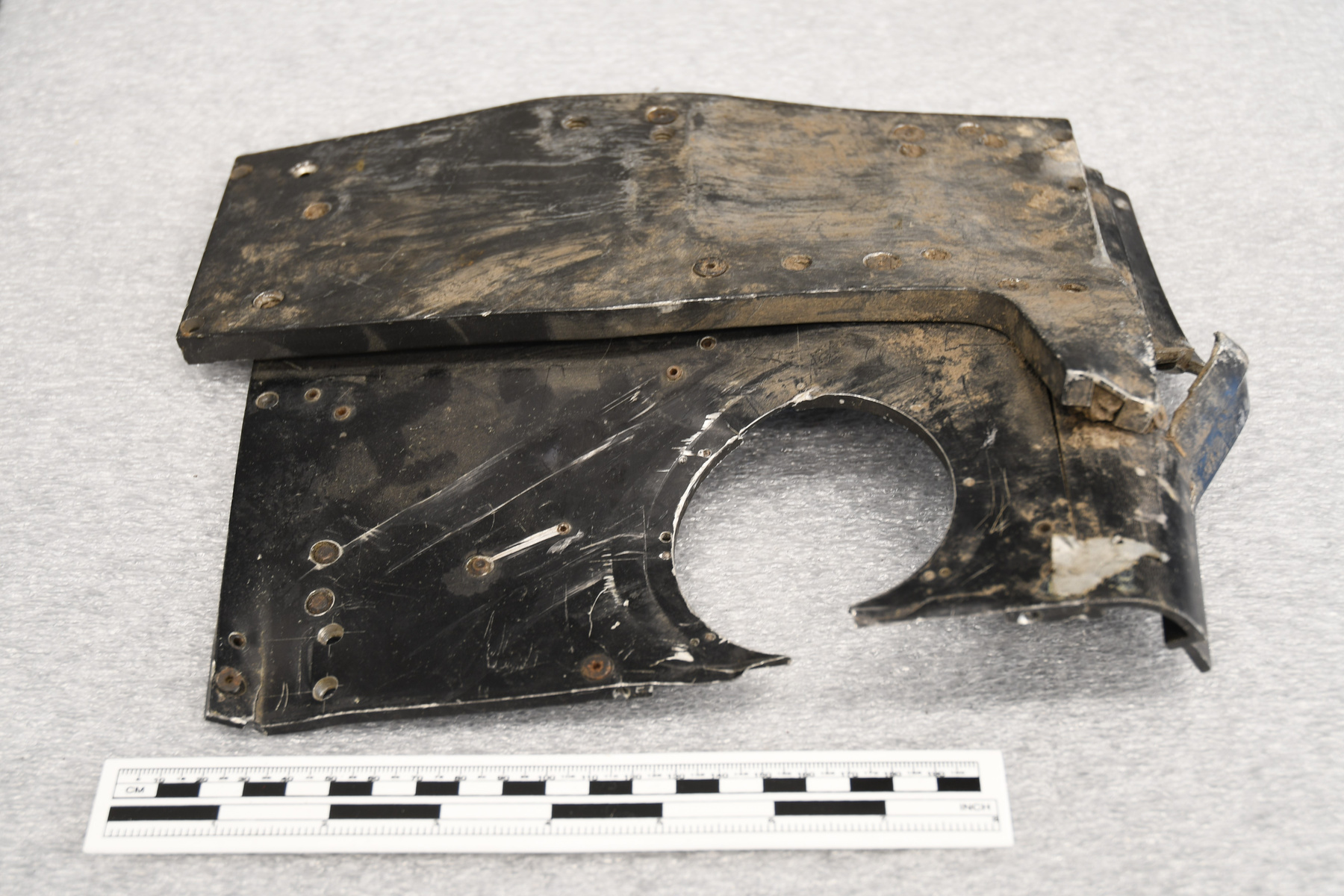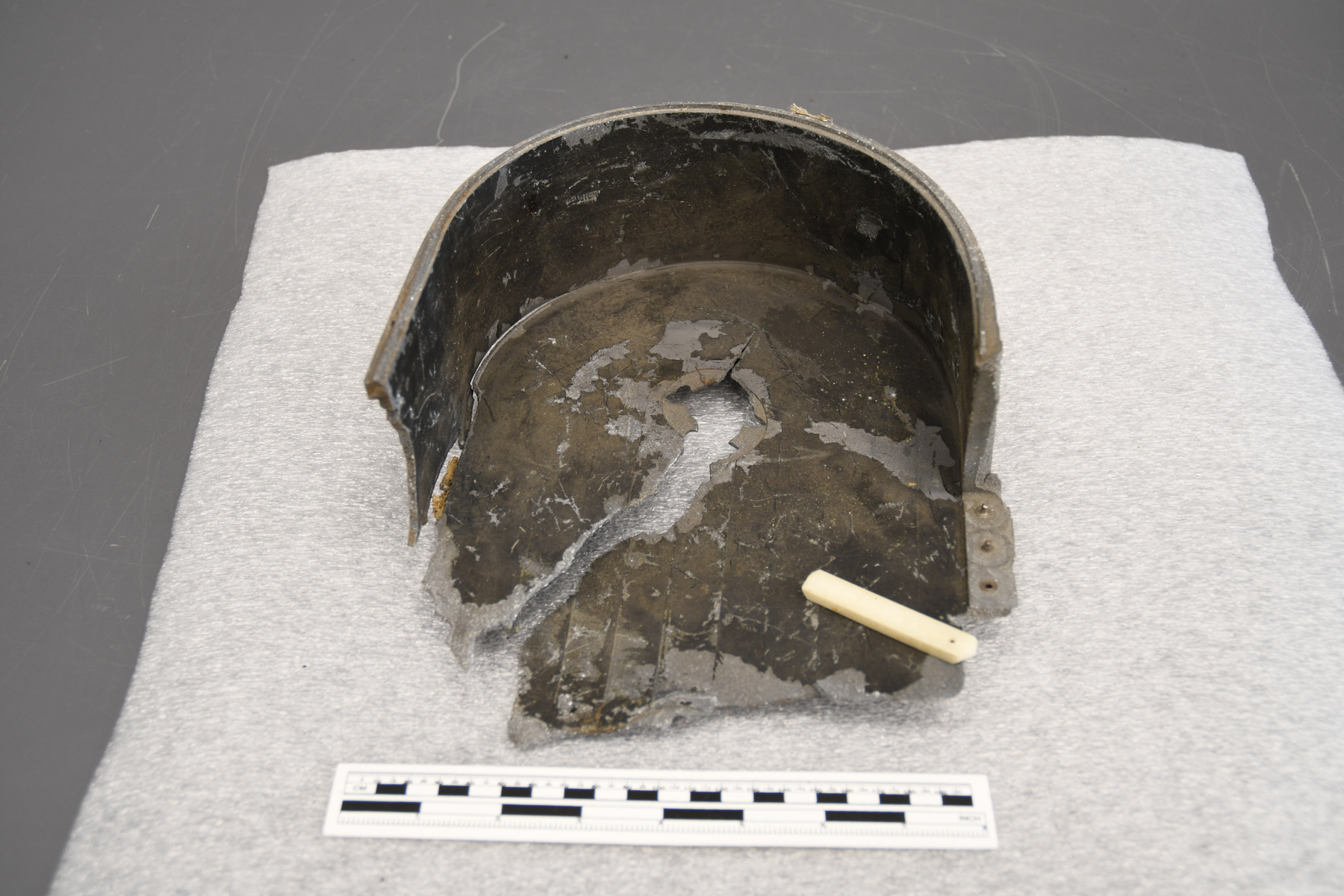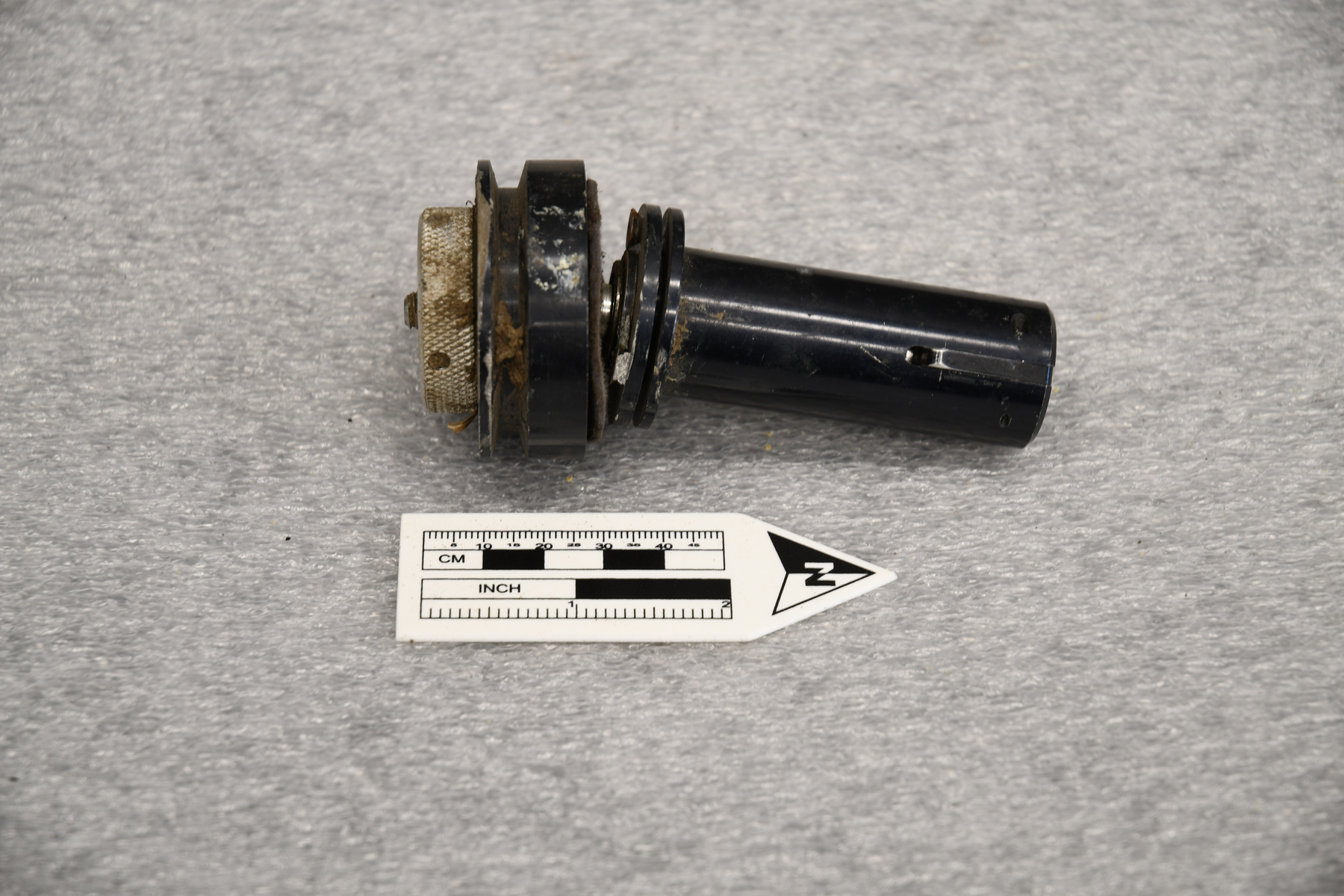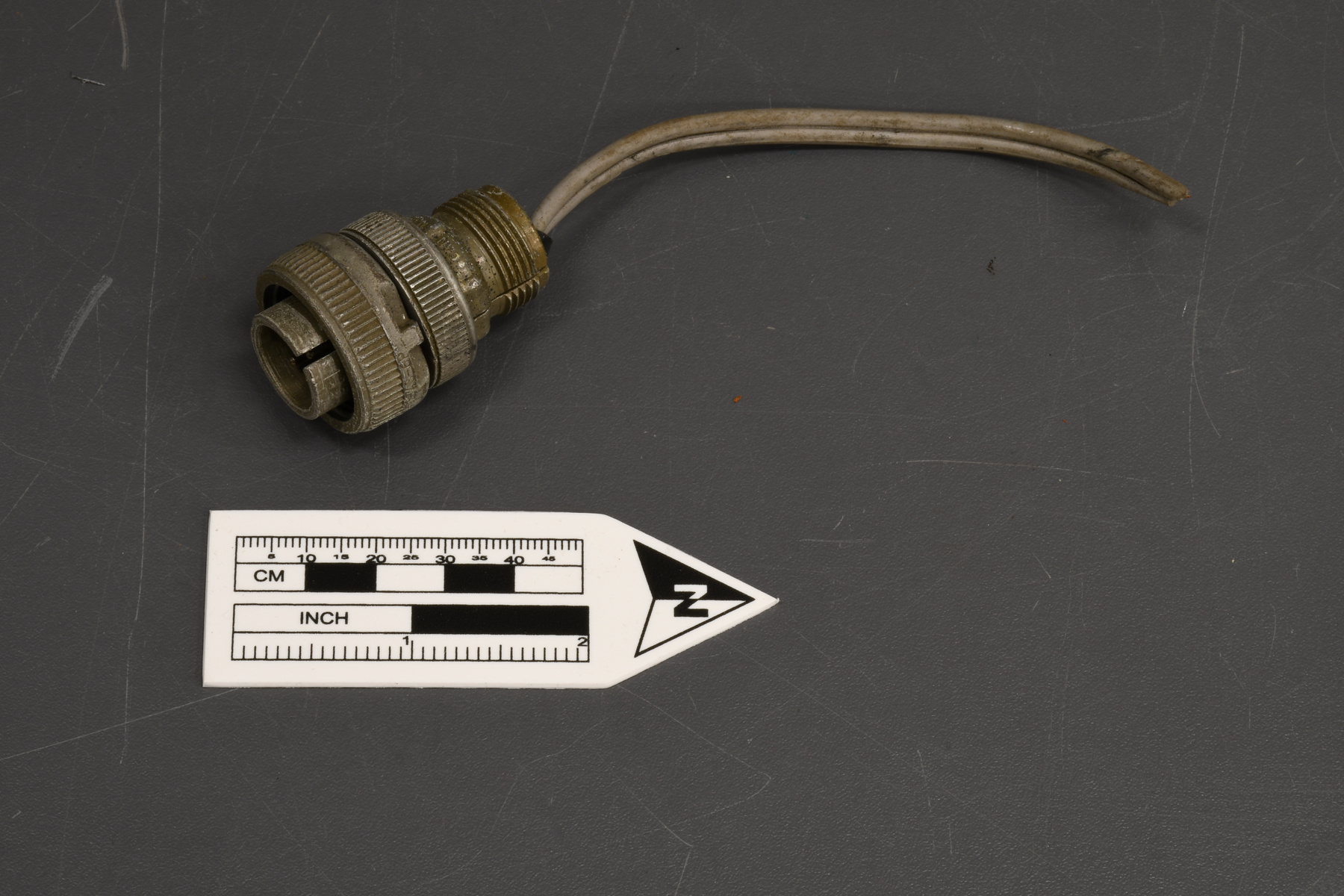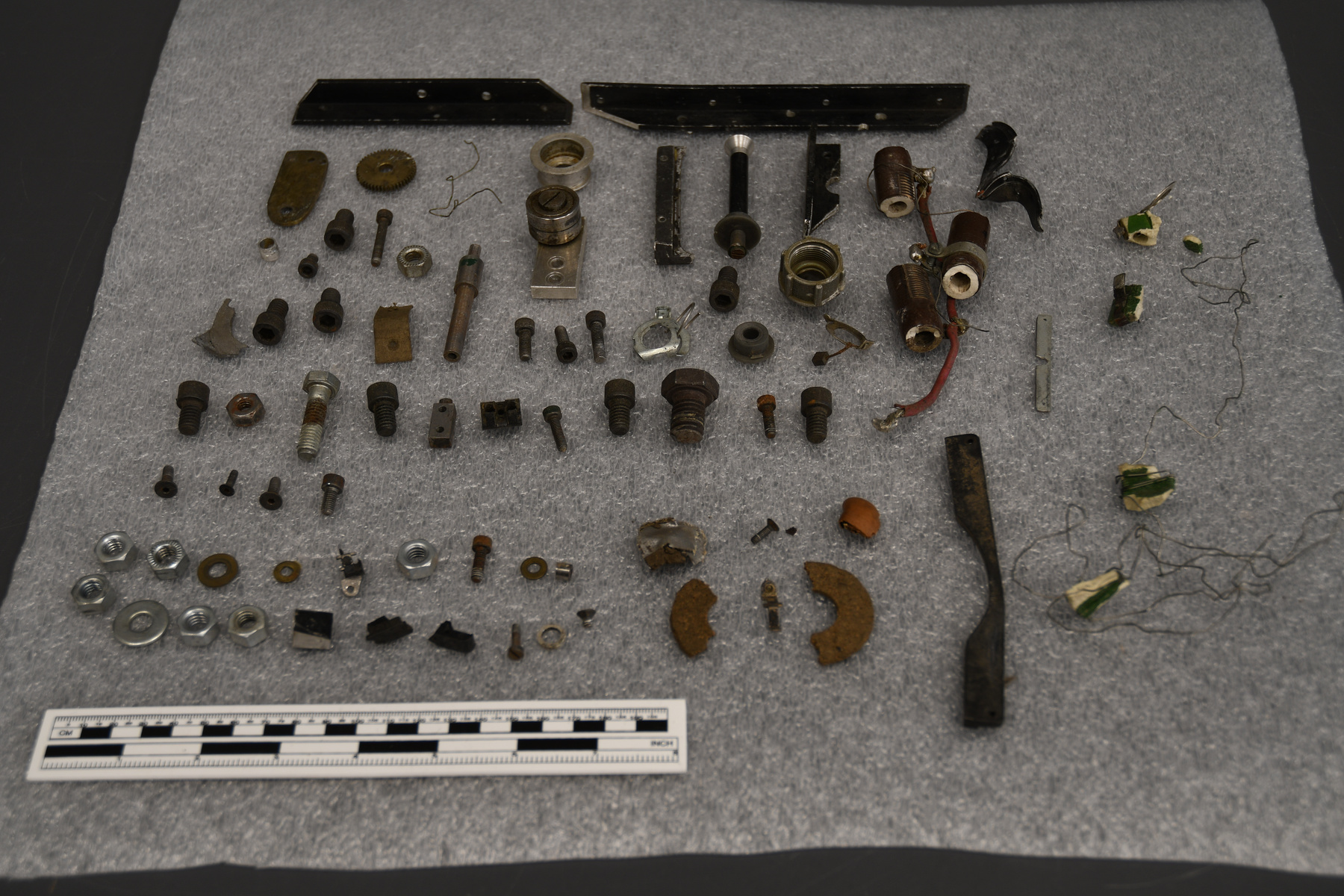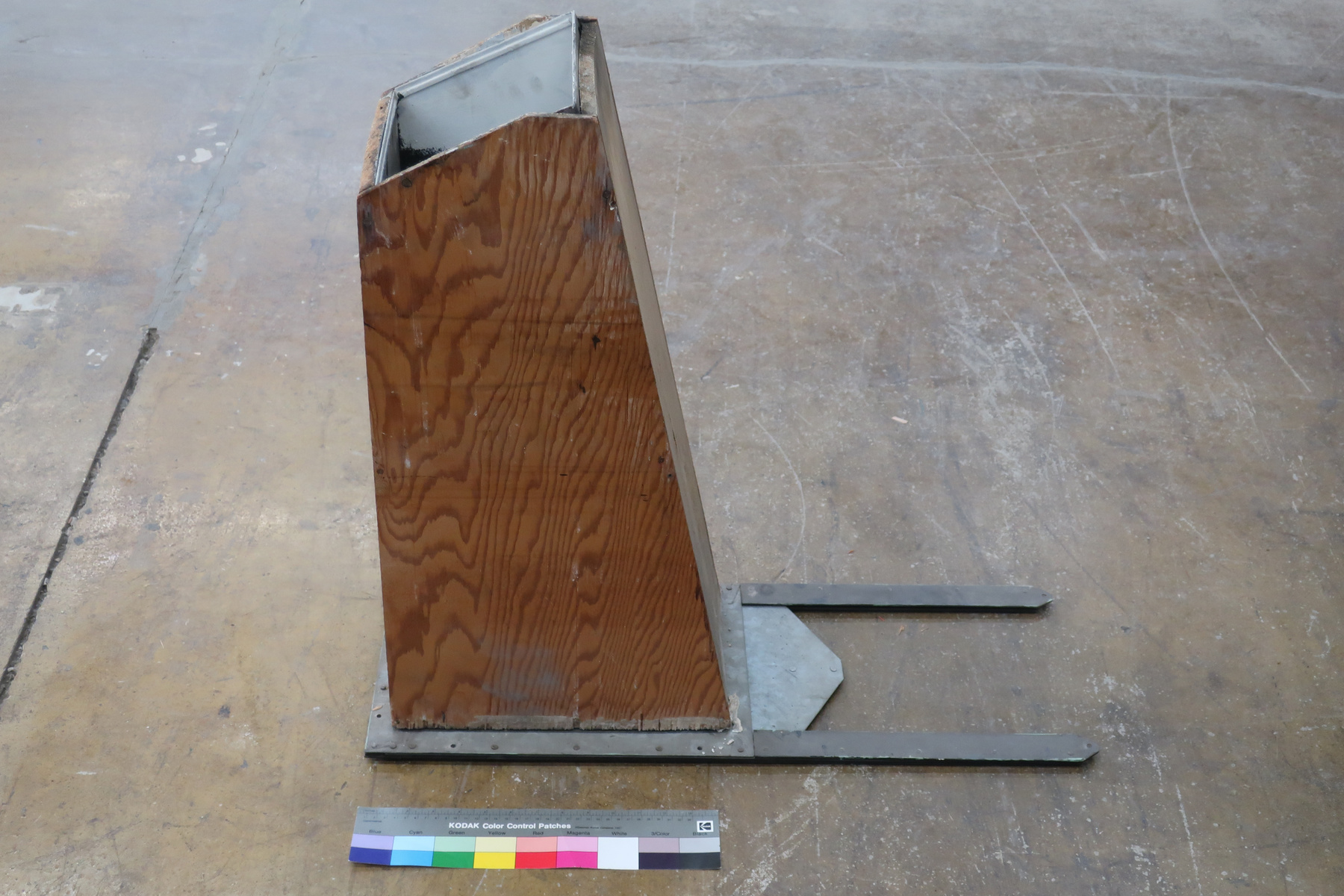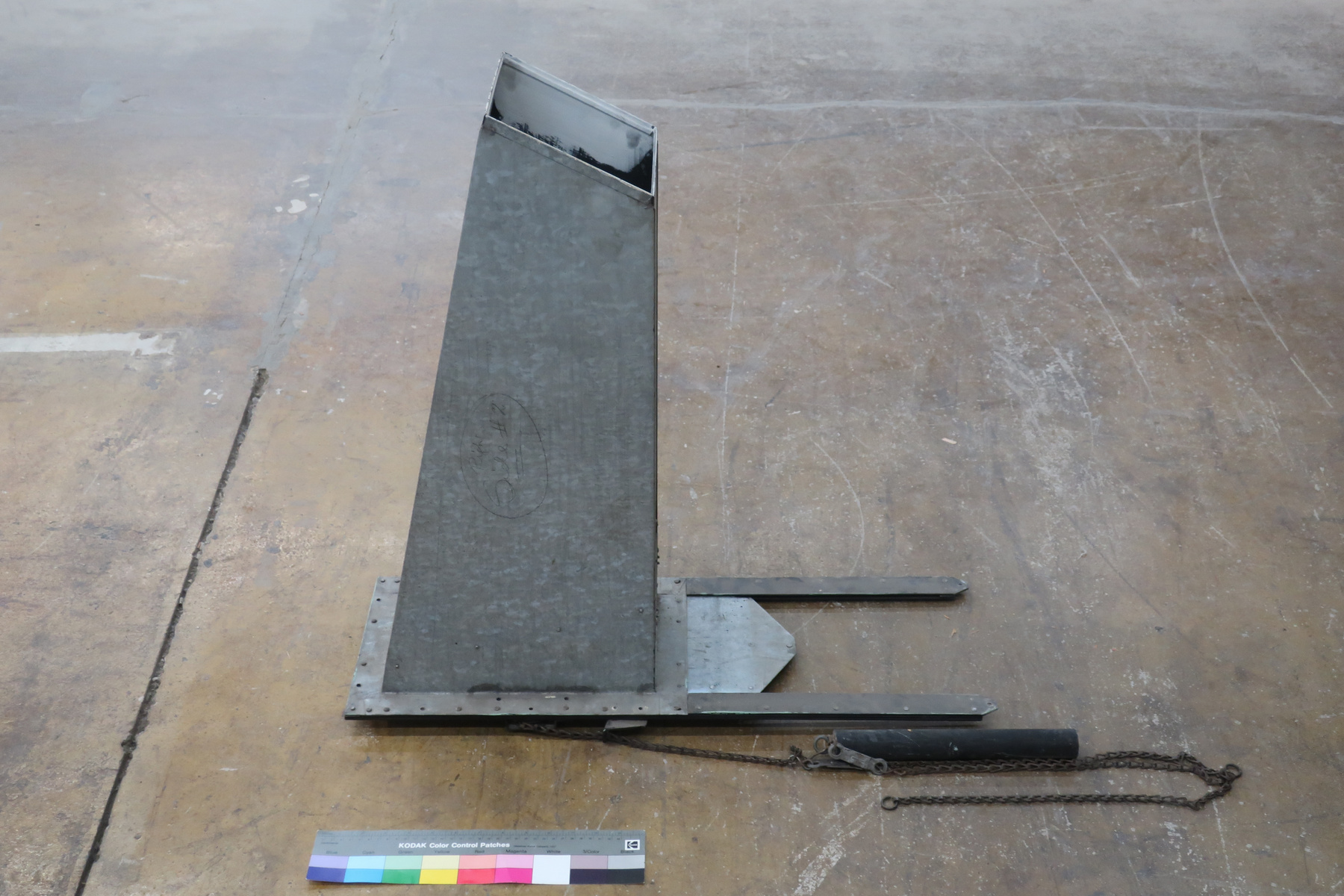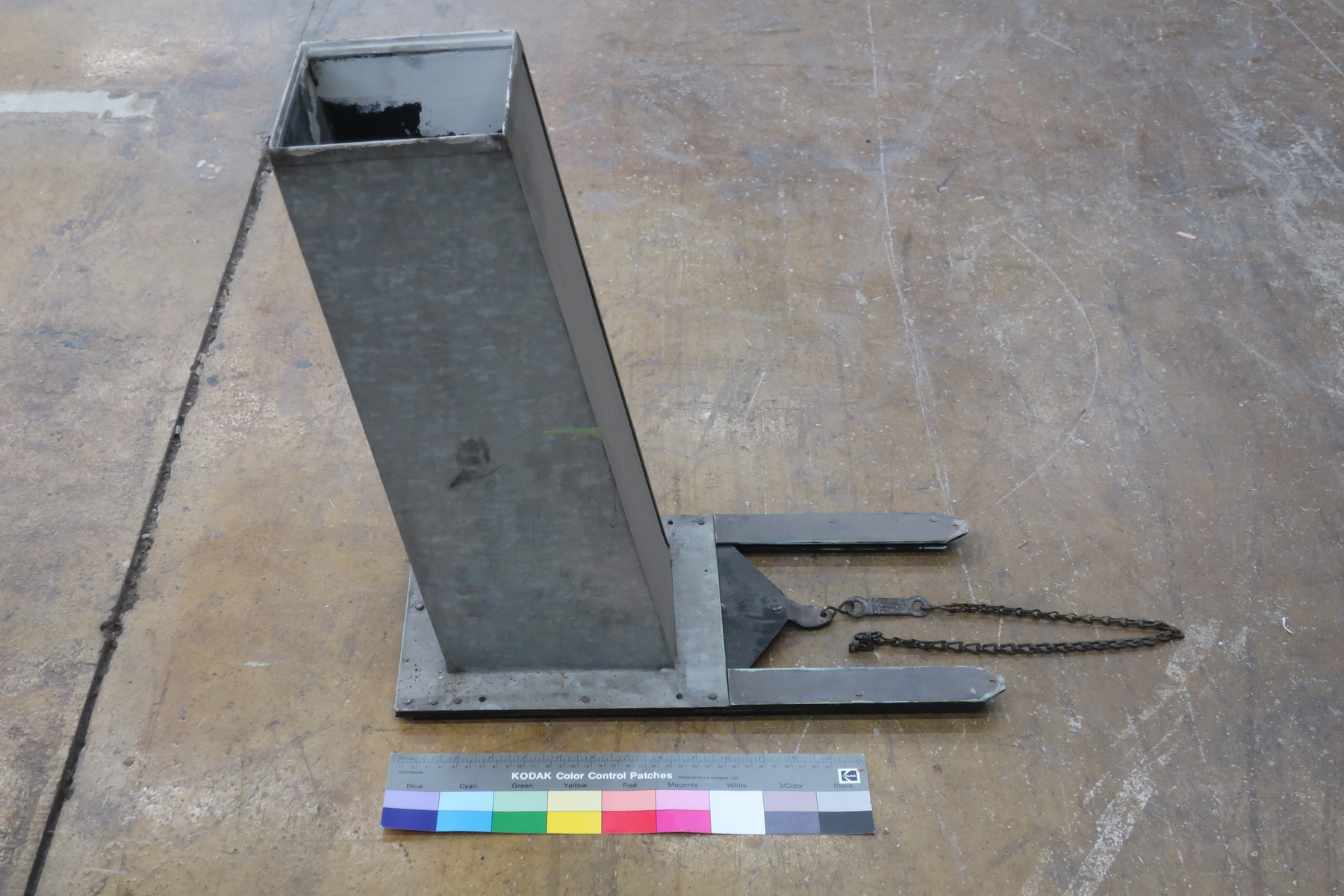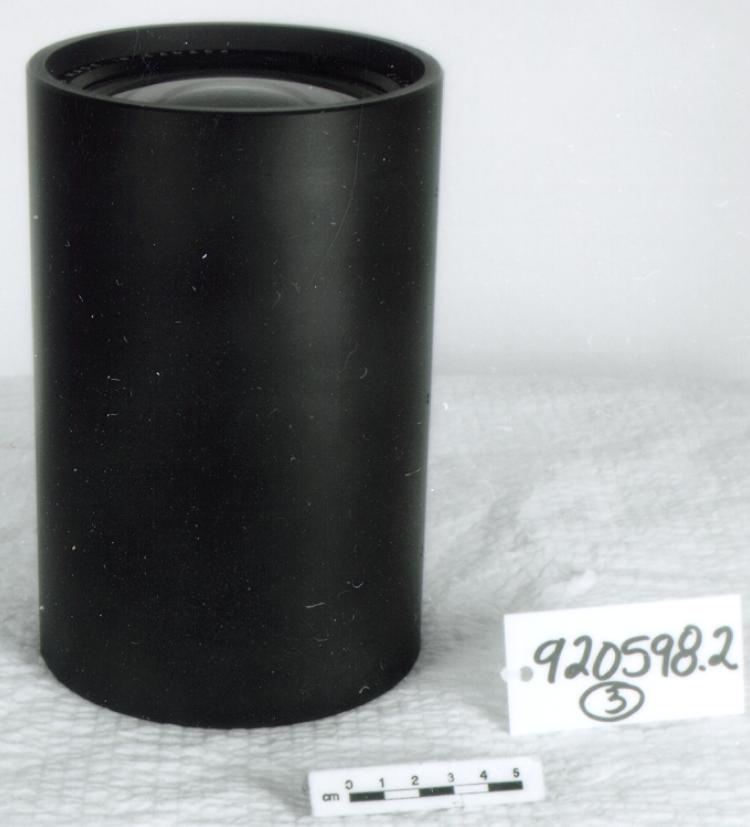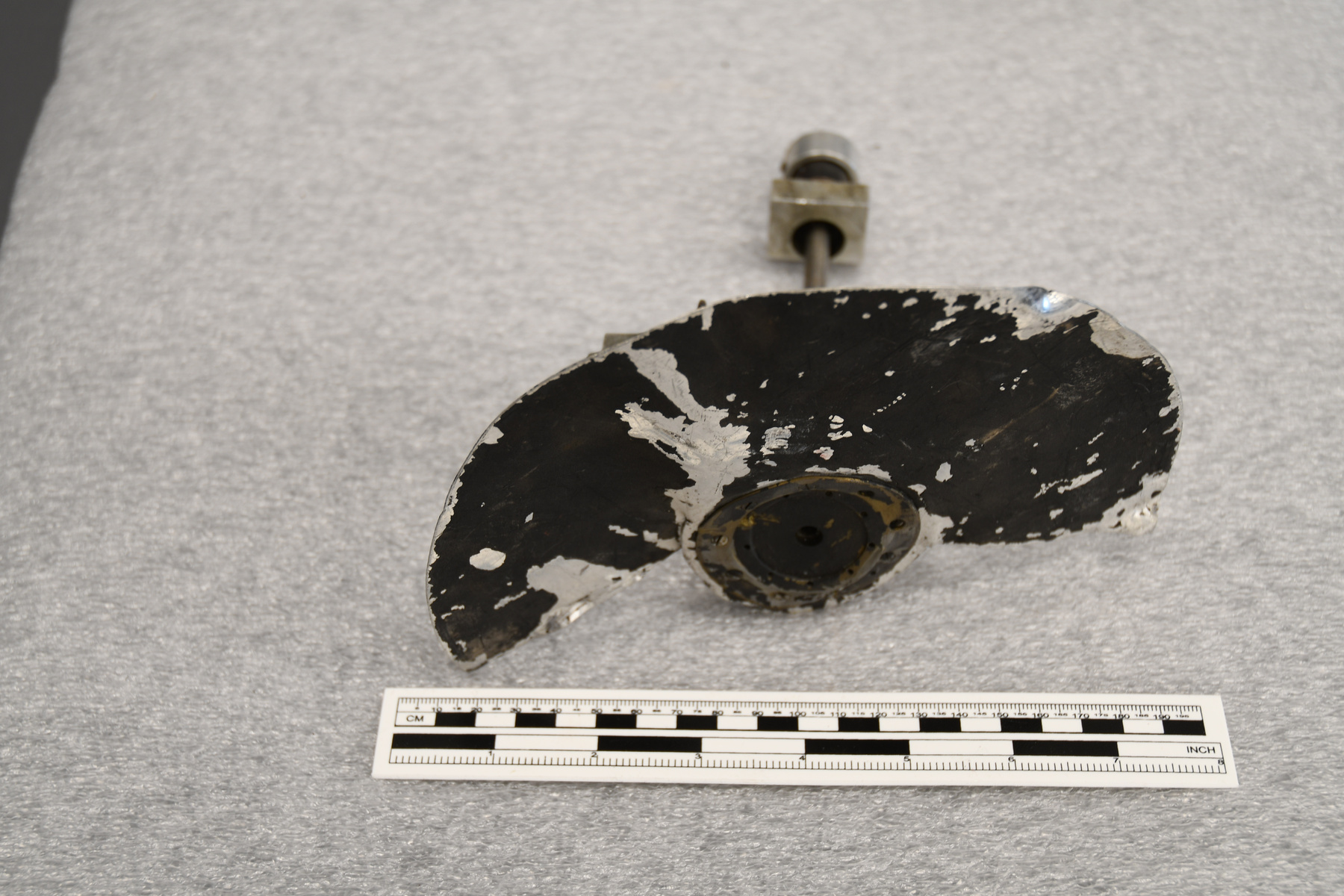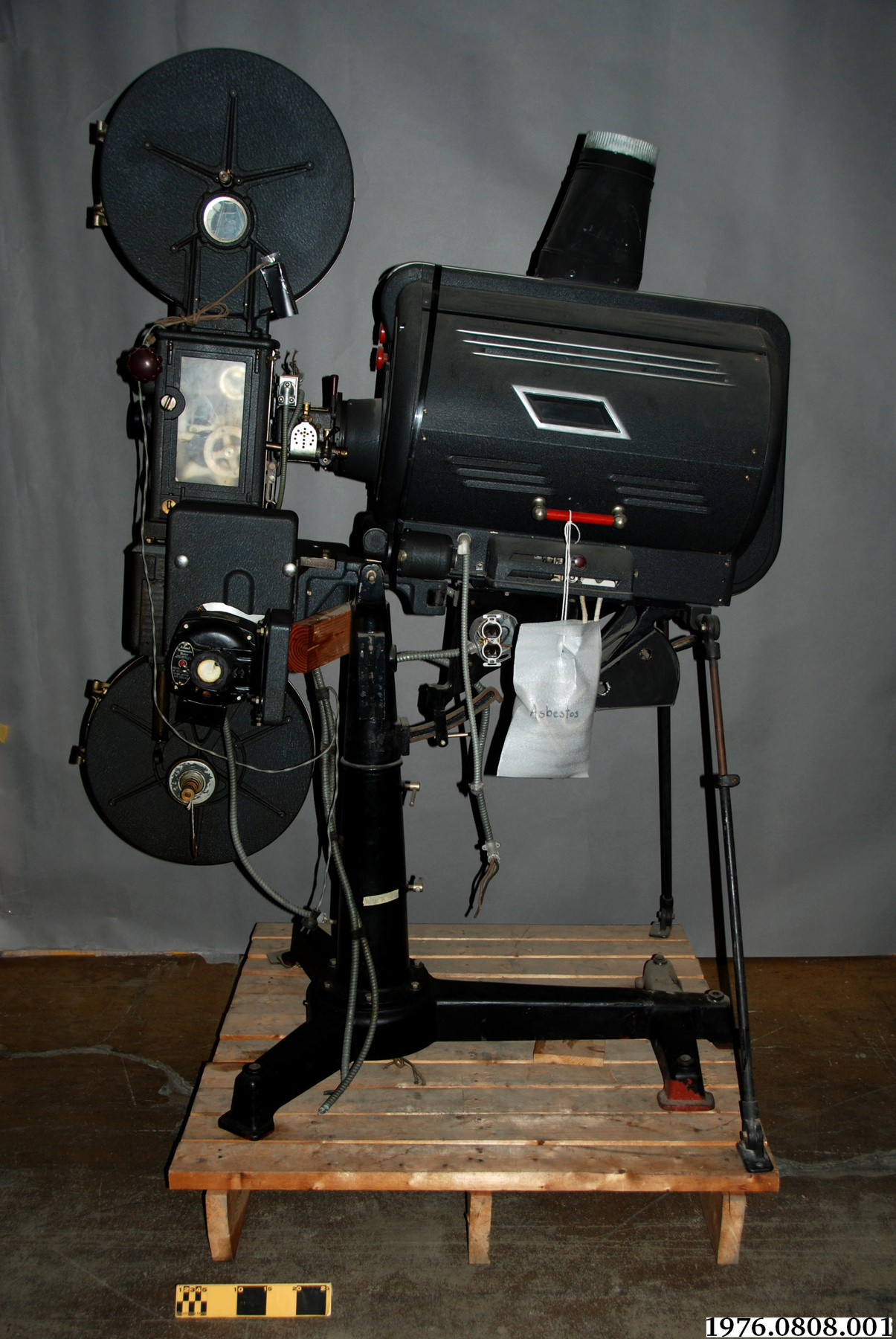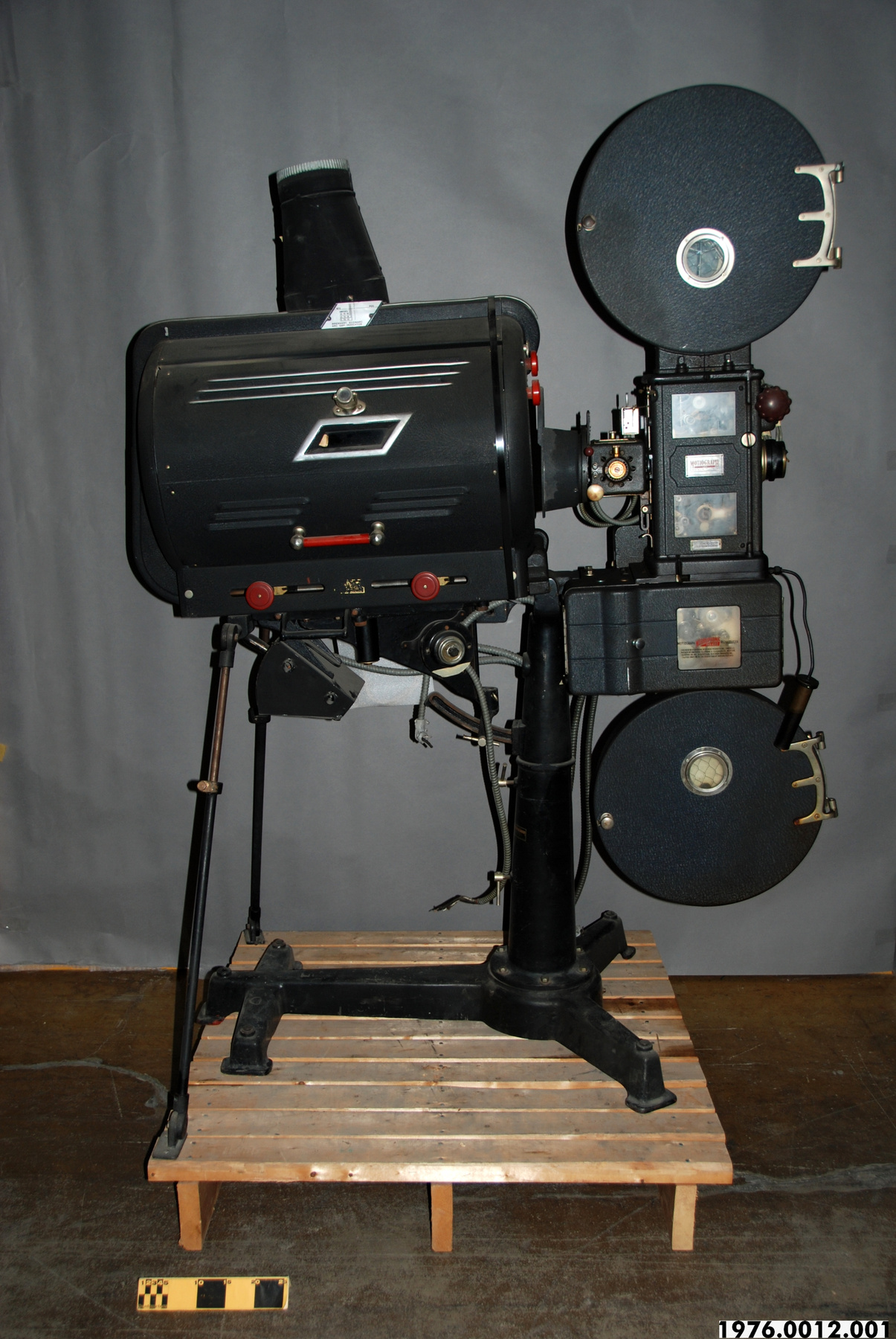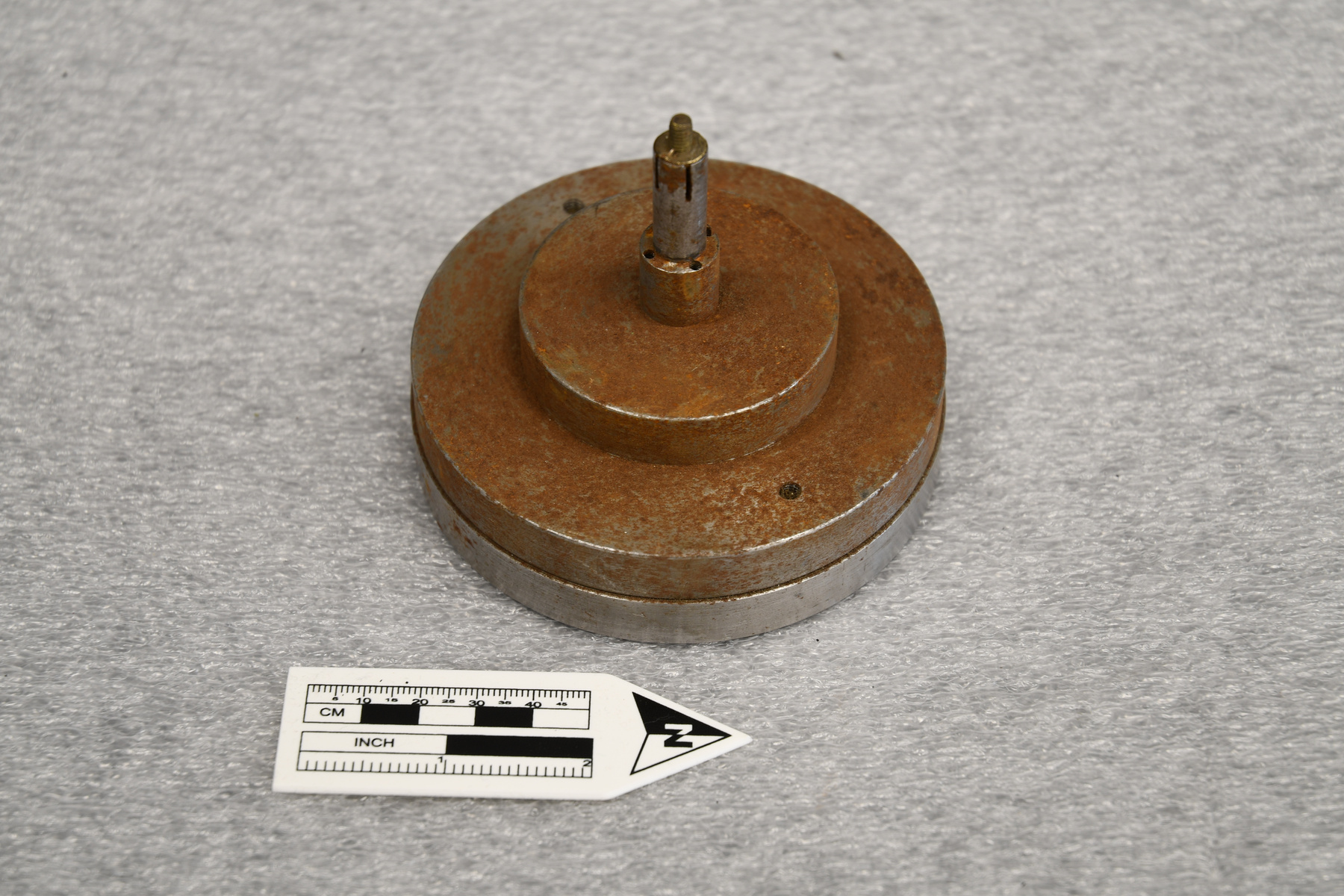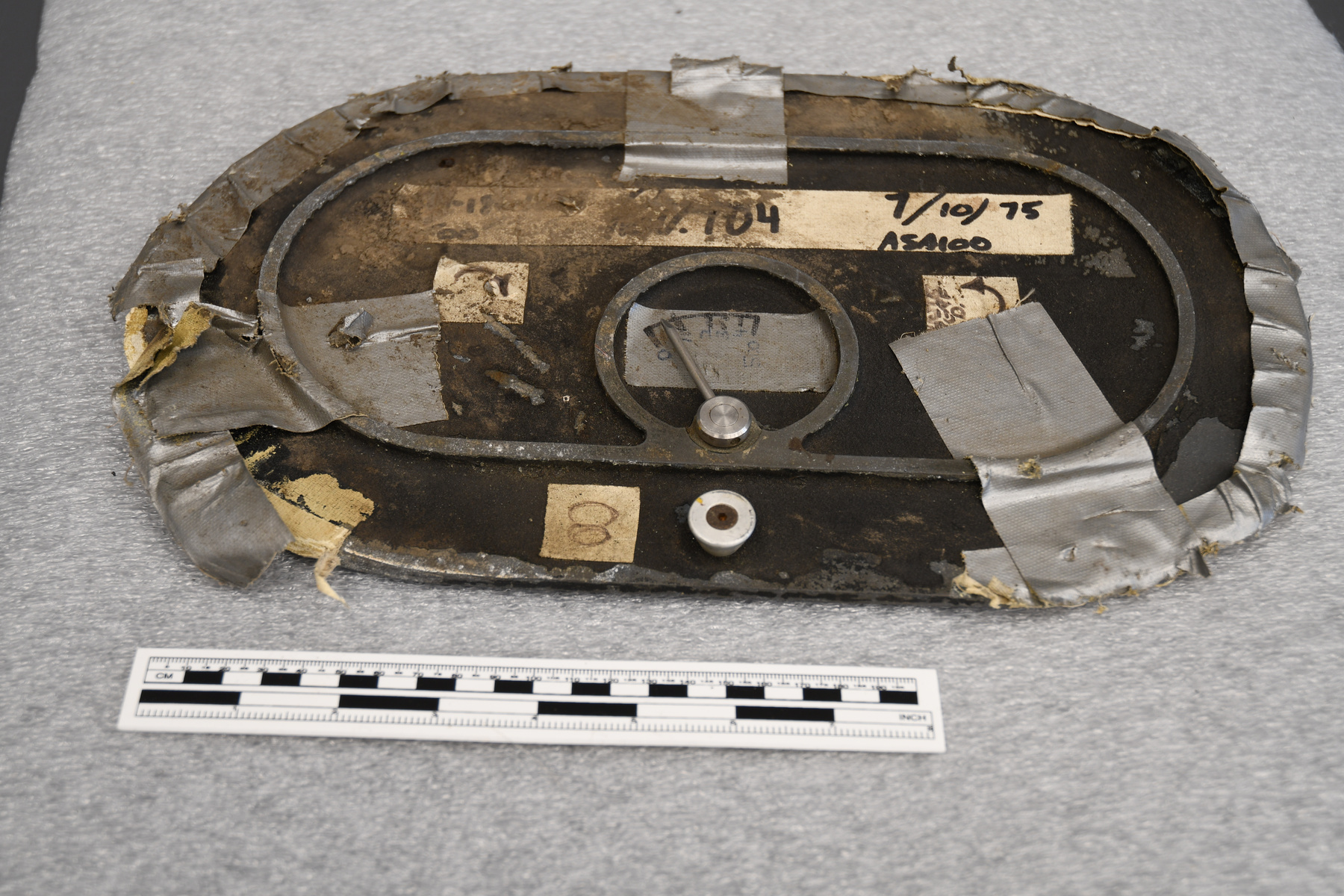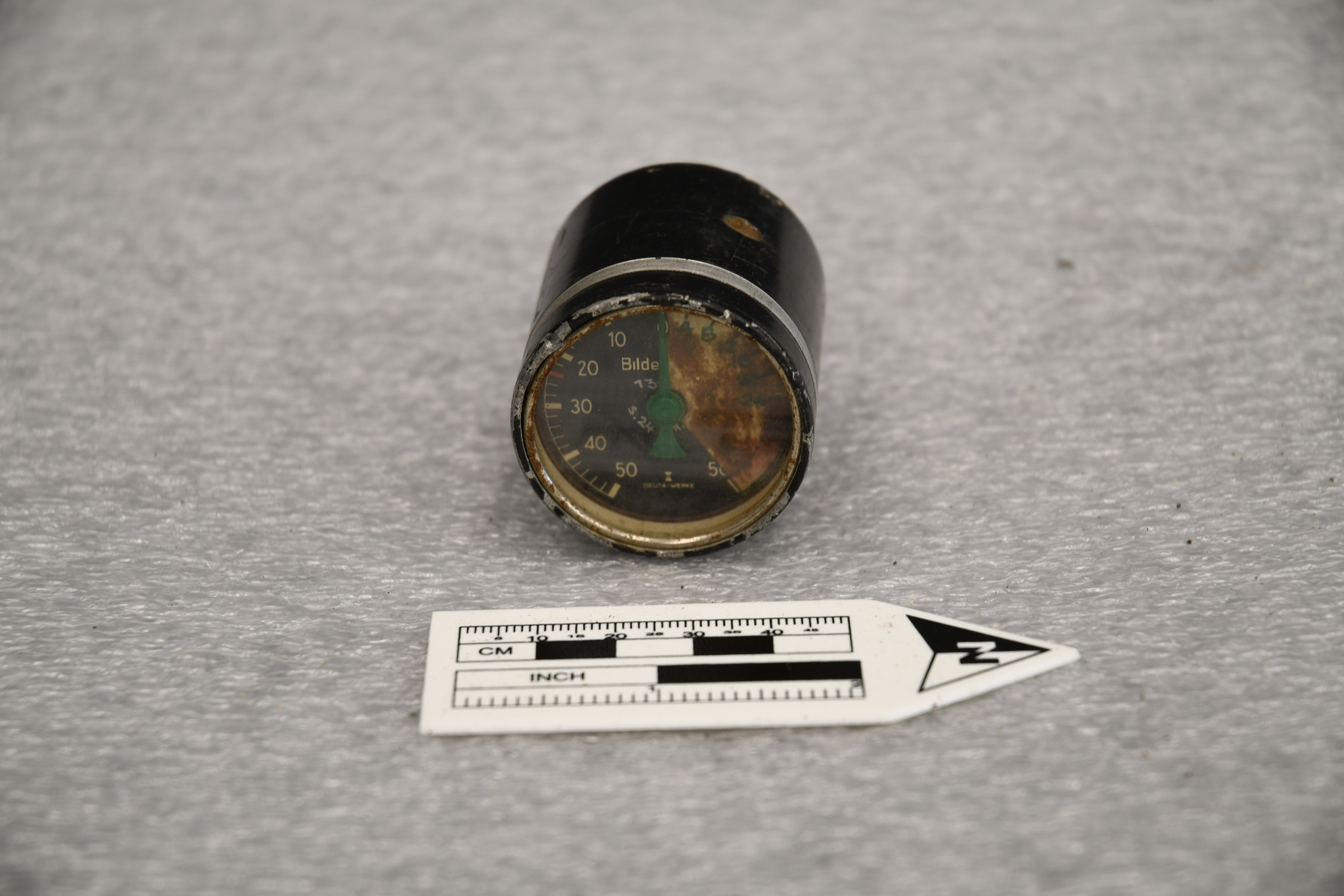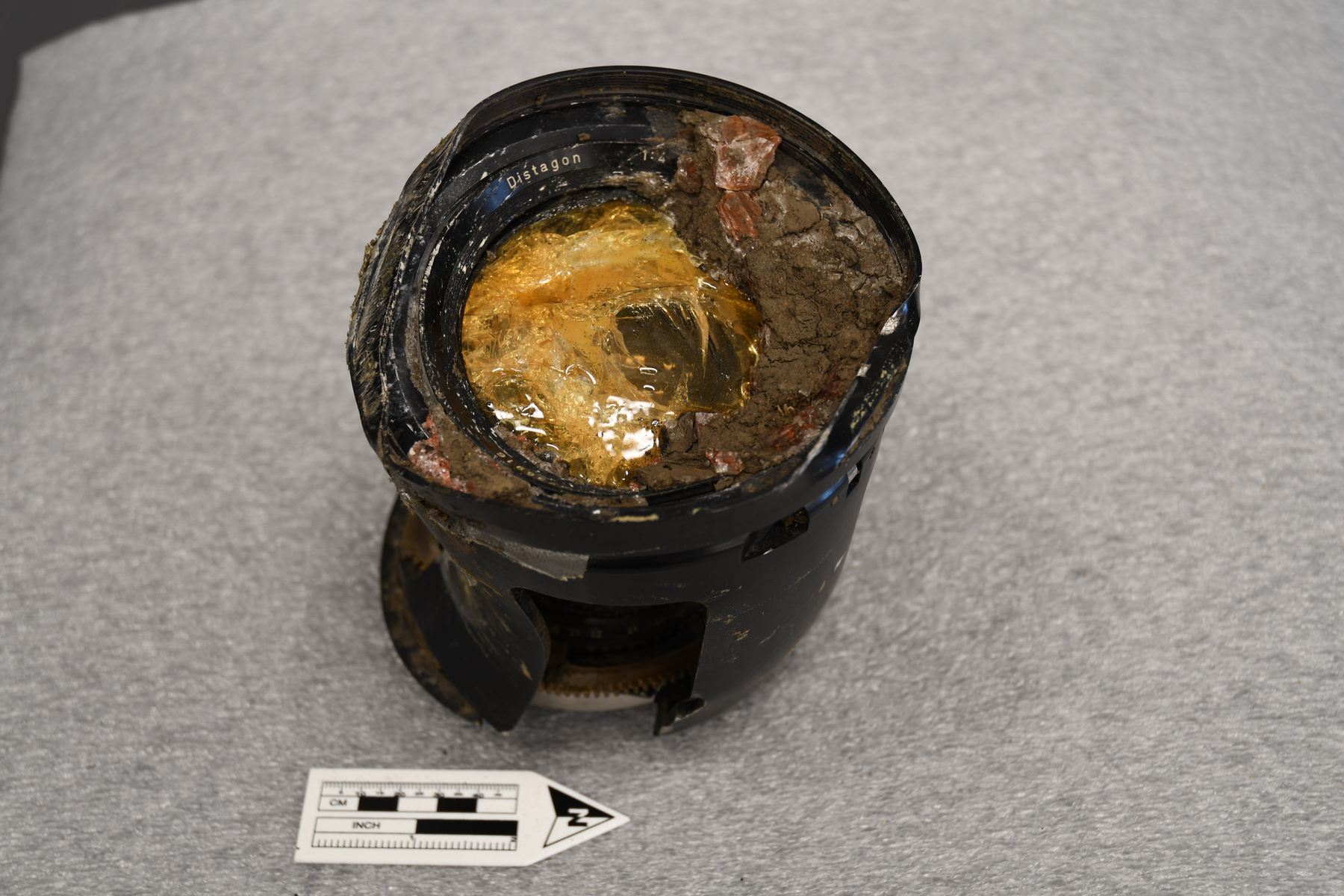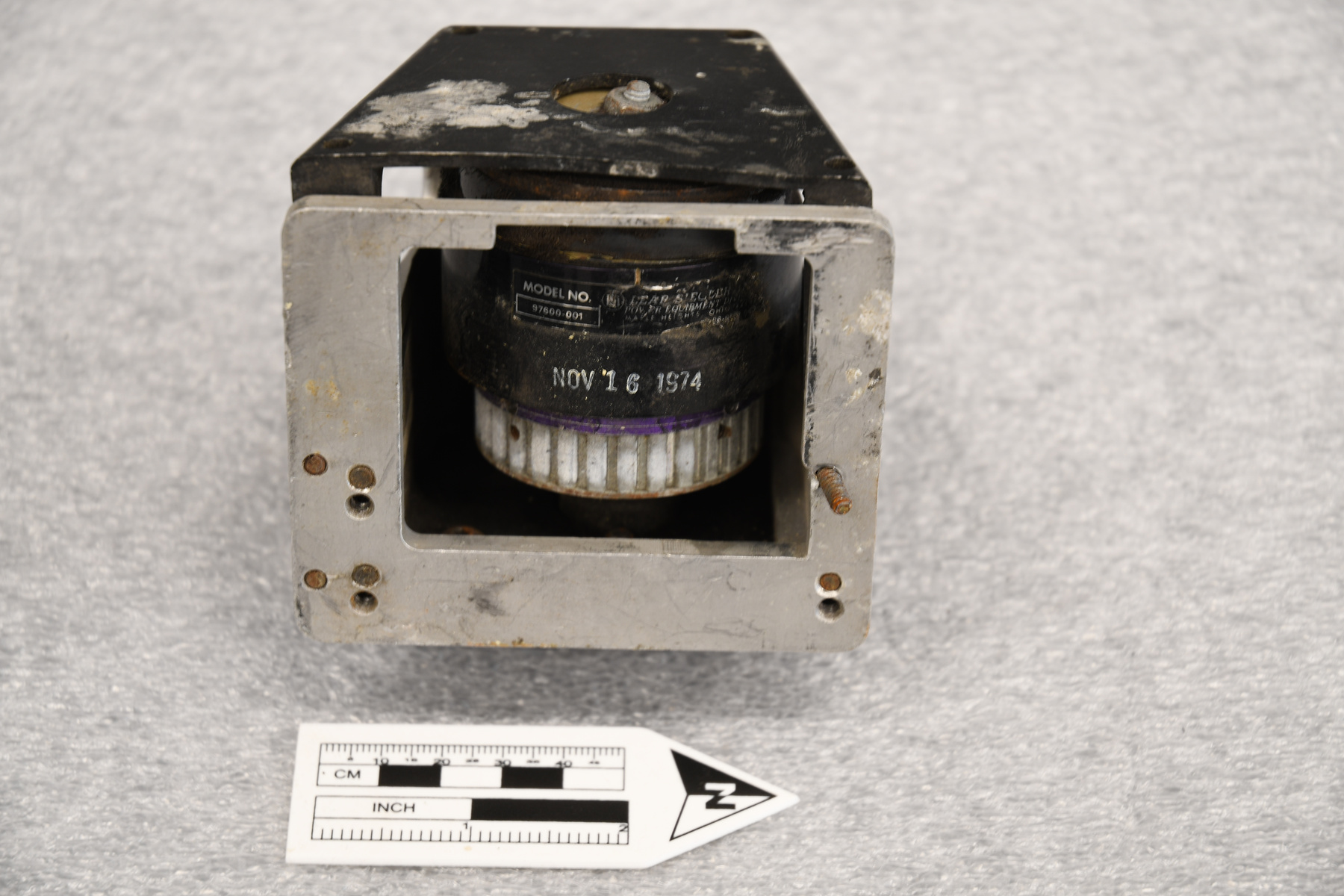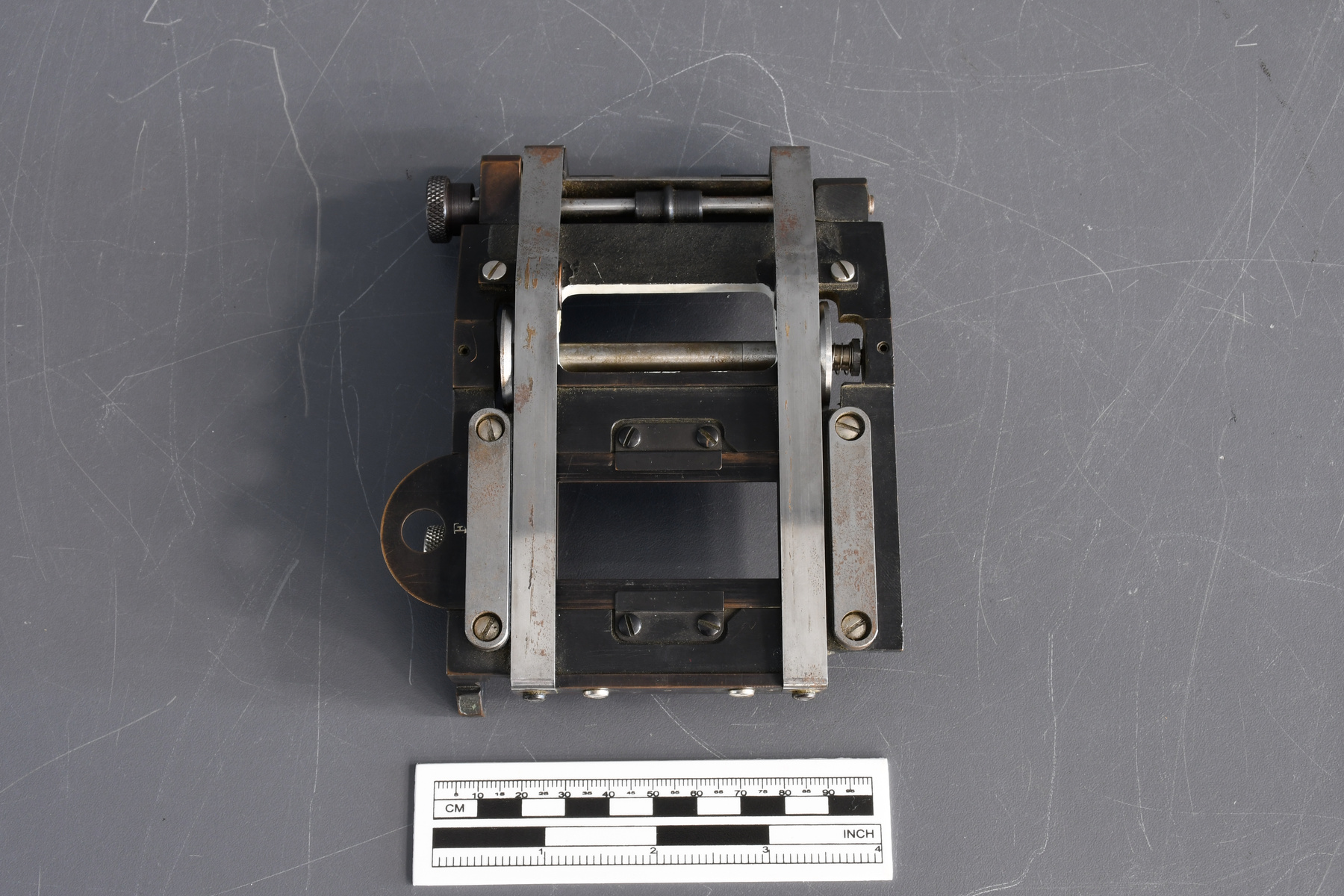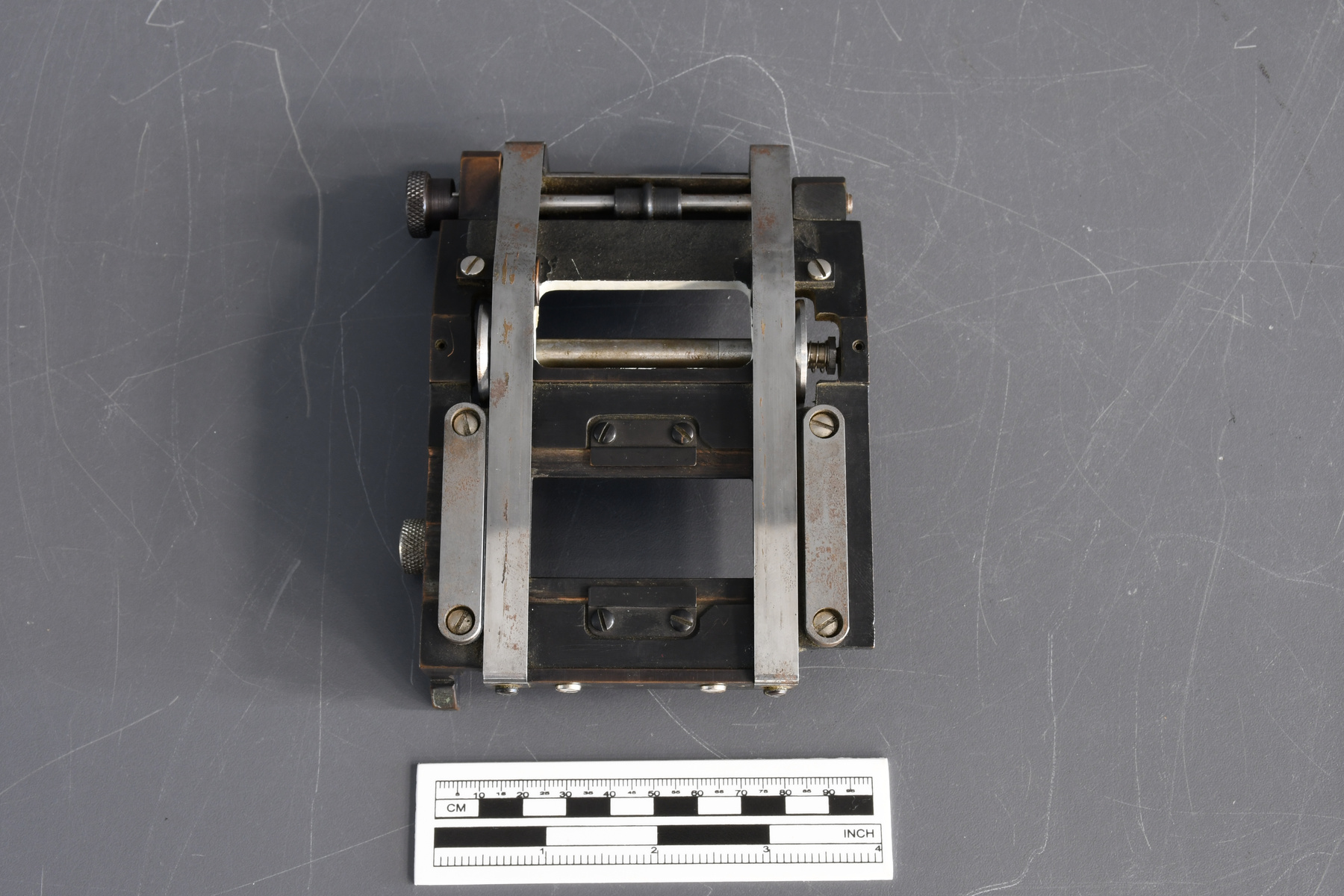Gate, film
Use this image
Can I reuse this image without permission? Yes
Object images on the Ingenium Collection’s portal have the following Creative Commons license:
Copyright Ingenium / CC BY-NC-ND (Attribution-NonCommercial 4.0 International (CC BY-NC 4.0)
ATTRIBUTE THIS IMAGE
Ingenium,
2011.0310.006
Permalink:
Ingenium is releasing this image under the Creative Commons licensing framework, and encourages downloading and reuse for non-commercial purposes. Please acknowledge Ingenium and cite the artifact number.
DOWNLOAD IMAGEPURCHASE THIS IMAGE
This image is free for non-commercial use.
For commercial use, please consult our Reproduction Fees and contact us to purchase the image.
- OBJECT TYPE
- N/A
- DATE
- 1970–1980
- ARTIFACT NUMBER
- 2011.0310.006
- MANUFACTURER
- Century Projector Corp.
- MODEL
- 313
- LOCATION
- New York, New York, United States of America
More Information
General Information
- Serial #
- N/A
- Part Number
- 6
- Total Parts
- 12
- AKA
- N/A
- Patents
- N/A
- General Description
- Metal film gate.
Dimensions
Note: These reflect the general size for storage and are not necessarily representative of the object's true dimensions.
- Length
- 13.7 cm
- Width
- 10.7 cm
- Height
- 4.1 cm
- Thickness
- N/A
- Weight
- N/A
- Diameter
- N/A
- Volume
- N/A
Lexicon
- Group
- Photography
- Category
- Cine images
- Sub-Category
- N/A
Manufacturer
- AKA
- Century
- Country
- United States of America
- State/Province
- New York
- City
- New York
Context
- Country
- Canada
- State/Province
- Unknown
- Period
- ca. 1970-1980
- Canada
-
For decades after its founding in 1941 the National Film Board was Canada’s largest centre for the production of films, the training of filmmakers, and the development of new film technology. Unlike the CBC, much of whose production was broadcast live, recorded on video tape, purchased from other sources, or limited to ephemeral news films, the NFB was dedicated to the production of original films for exhibition largely in the film medium. Due to its freedom from commercial pressures, its large permanent staff and its possession of its own studios and laboratories, the NFB was able to maintain high technical standards and encourage technical and stylistic innovation by its staff. From the early 1950s through the early 1960s, the National Film Board enjoyed a "golden age" with a string of award-winning documentaries and innovative animated films. Expo 67 and the NFB's showcase Labyrinth pavilion marked the apogee of the institution's political and financial fortunes. By the end of the 1960s, however, there was growing public and political disenchantment with the NFB over unsuccessful forays into feature films, a number of controversial documentaries and a decline in its output of educational and sponsored factual films. Over the next two decades, the federal government promoted the development of a commercial film industry by taking away the NFB's lucrative sponsored work (done for government departments) and providing grants and tax incentives for privately produced feature films. Henceforth the Board would increasingly limit itself to research and experimentation, the training of young filmmakers, and provision of technical and distribution services for independent producers. Board staff produced a steady supply of award-winning documentaries, dramas and animated films through the 1970s and 1980s, yet its role within the Canadian film landscape was steadily diminishing. In the last two decades, it has sharpened its focus on “social issue documentaries, auteur animation and alternative dramas” and has brought its distribution system into the digital age. Increasingly, its films are realized through a diverse range of community-based projects, programs for emerging filmmakers, and joint productions with independent producers and directors. - Function
-
A device used in a film projector that holds the film stable as it travels and allows light hit the film through a rectangular opening. - Technical
-
This projector is capable of showing both 35mm and 70mm films. It appears to be a Century JJ model, which was common from the 1960s through the 1990s in movie theatres equipped for 70mm films as well as the standard 35mm prints. Releases in this large format were generally limited to a few widescreen Hollywood blockbusters per year and periodic spectacles at world fairs and the like. This example, housed in the main theatre at NFB headquarters, is equipped with a magnetic sound head (or “penthouse”) for reproducing soundtracks carried on magnetically striped film. The light source is a Strong X-60 lamp house equipped with a xenon lamp. Invented in Germany in the 1930s, xenon lamps matched carbon arc lamps in intensity and spectral characteristics but were maintenance free and clean operating. The first xenon installation in North America was in 1961. The NFB’s Labyrinth pavilion at Expo ’67 included two xenon-illuminated Century JJ-3 machines for projecting 70mm images. These were specially modified machines, however, and it is unlikely that this example is one of them. Gerald Graham’s history of NFB technical developments mentions a pair of 70mm projectors in the board’s main theatre that were used in the mid-1970s to evaluate footage for a widescreen 3-D demonstration film. This example is likely one of those and, in any event, represents the NFB’s ongoing institutional interest in the 70mm medium, which grew out of the Labyrinth project and would continue via co-productions with IMAX Corporation. Apart from our IMAX unit, we have no 70mm projectors in the collection. - Area Notes
-
Unknown
Details
- Markings
- Engraved in the side: "313"
- Missing
- Appears complete
- Finish
- Primarily black with some silver-coloured metal parts and a white painted area below the opening.
- Decoration
- N/A
CITE THIS OBJECT
If you choose to share our information about this collection object, please cite:
Century Projector Corp., Gate, film, circa 1970–1980, Artifact no. 2011.0310, Ingenium – Canada’s Museums of Science and Innovation, http://collection.ingeniumcanada.org/en/id/2011.0310.006/
FEEDBACK
Submit a question or comment about this artifact.
More Like This
